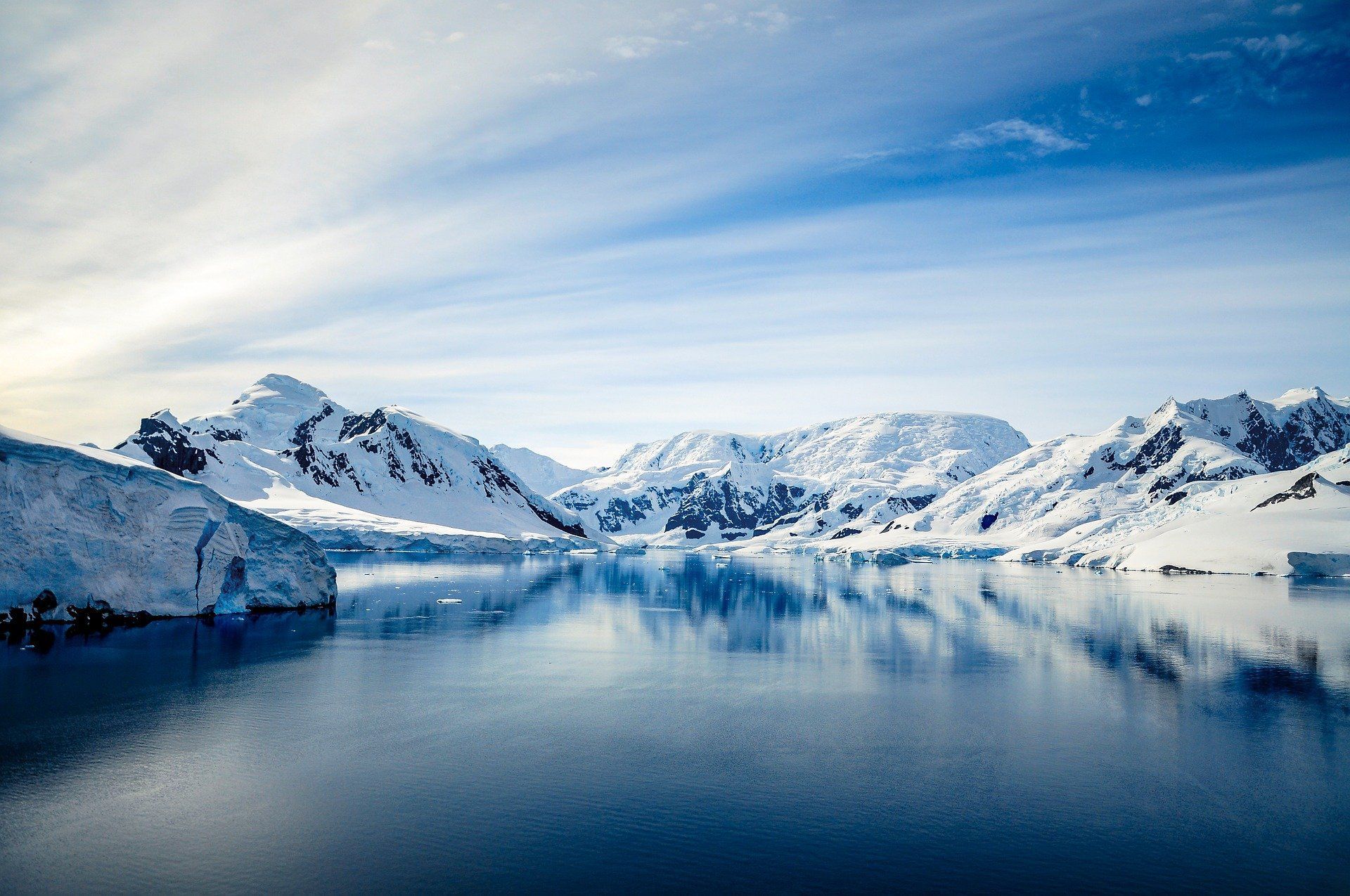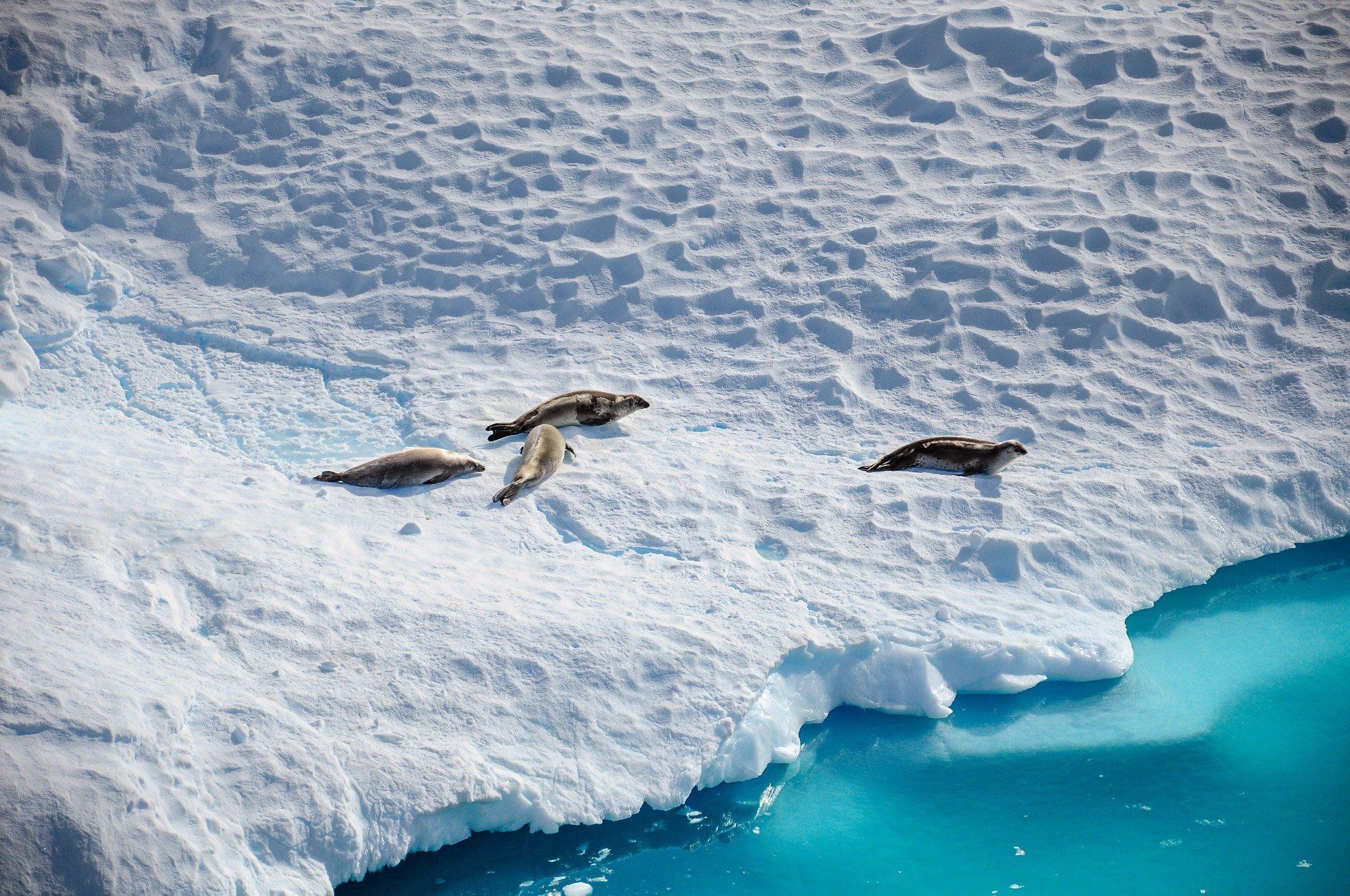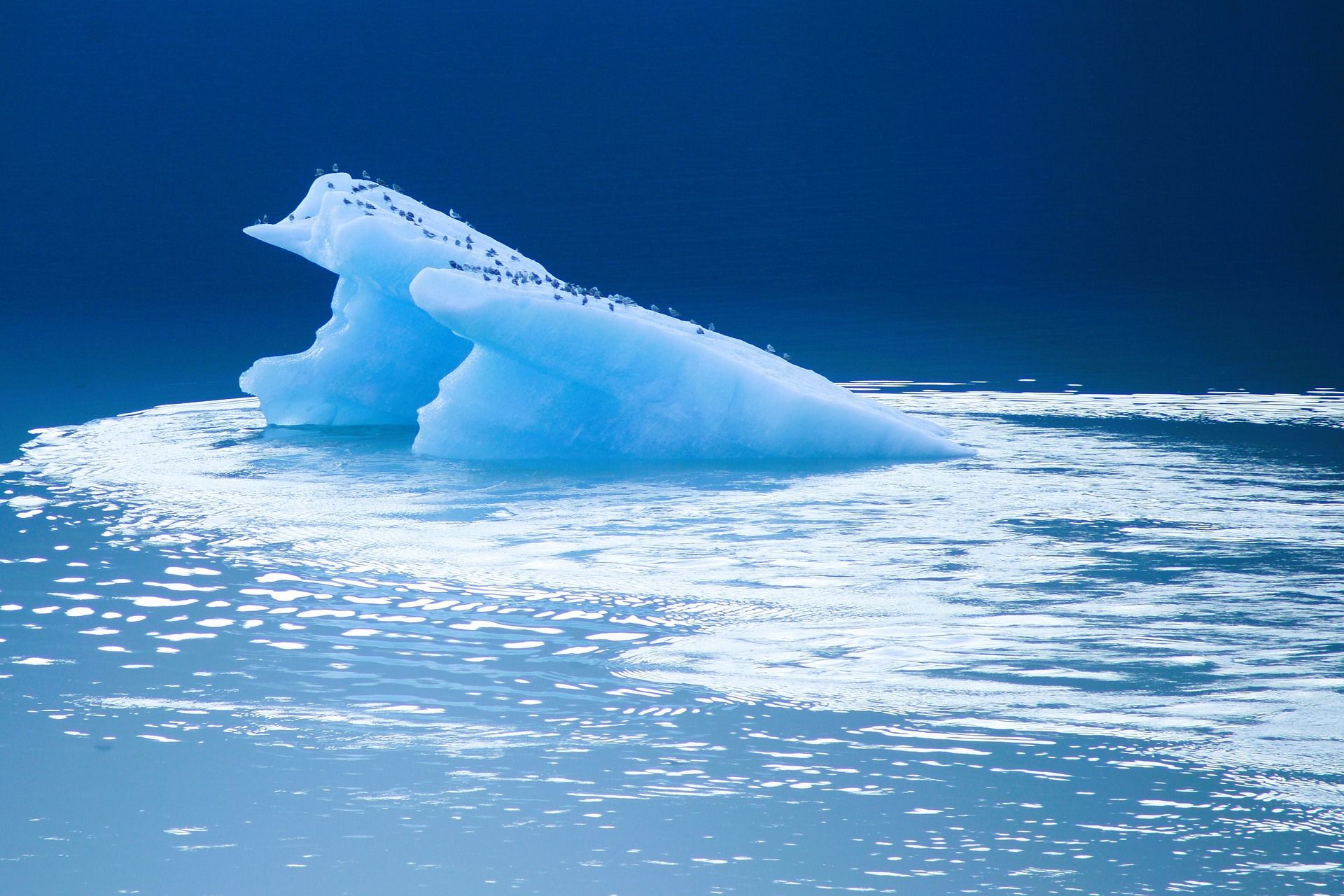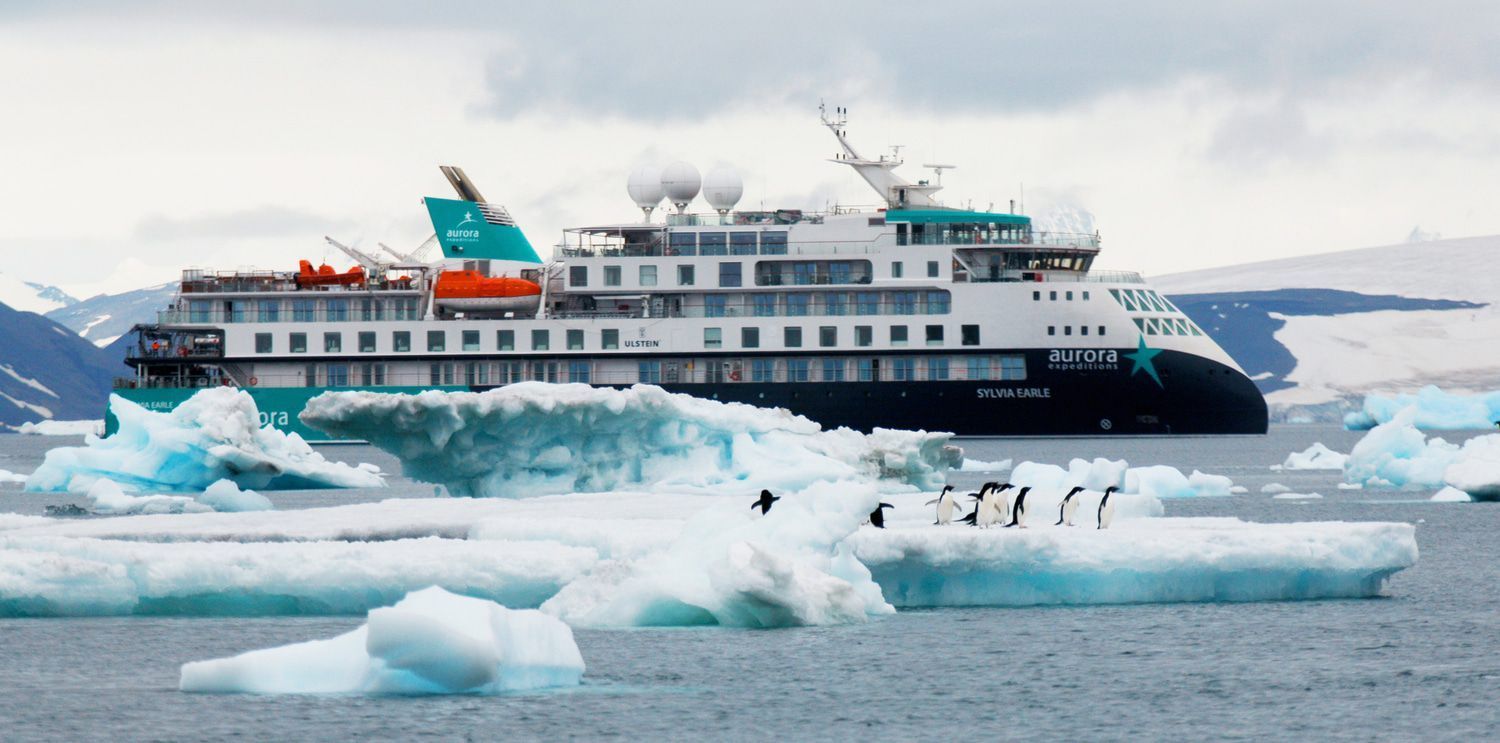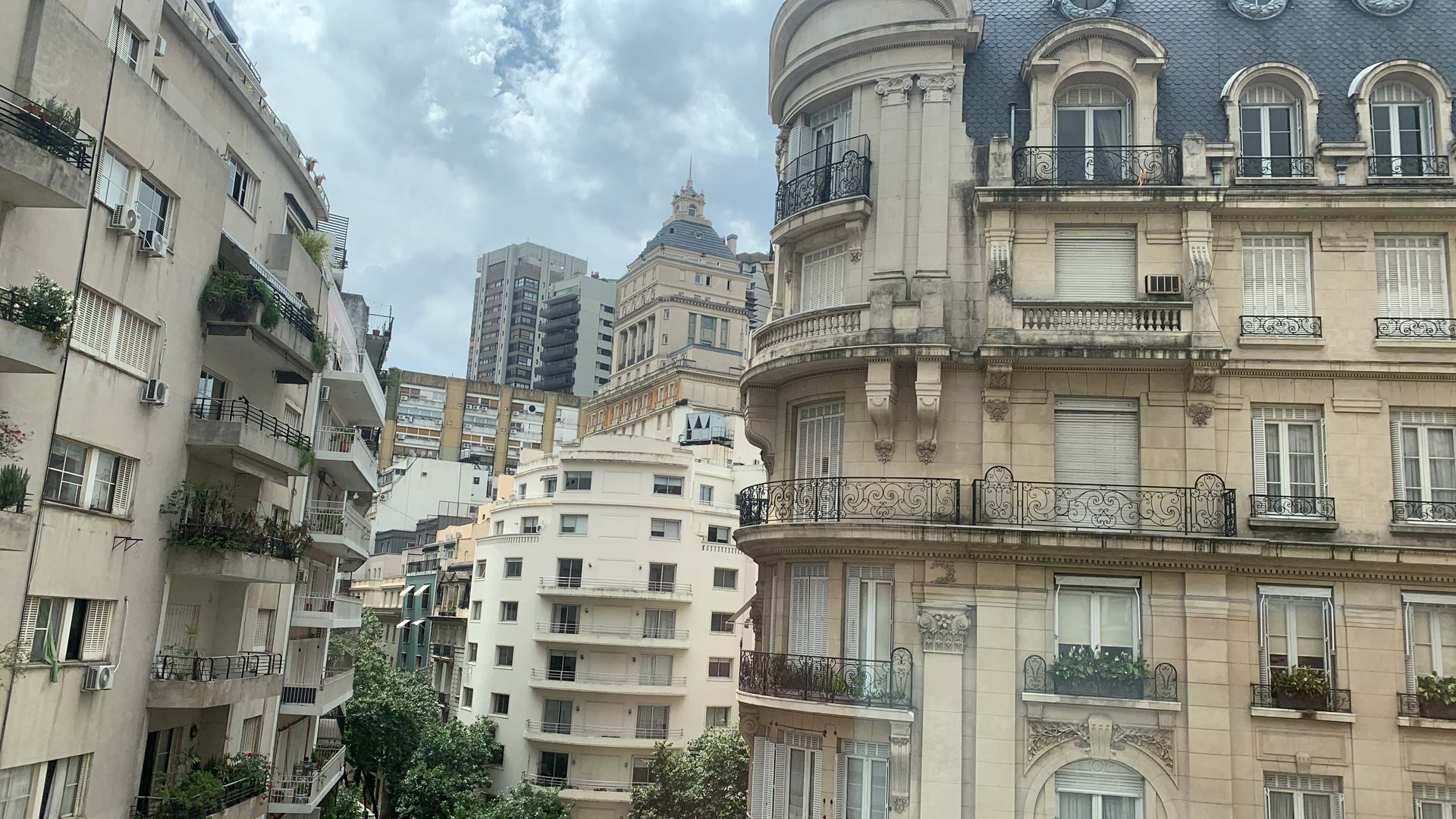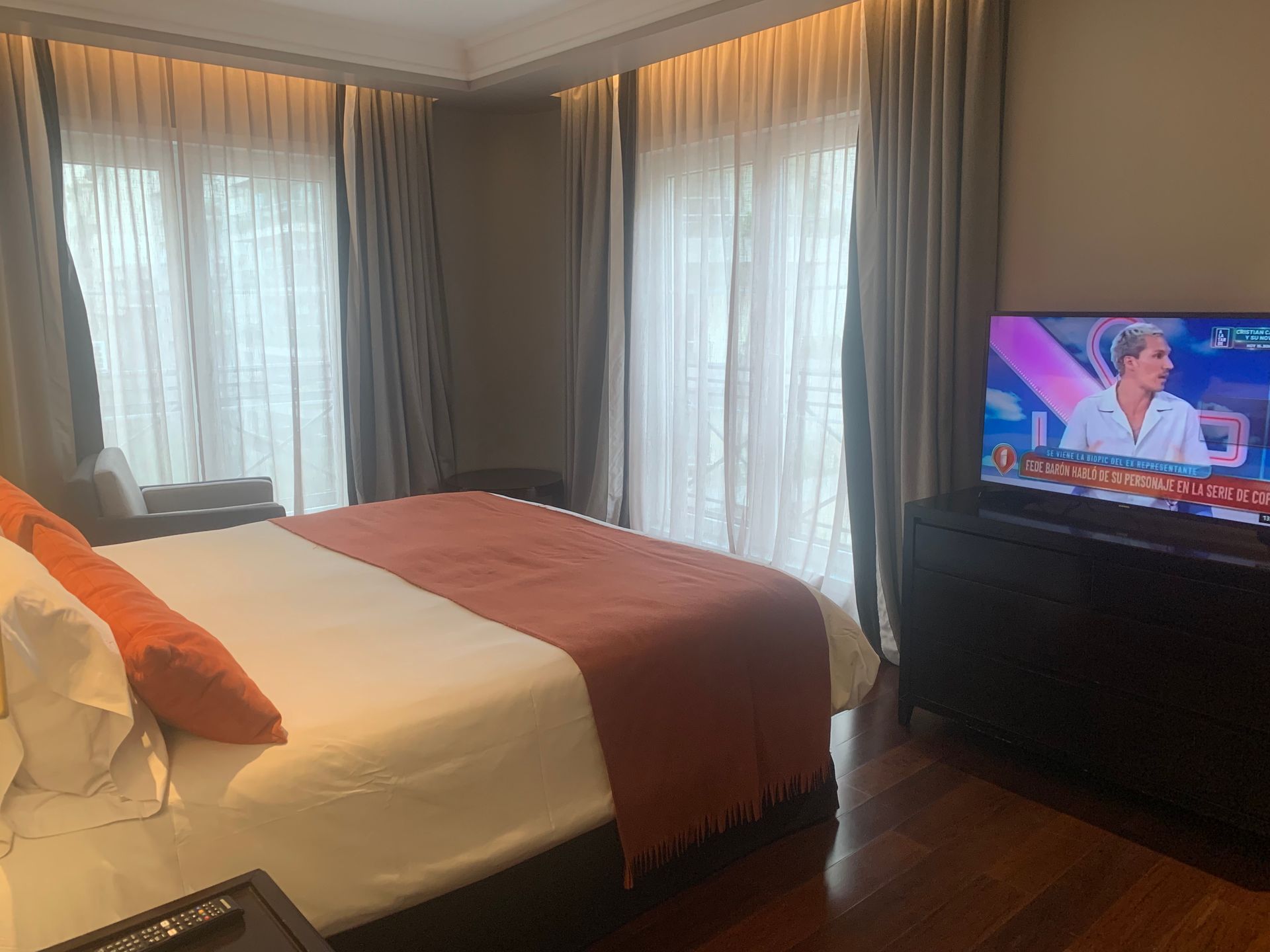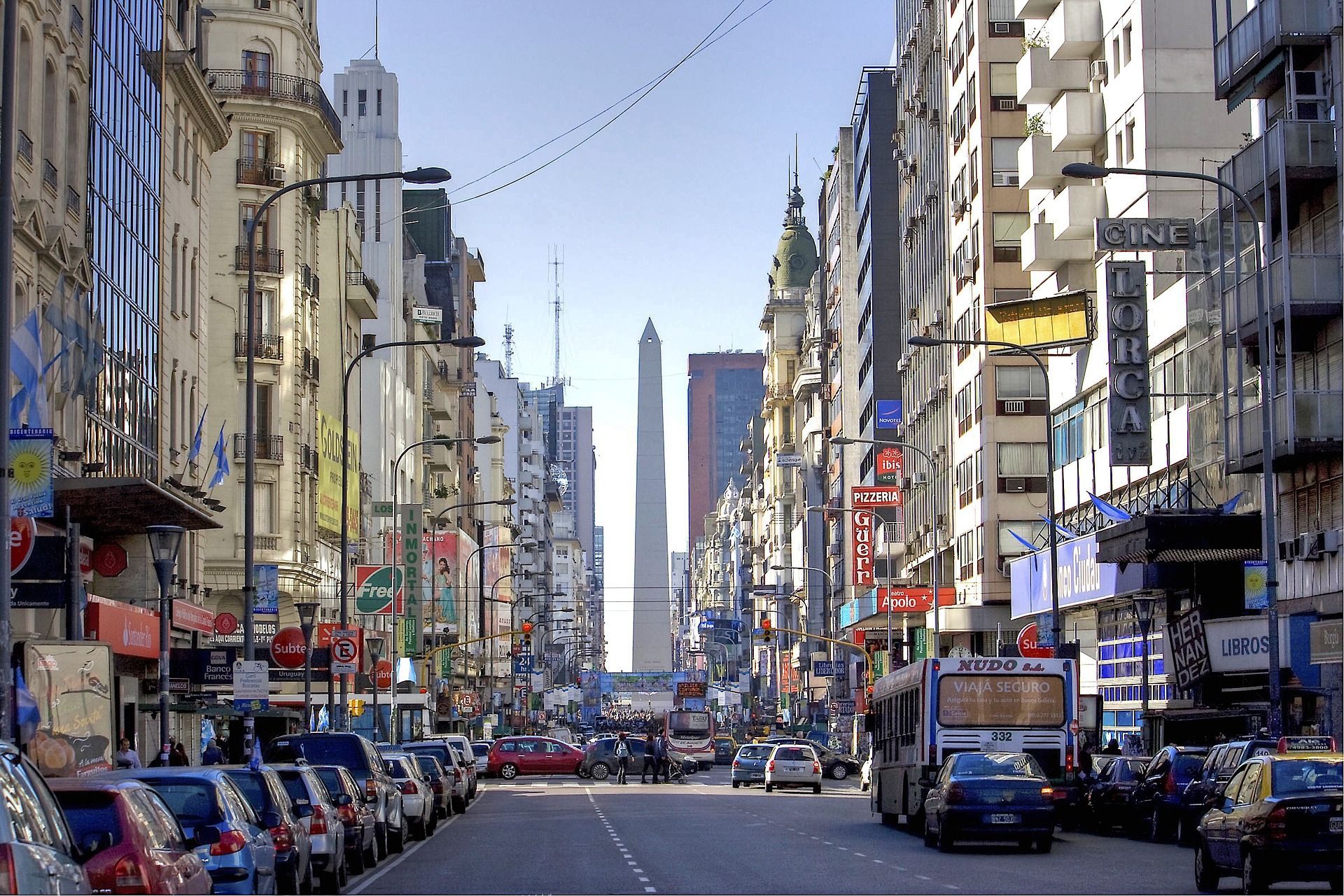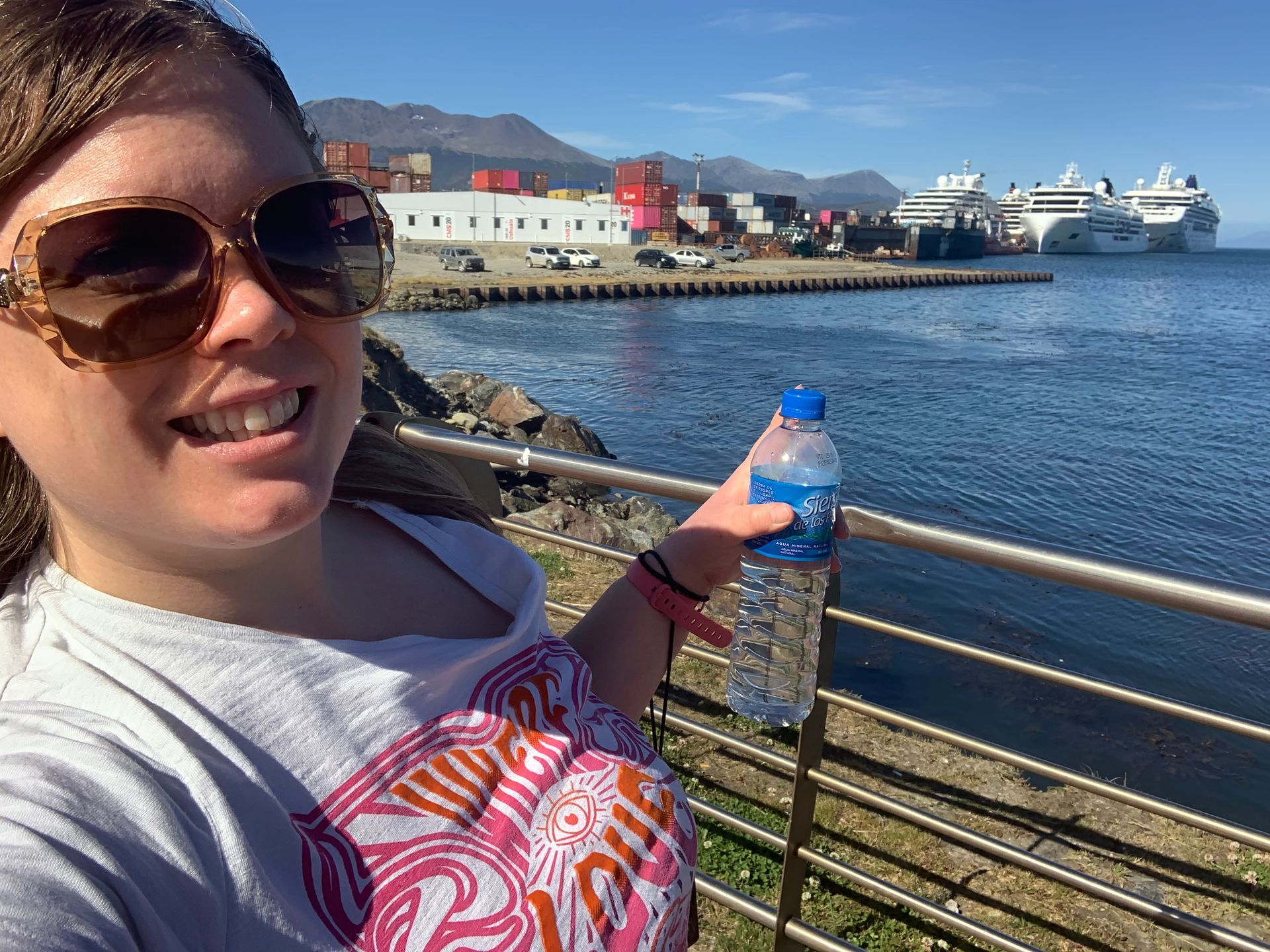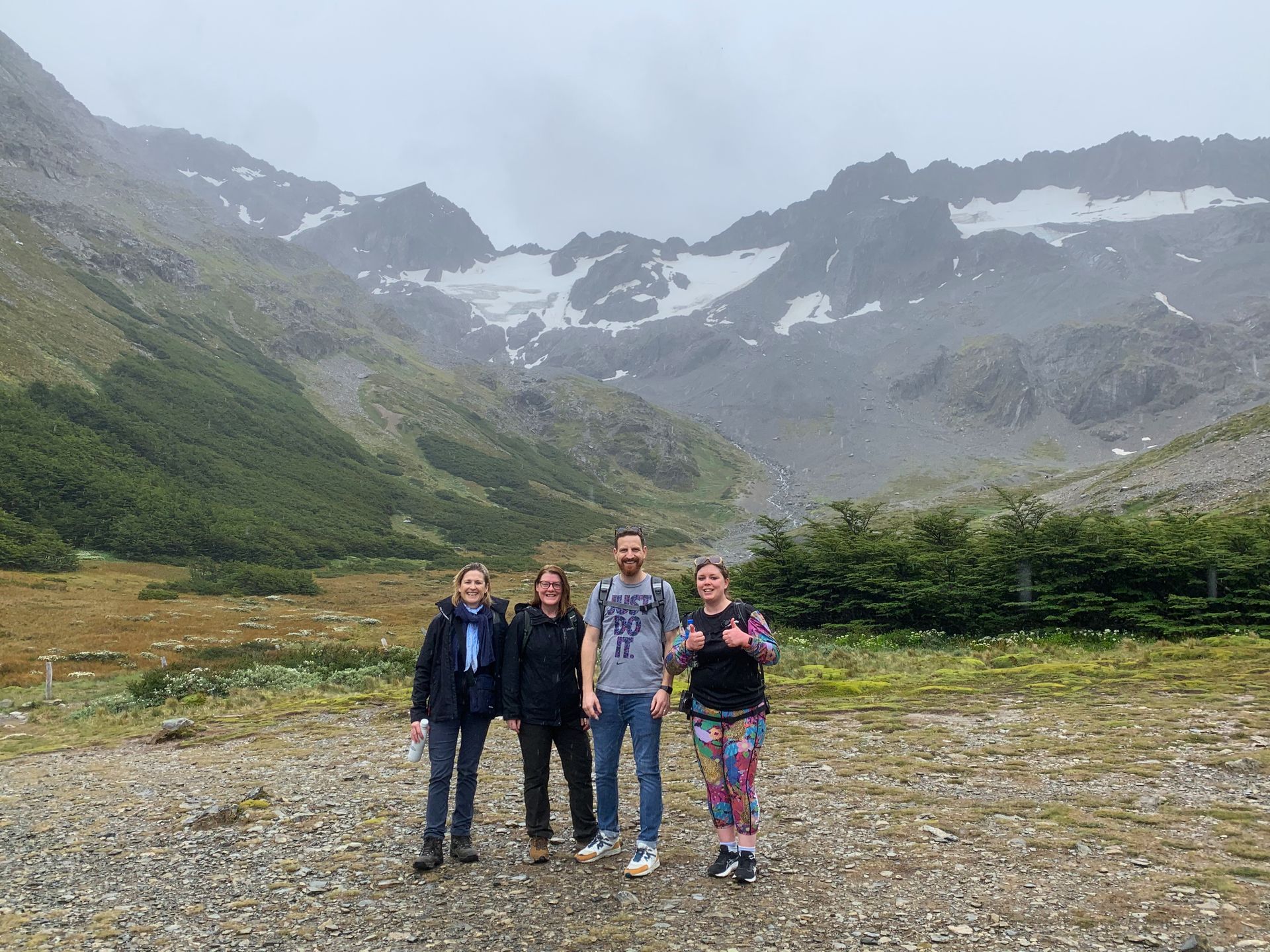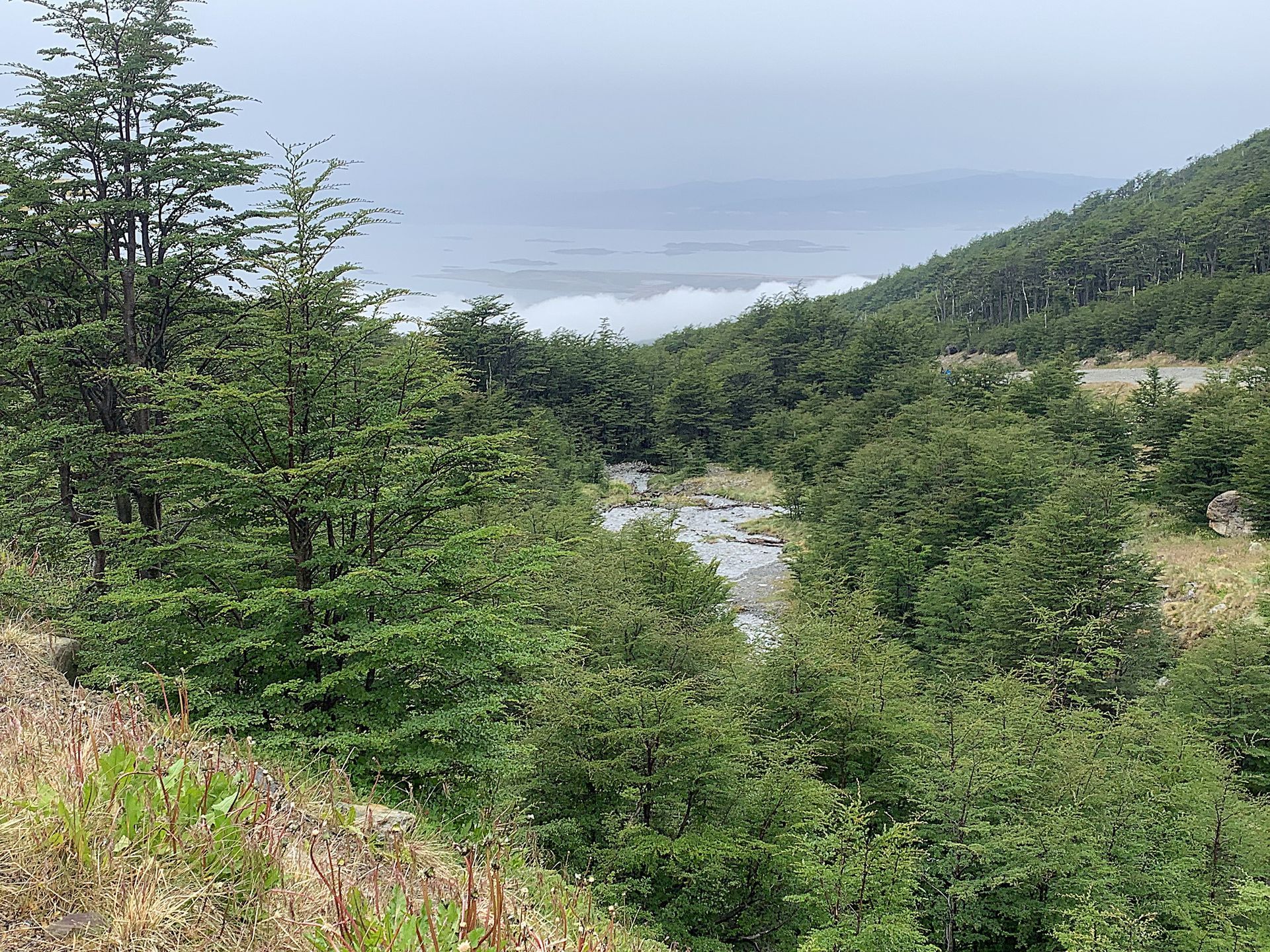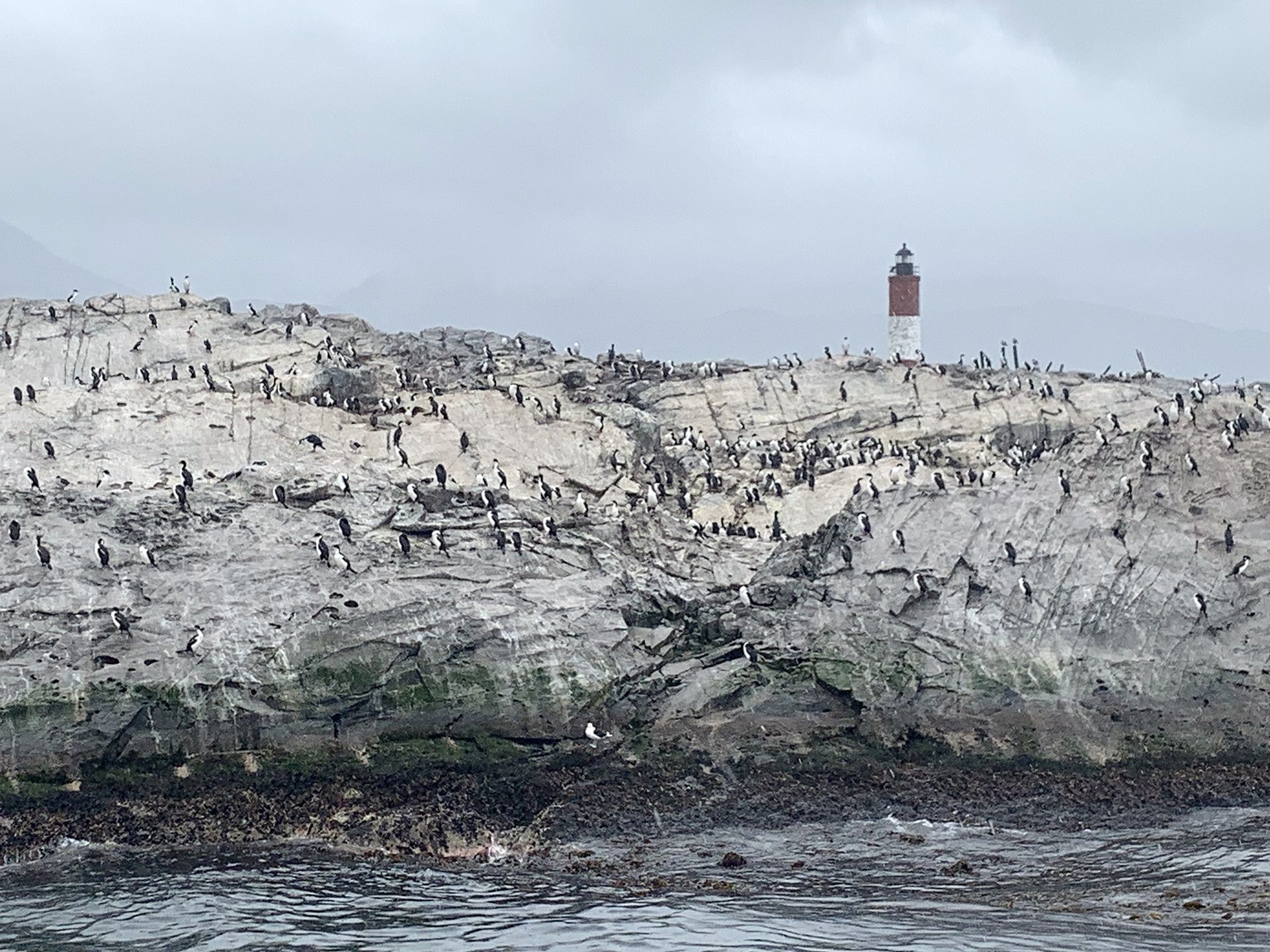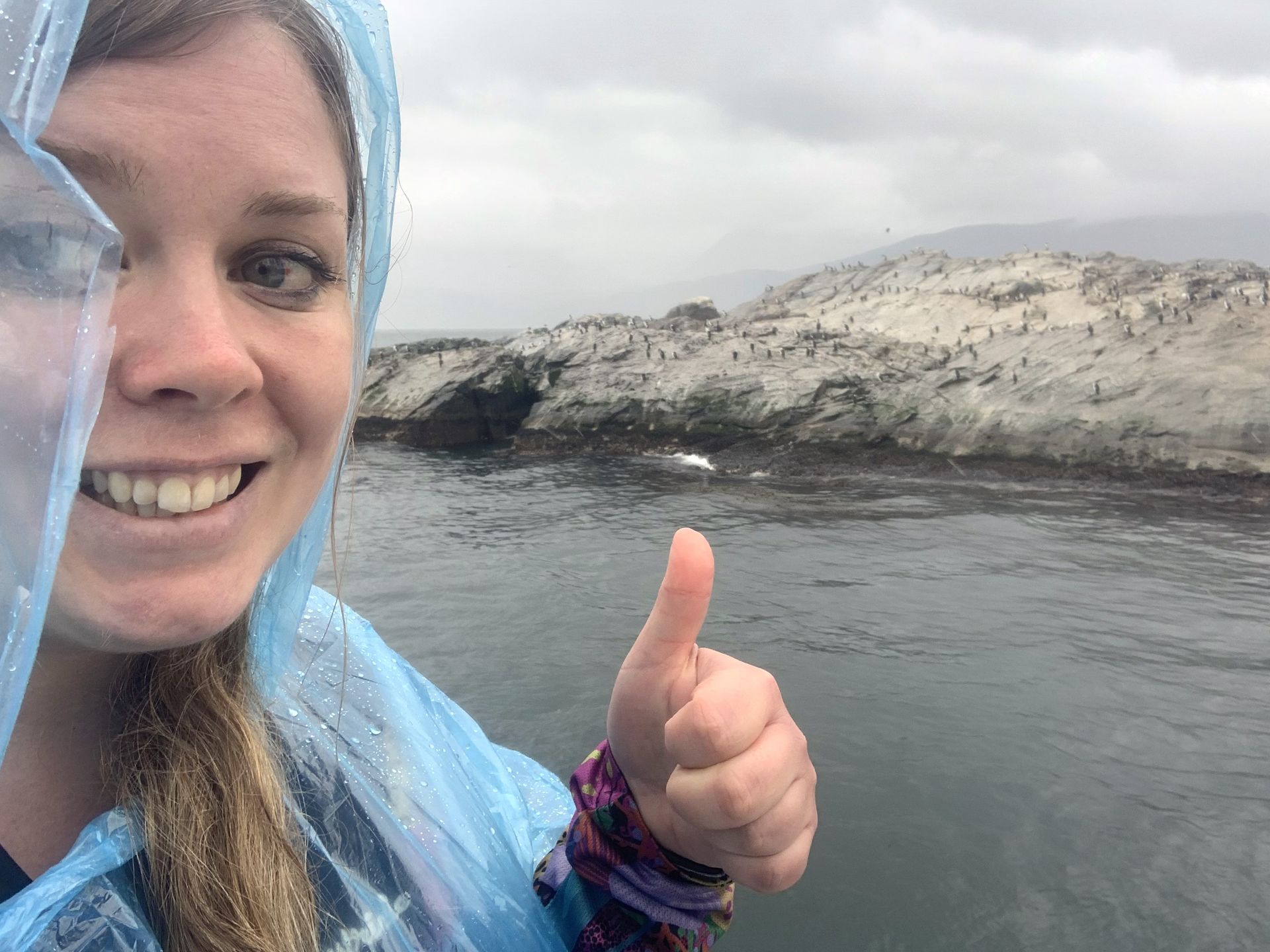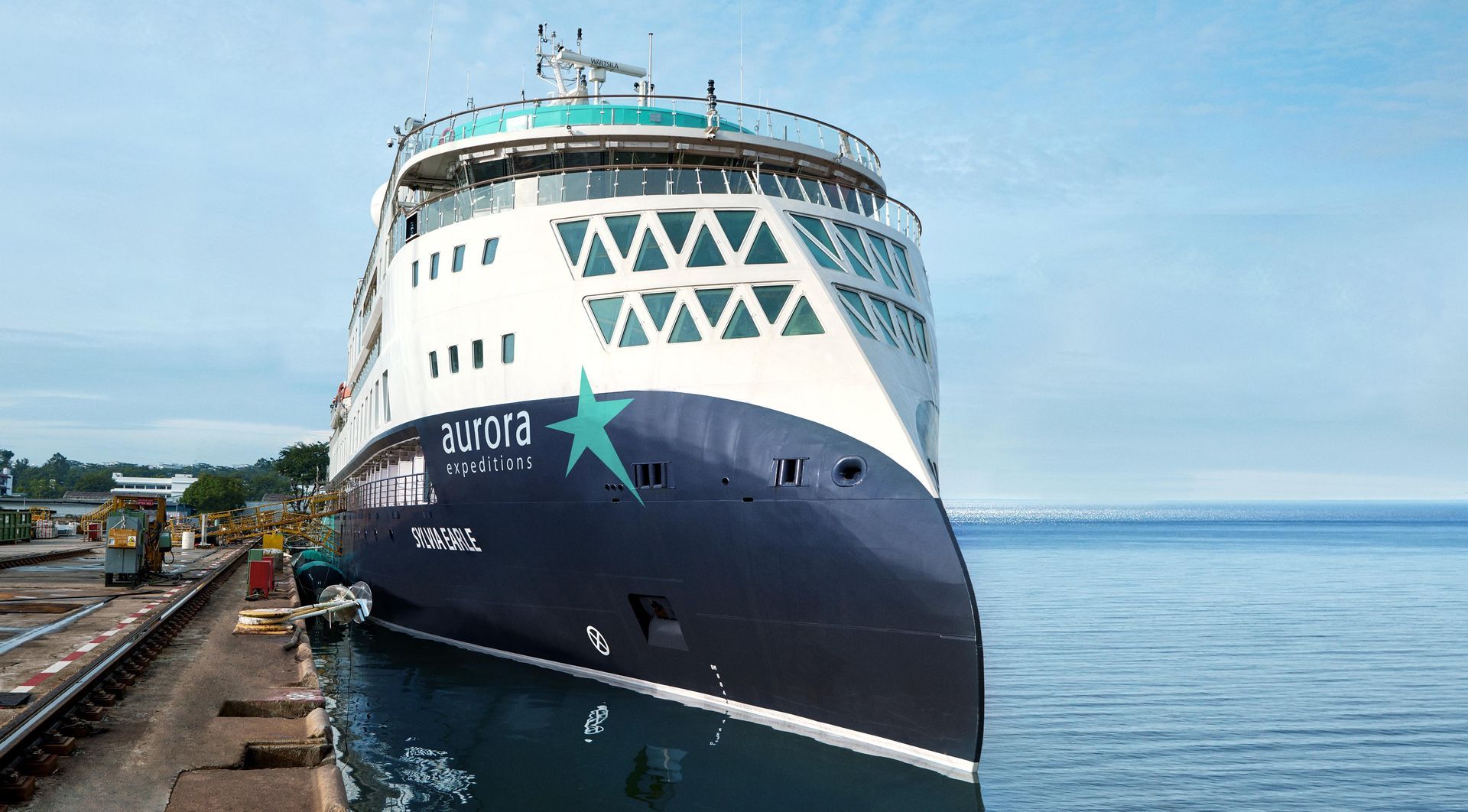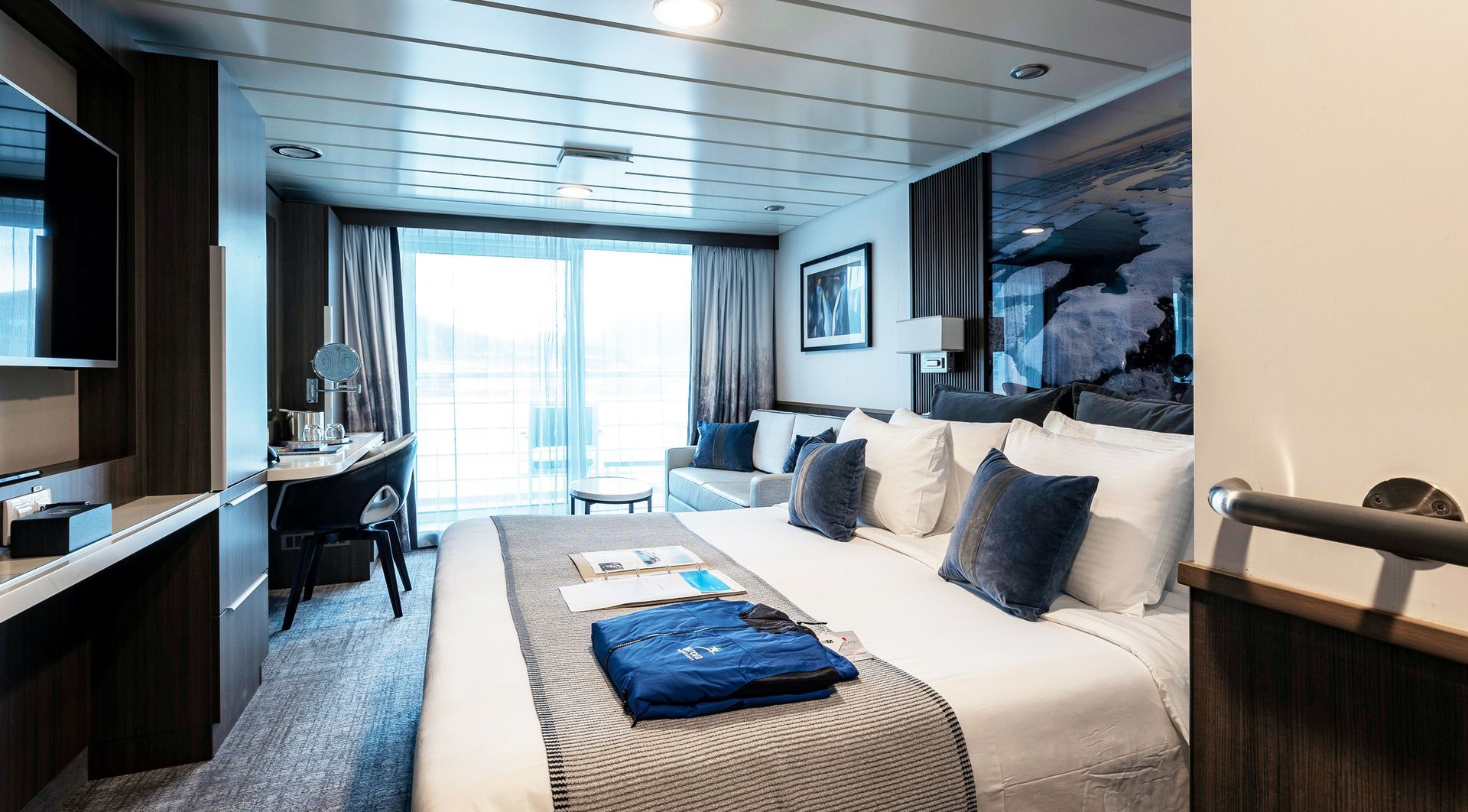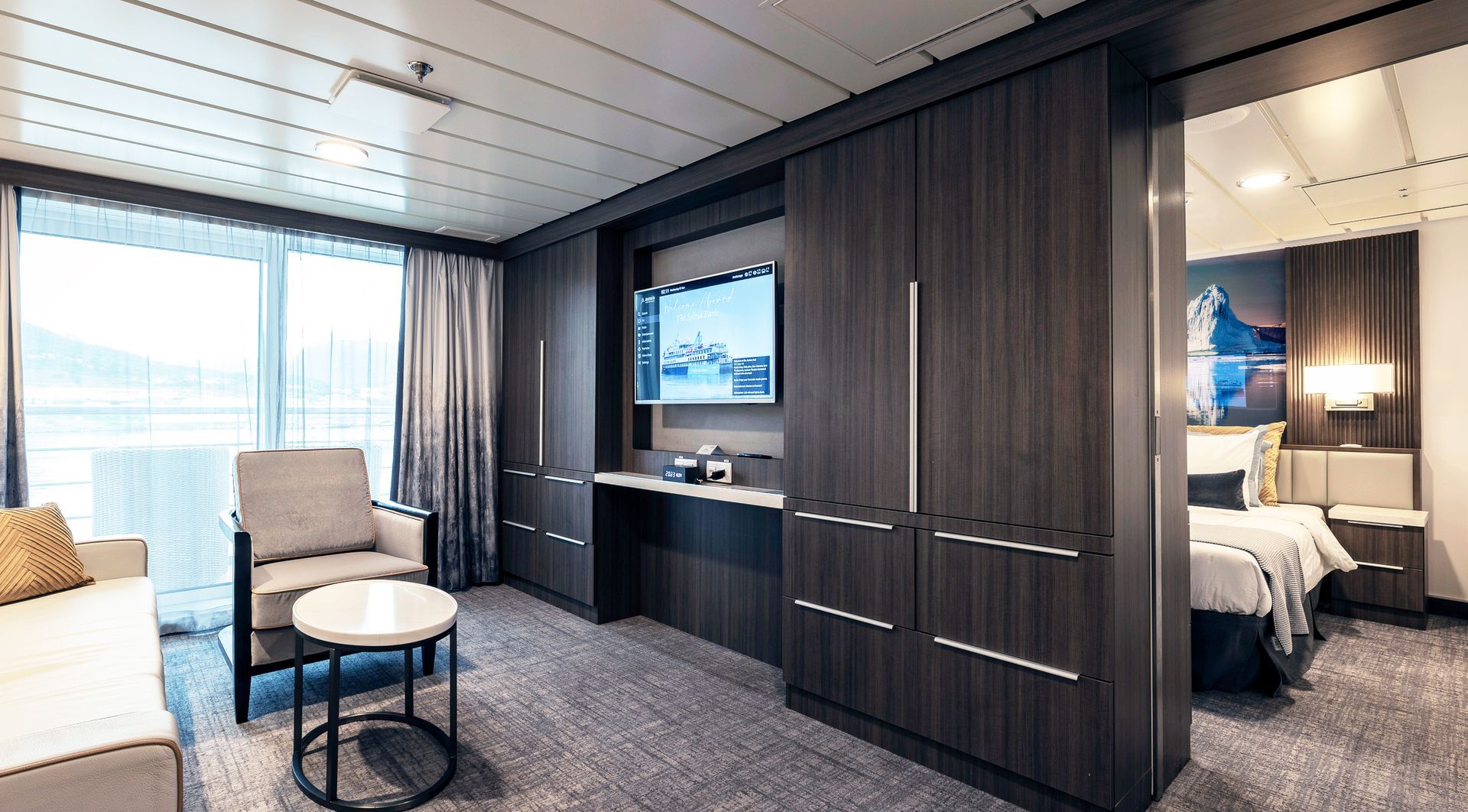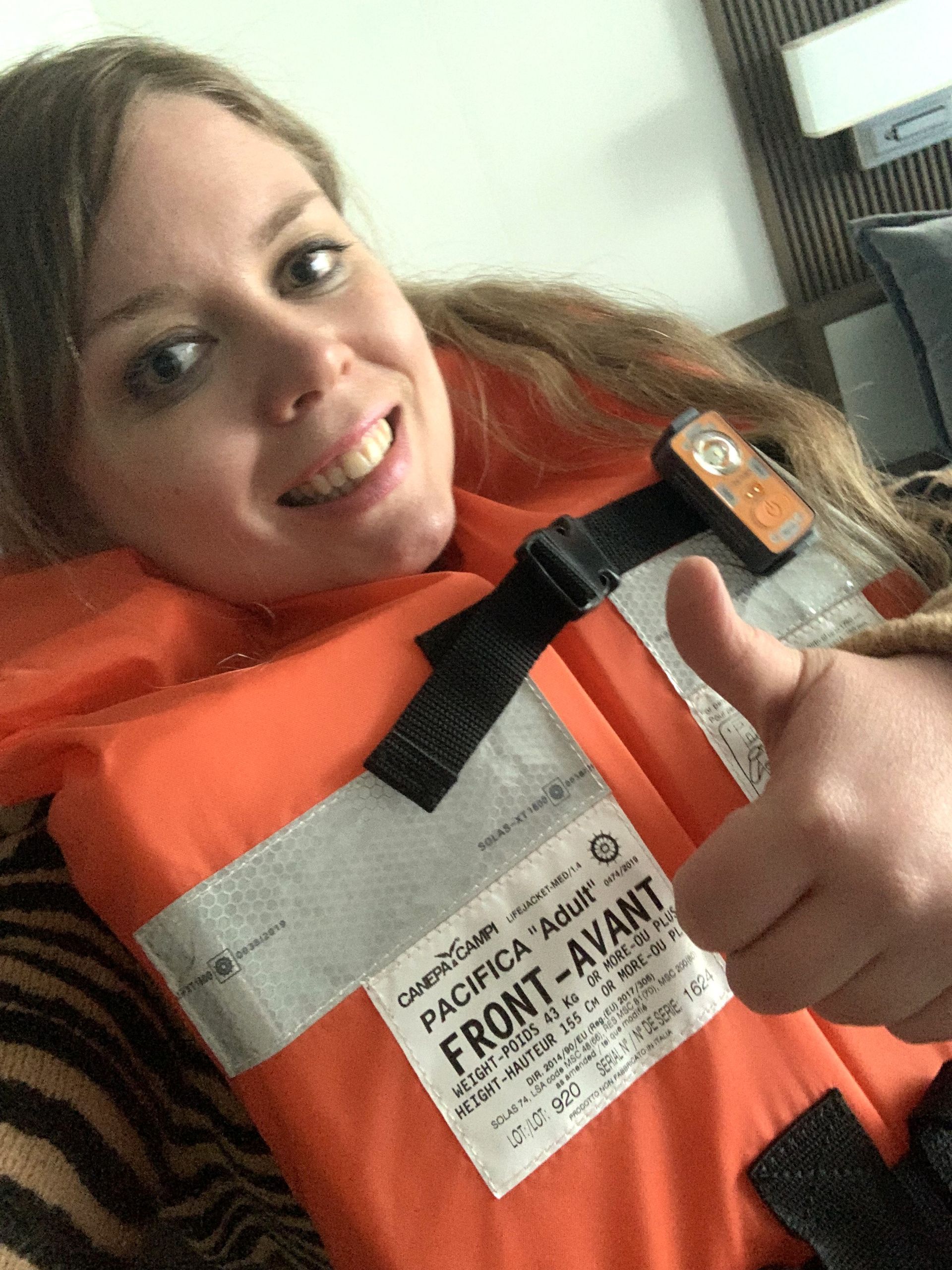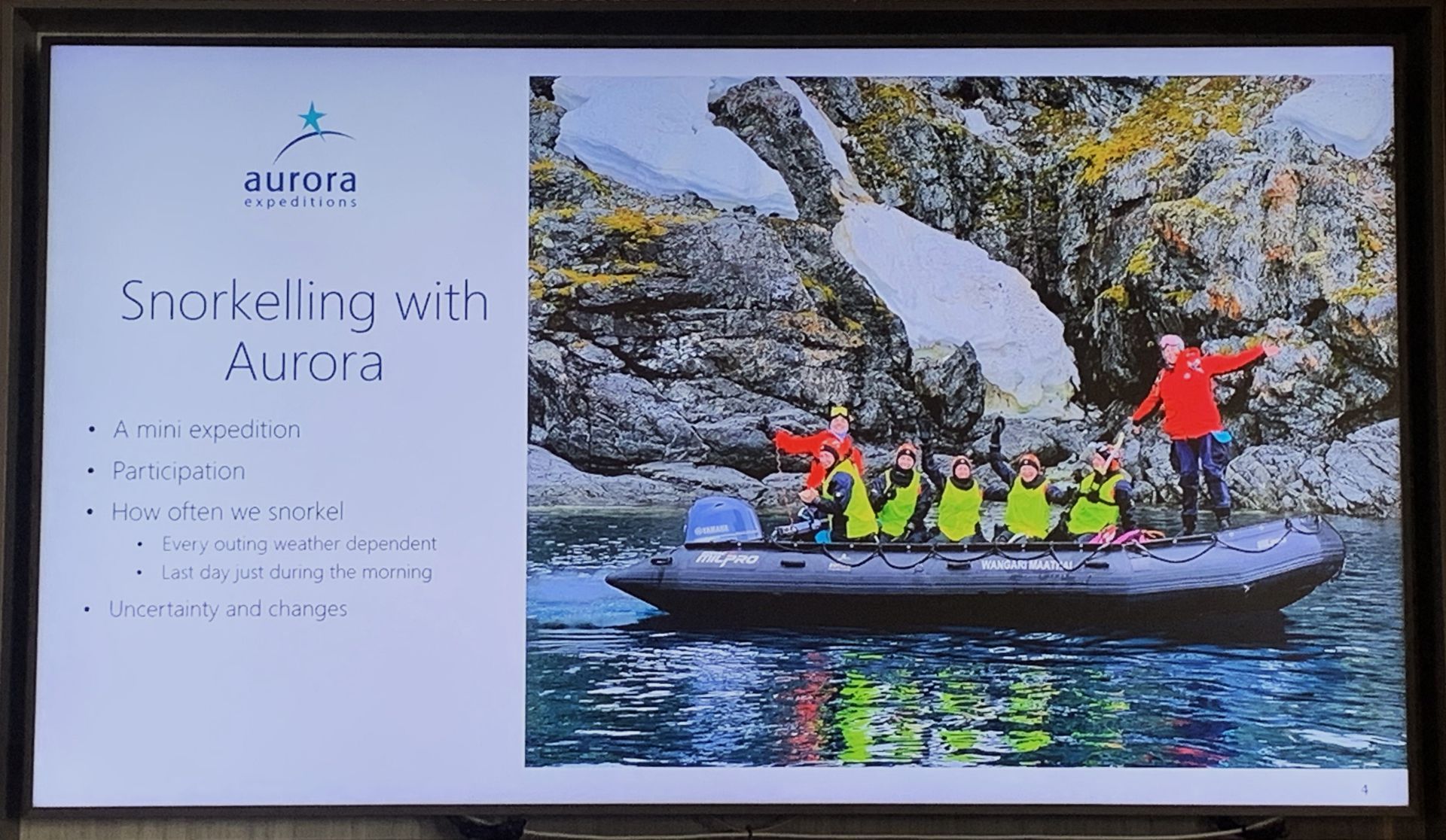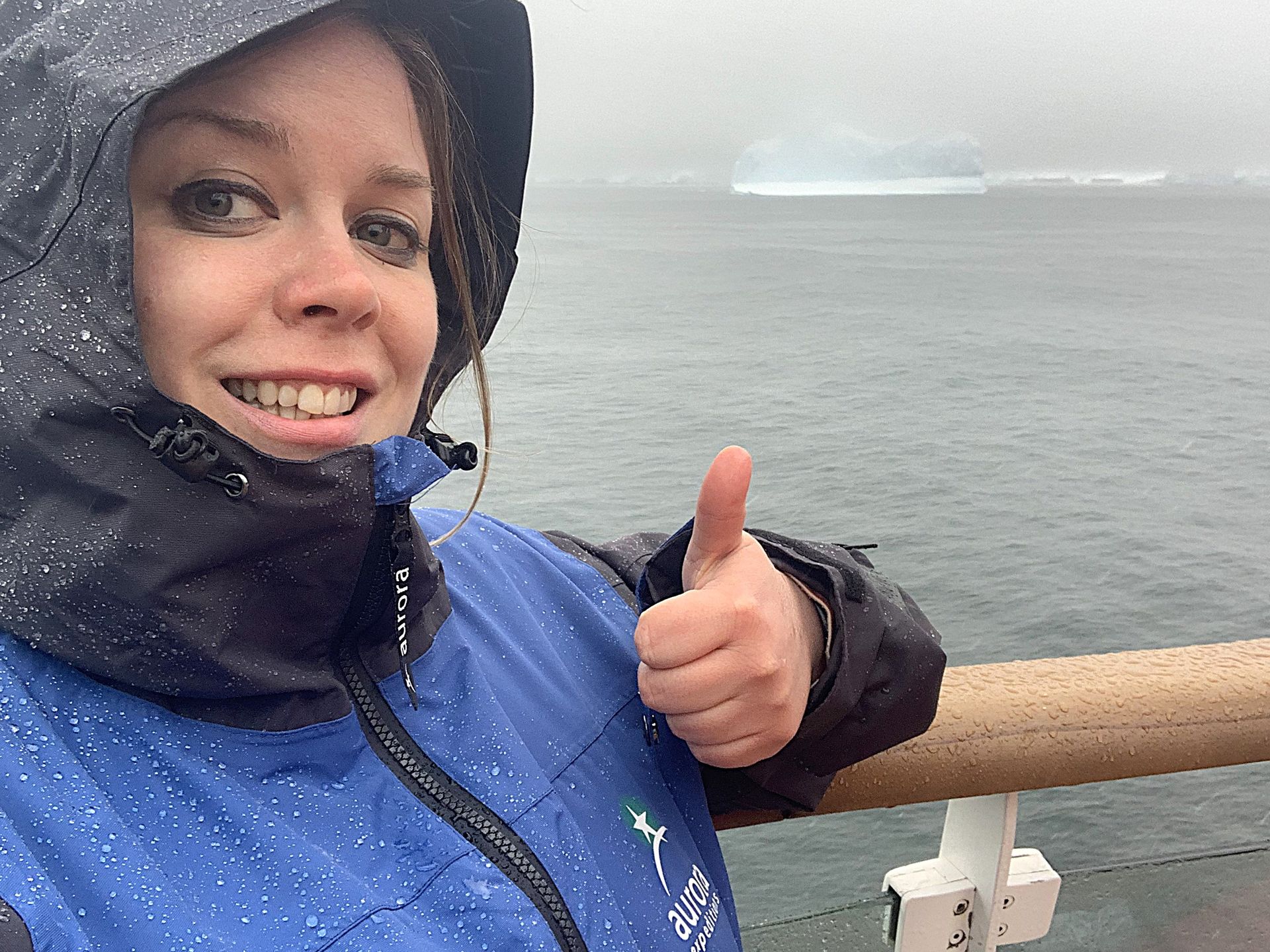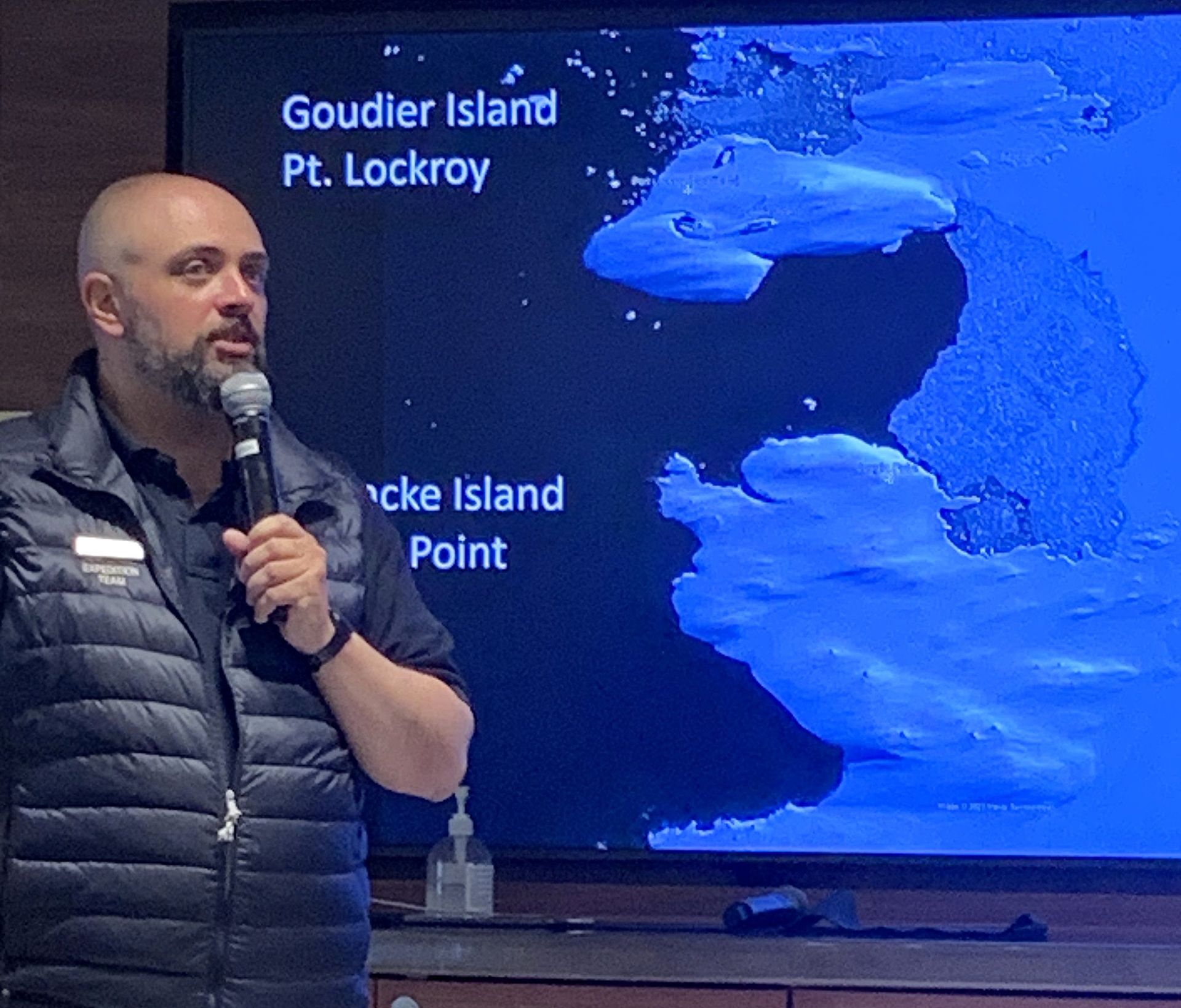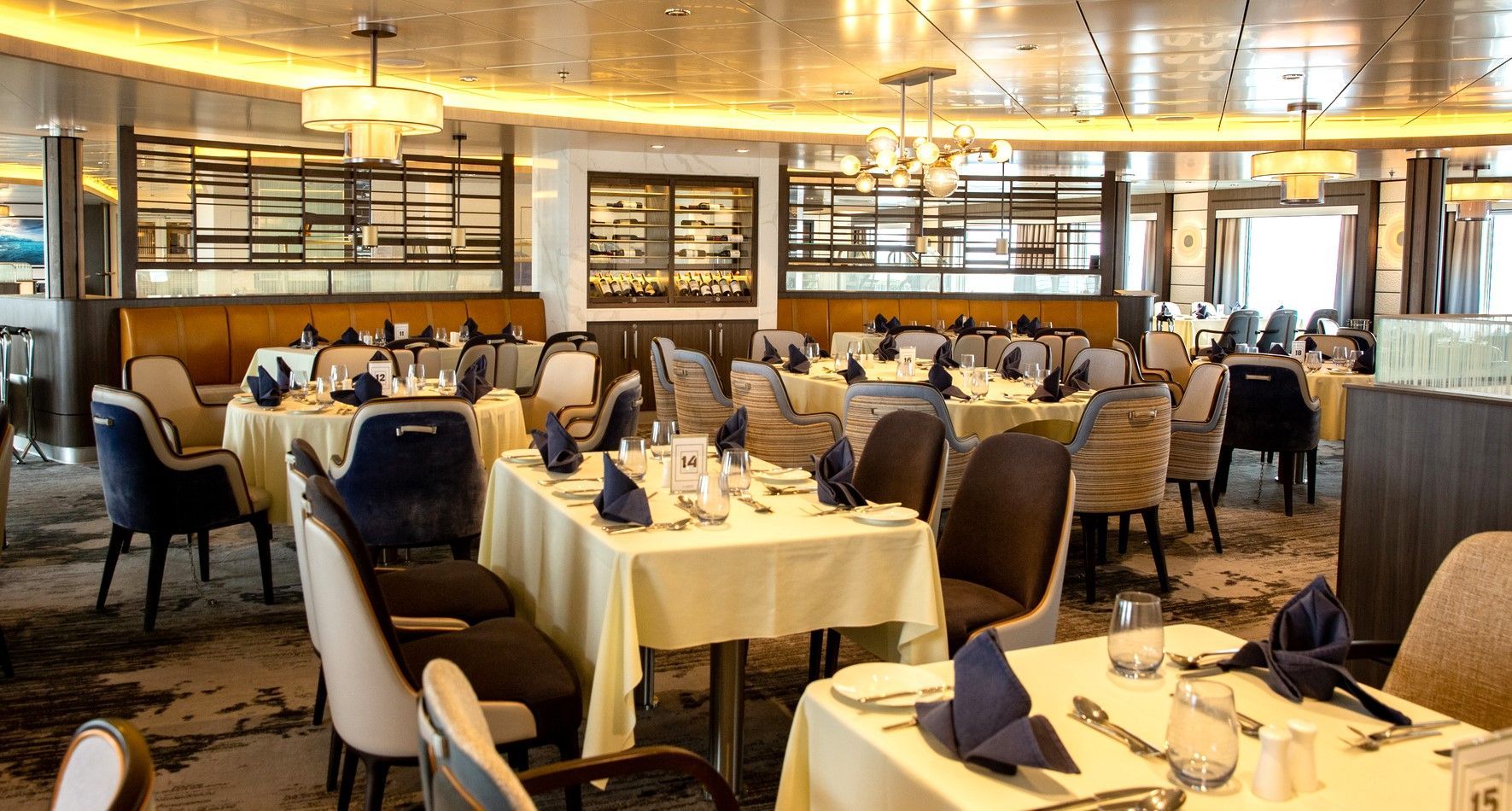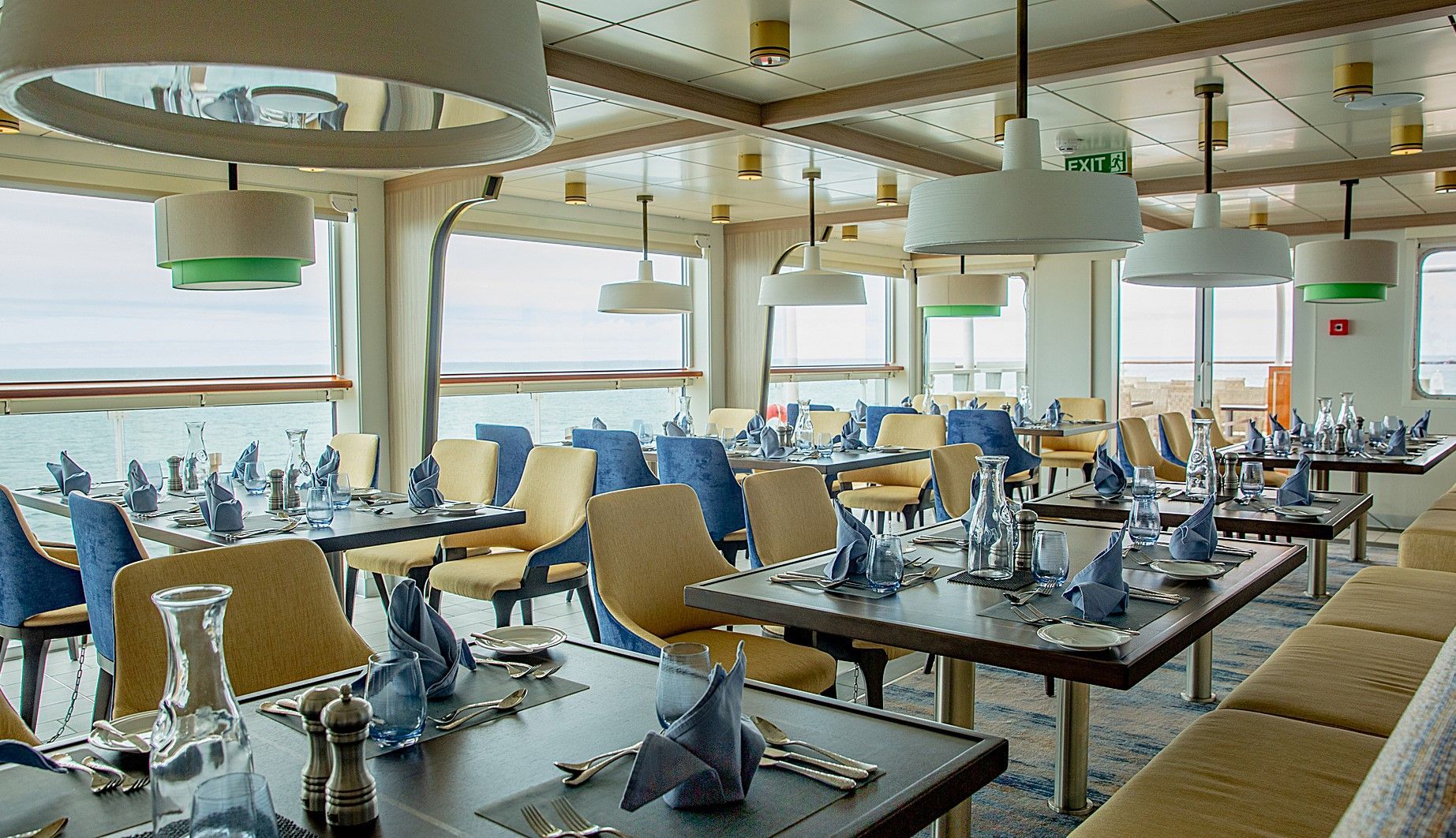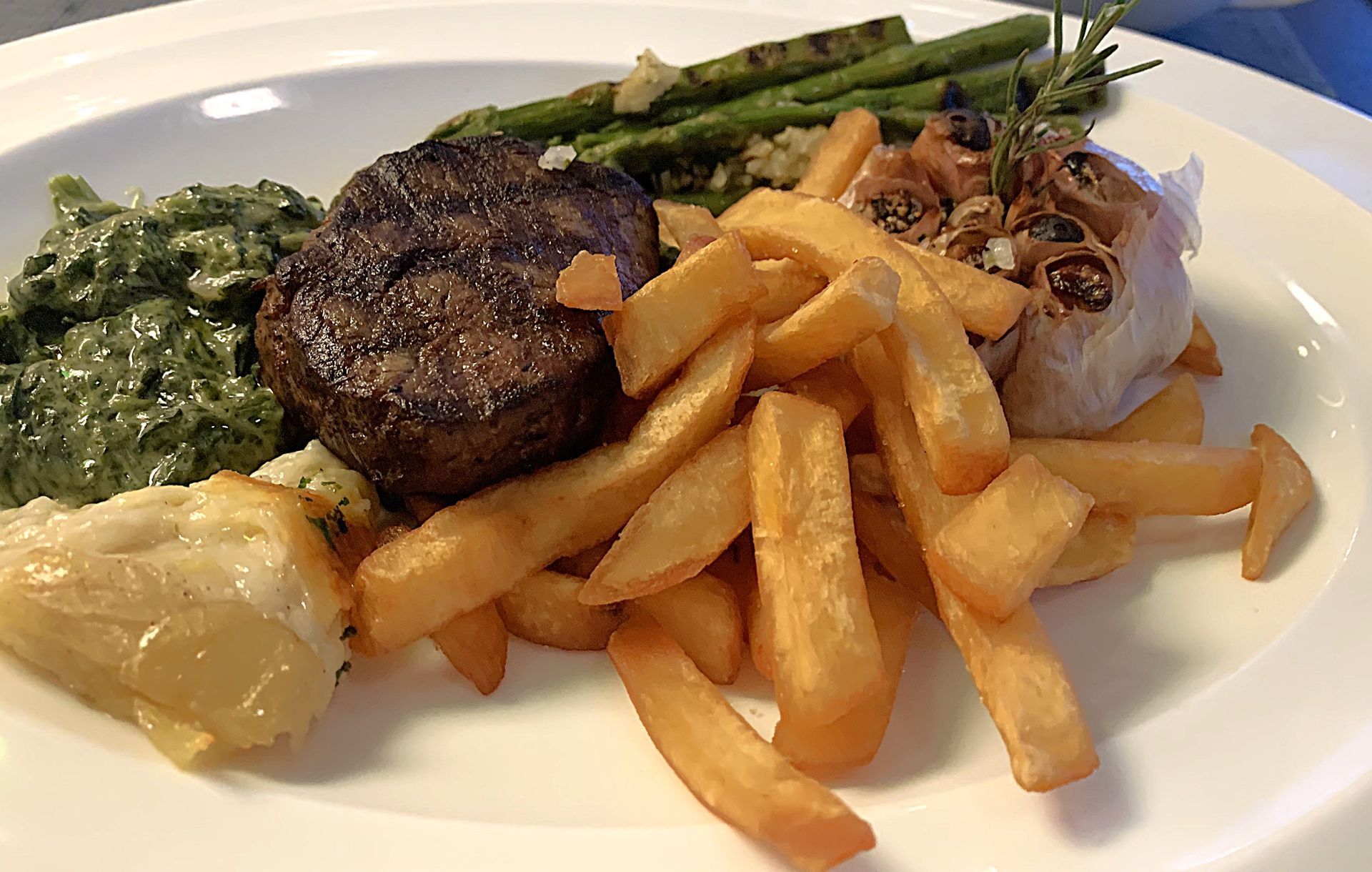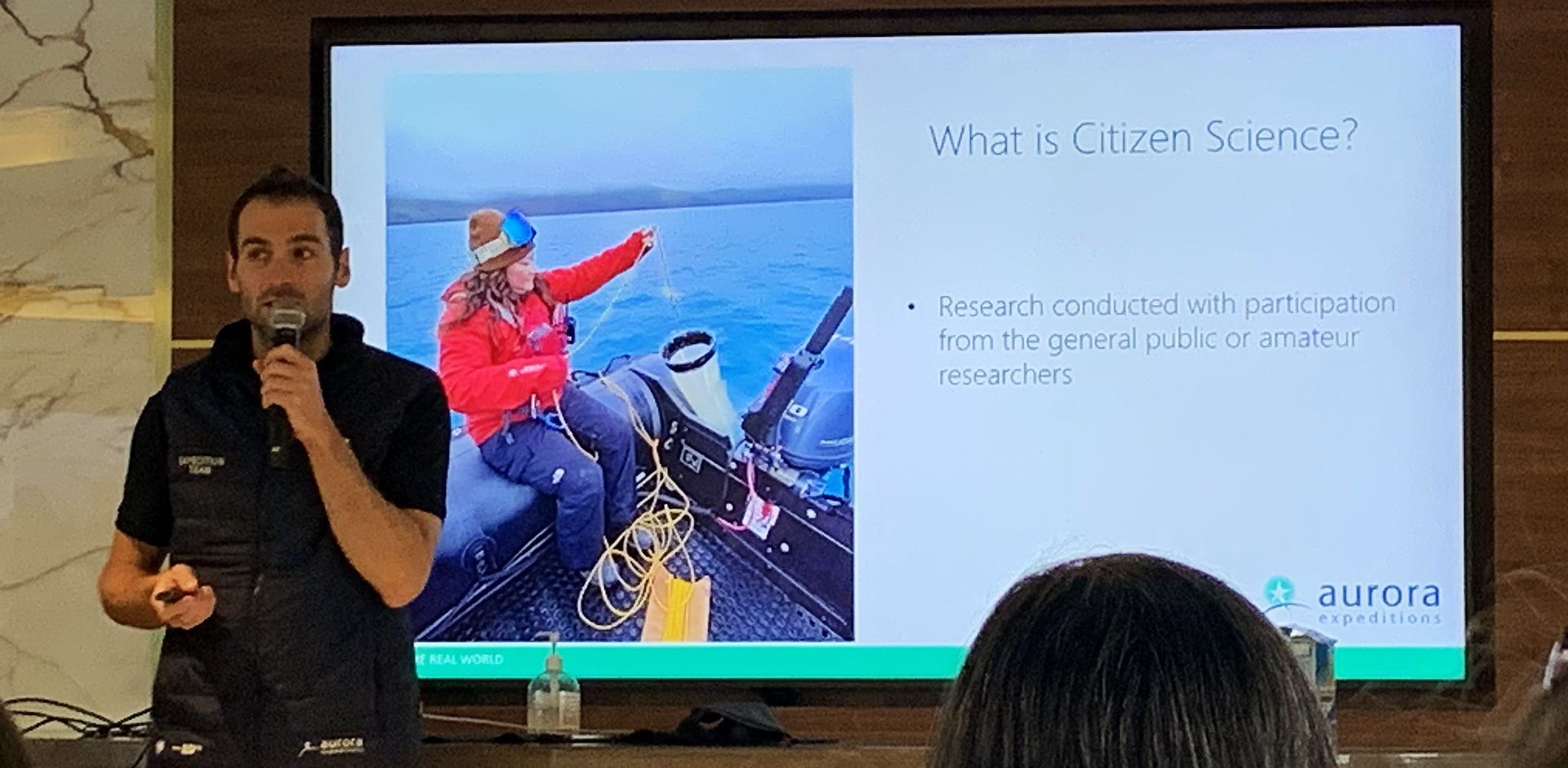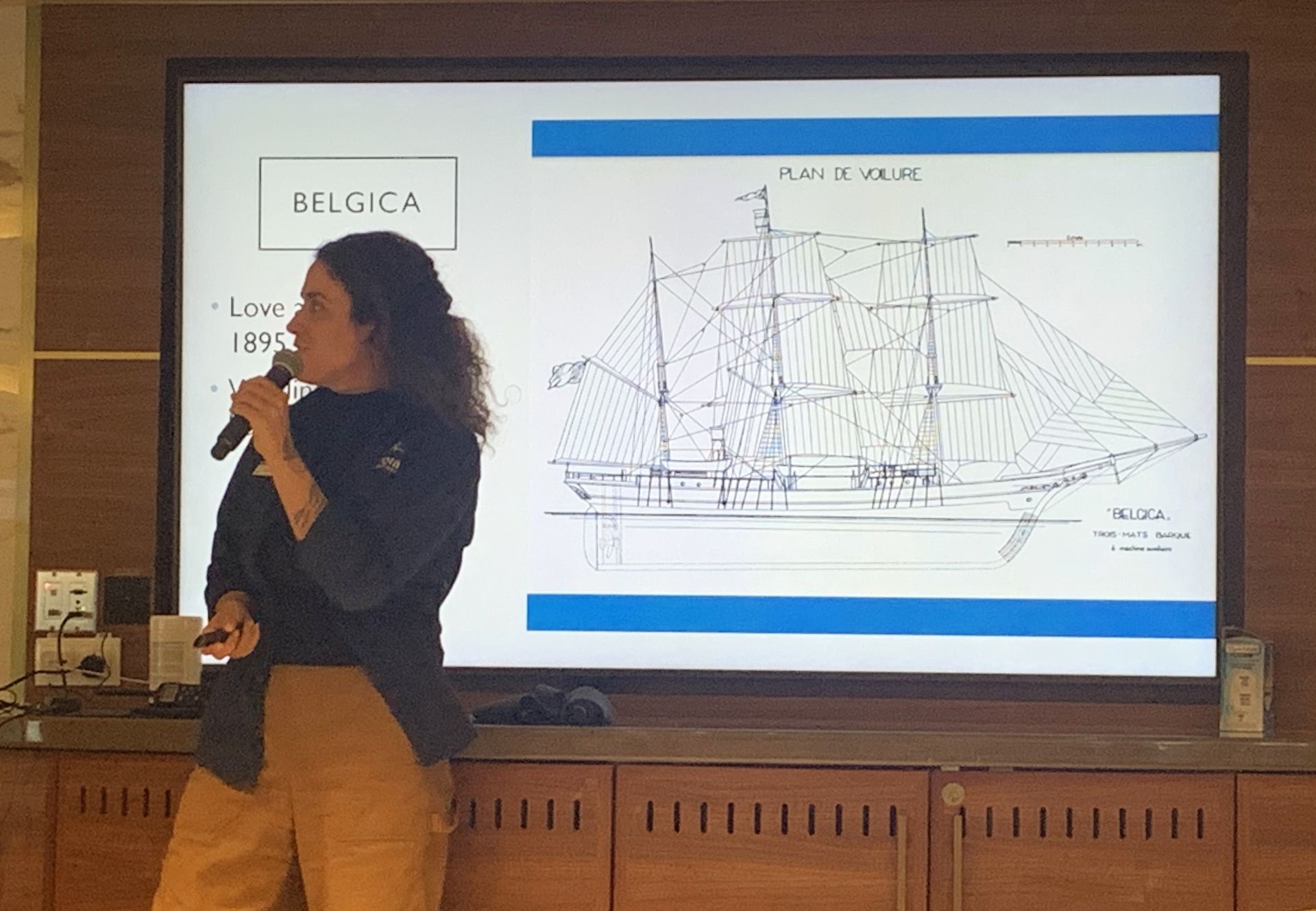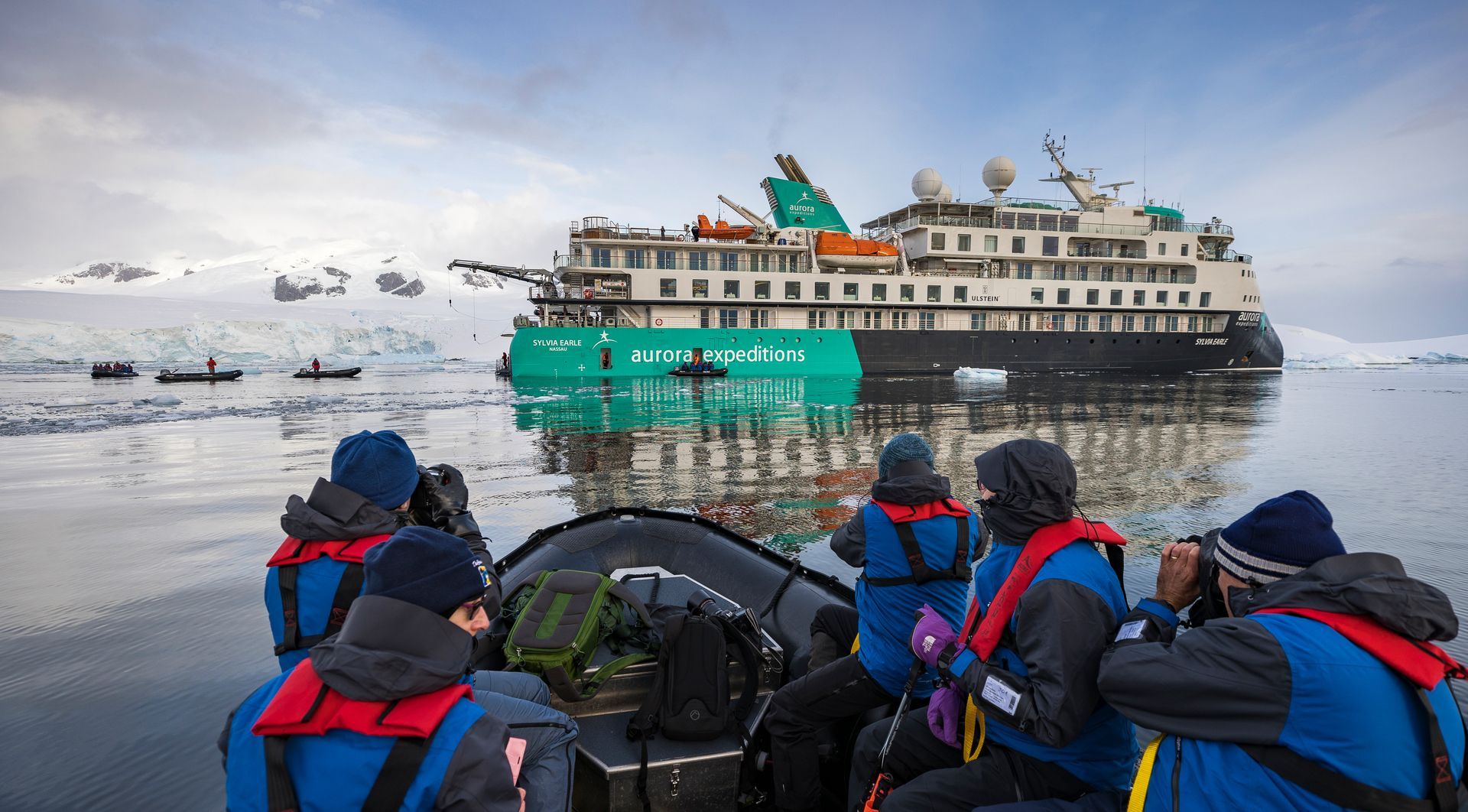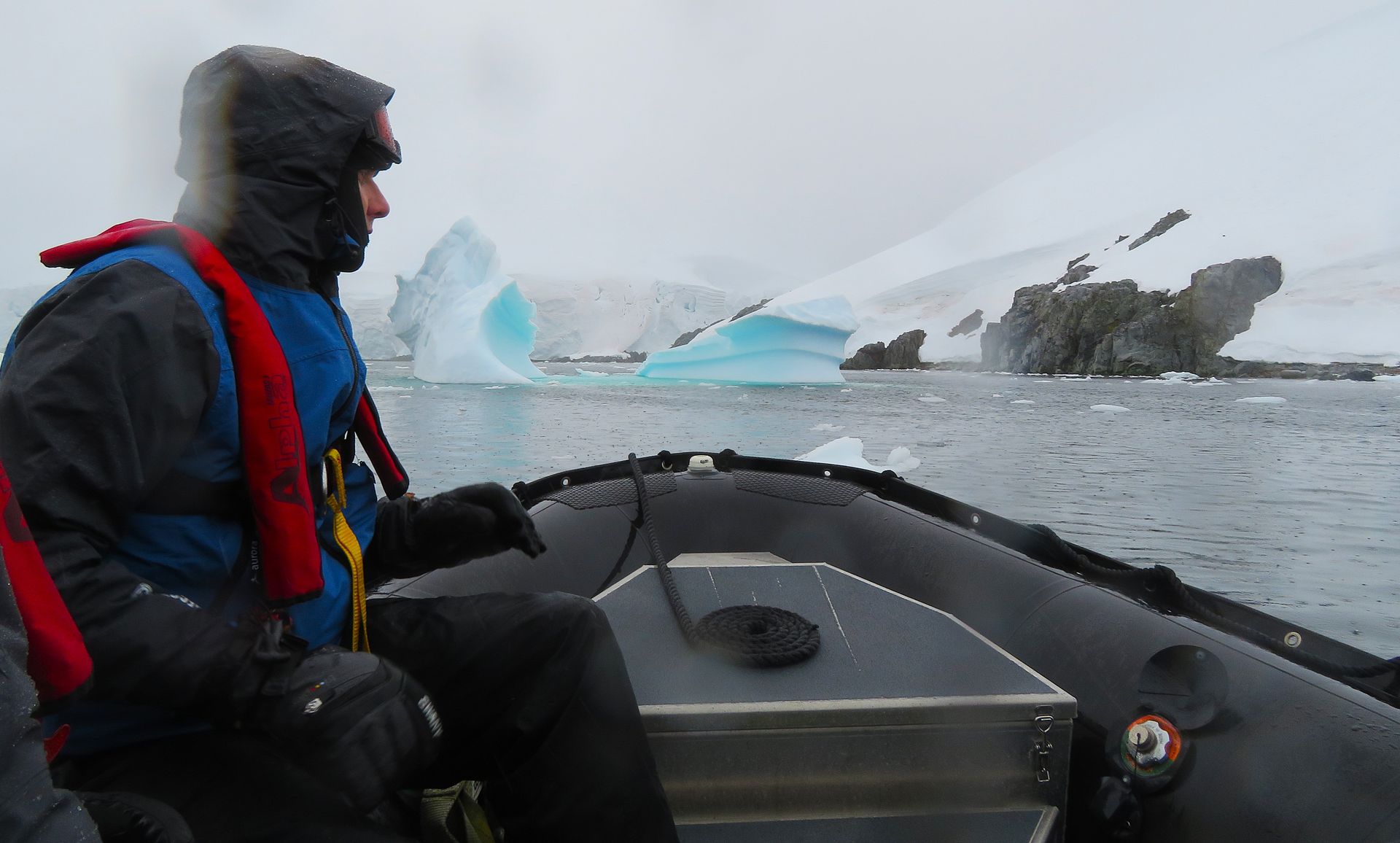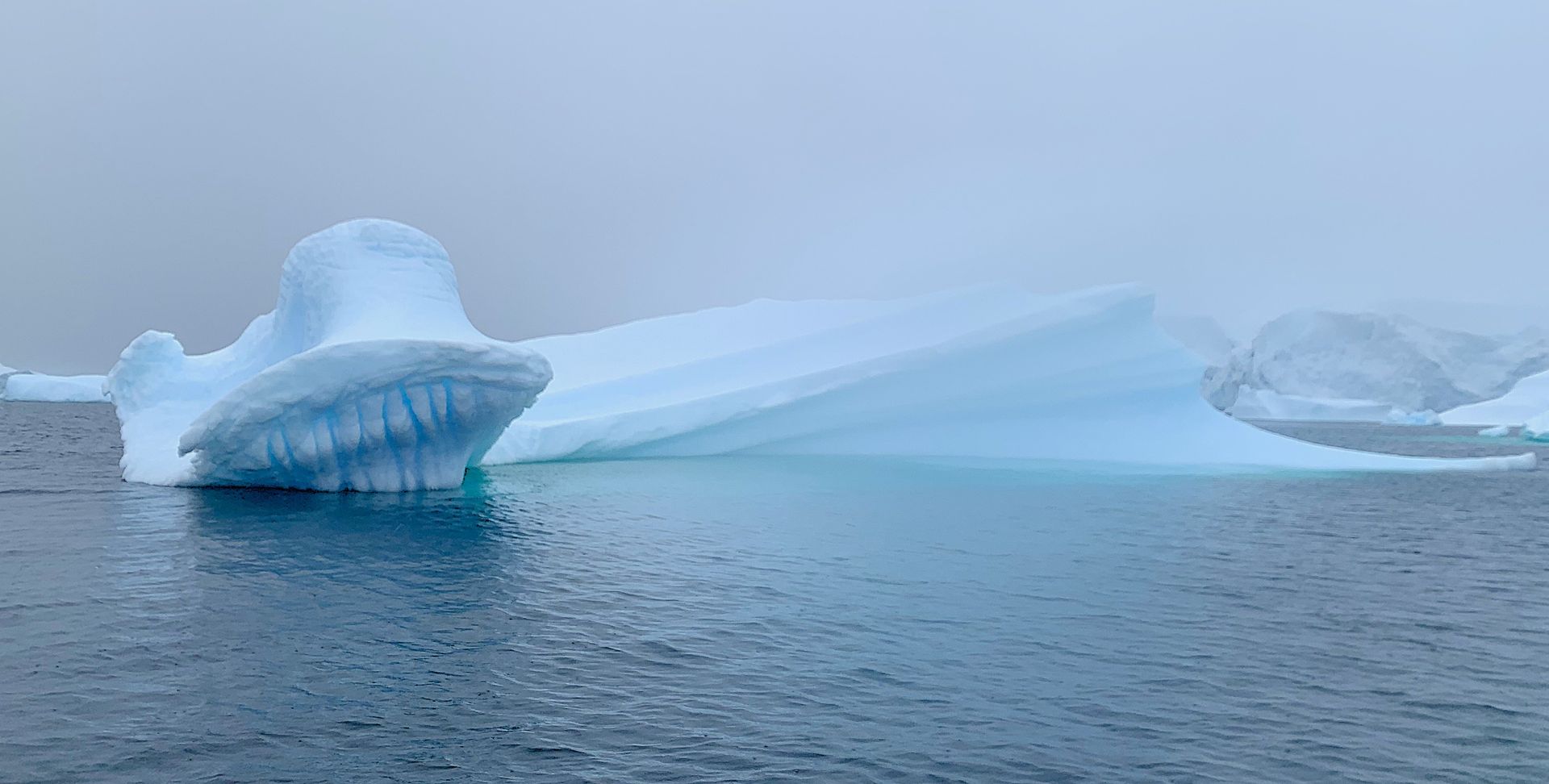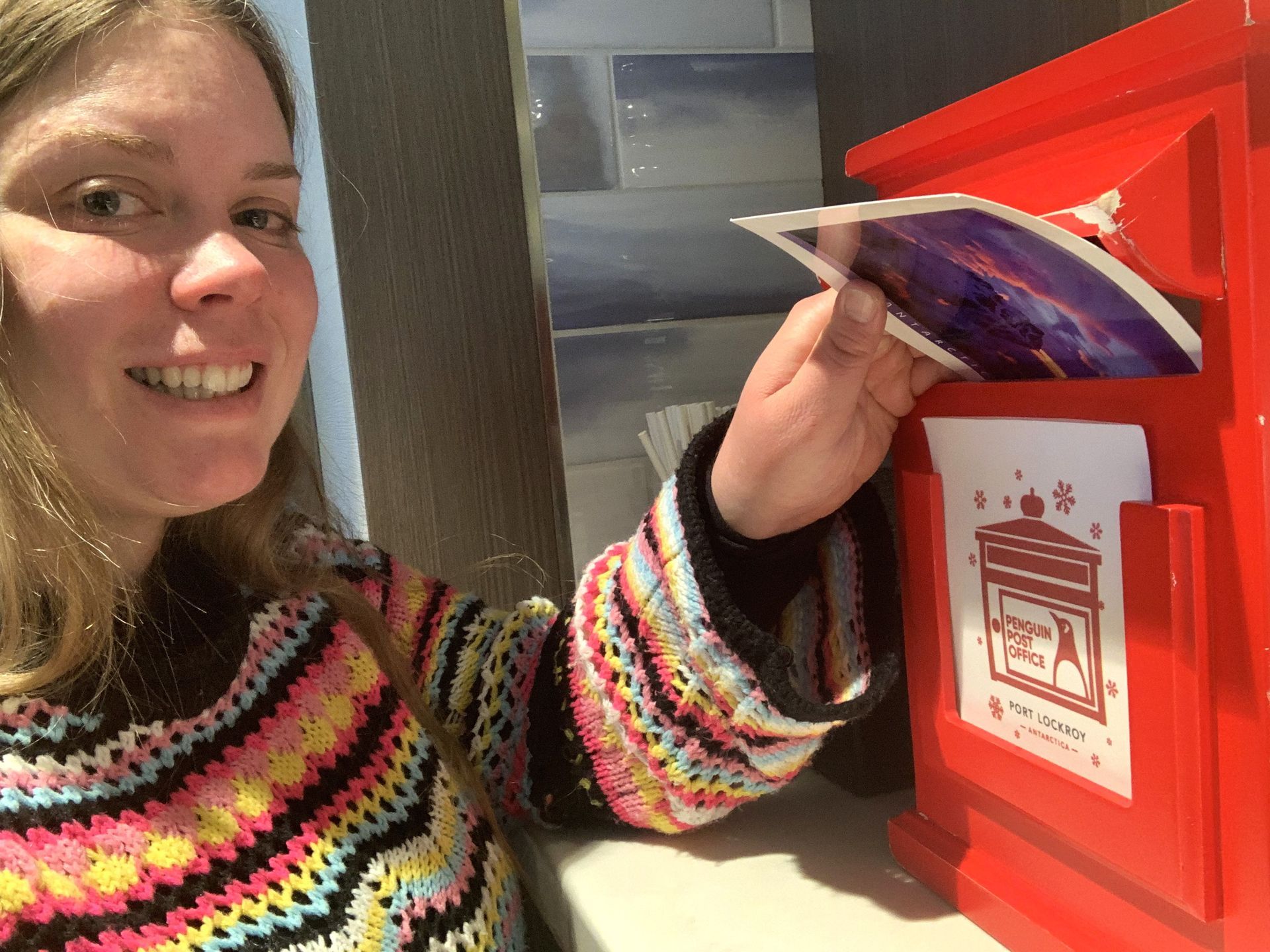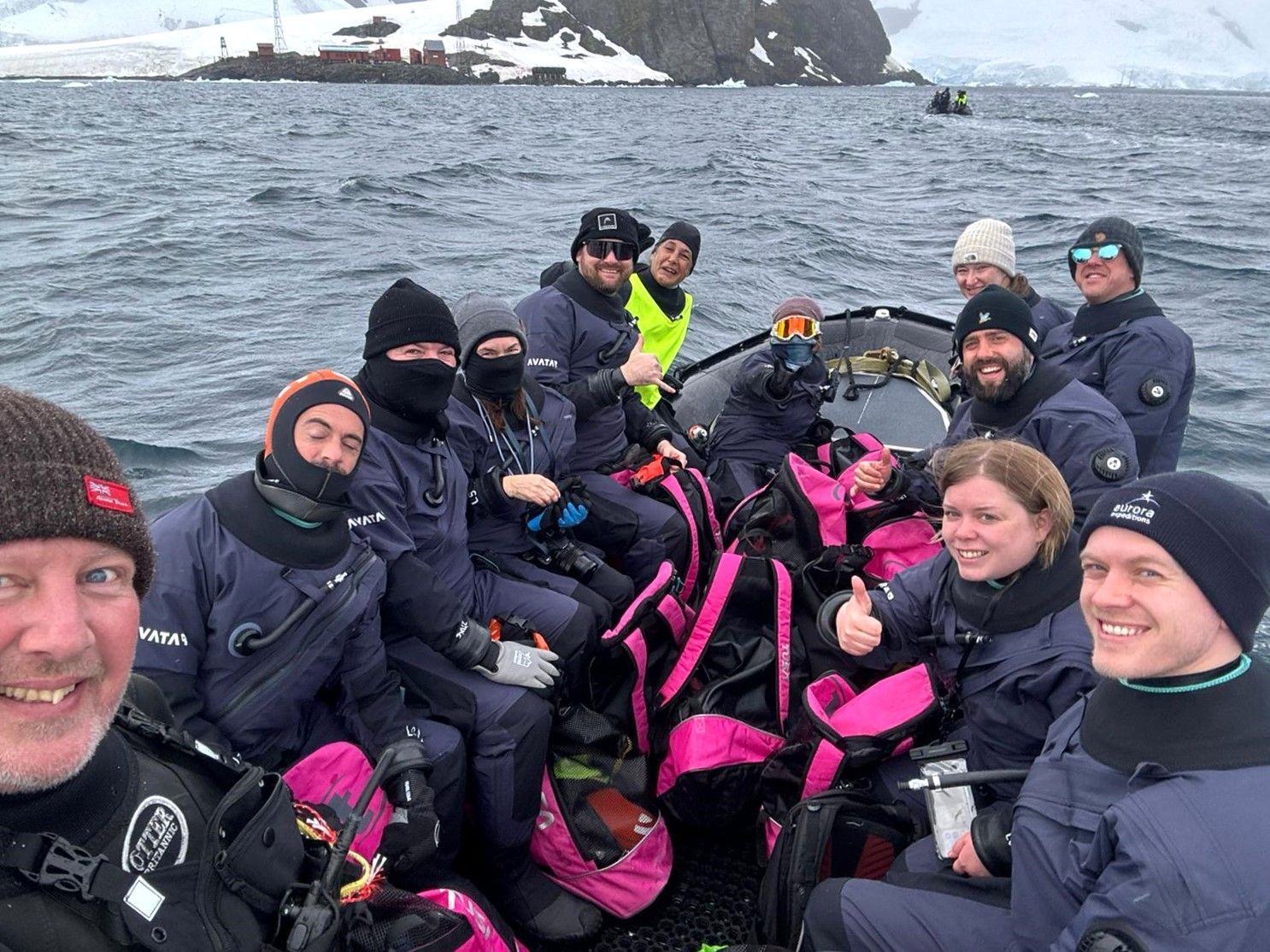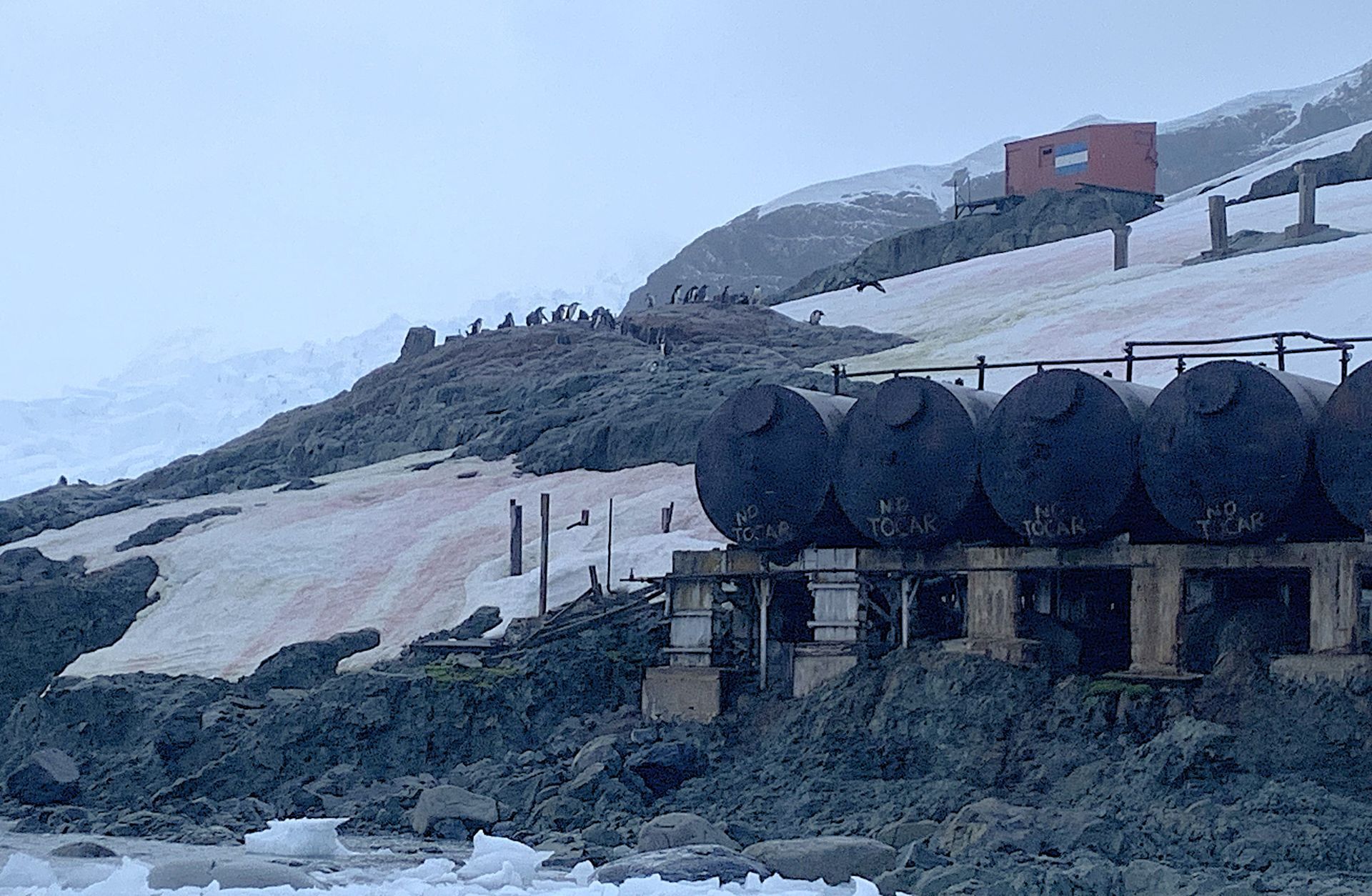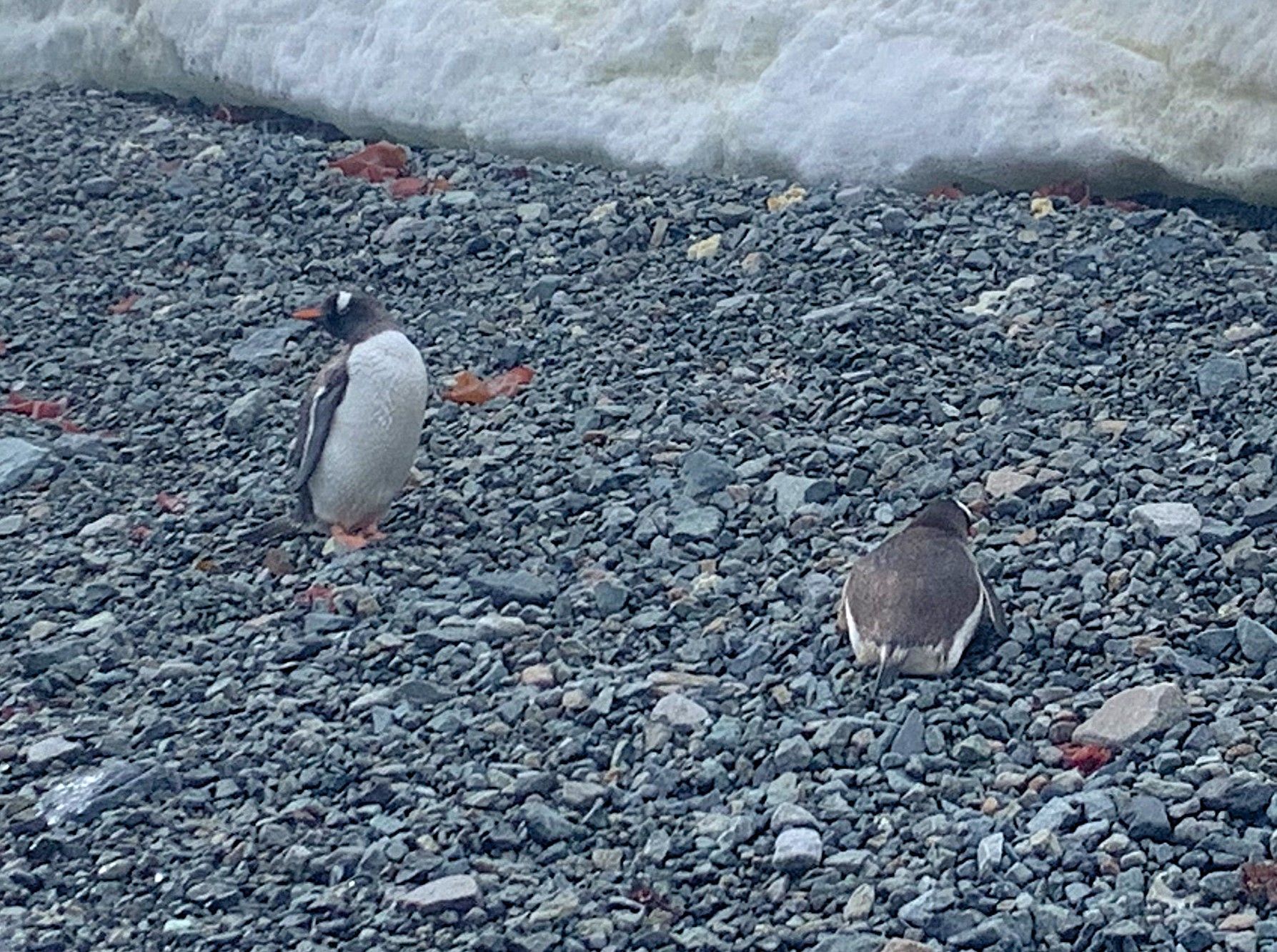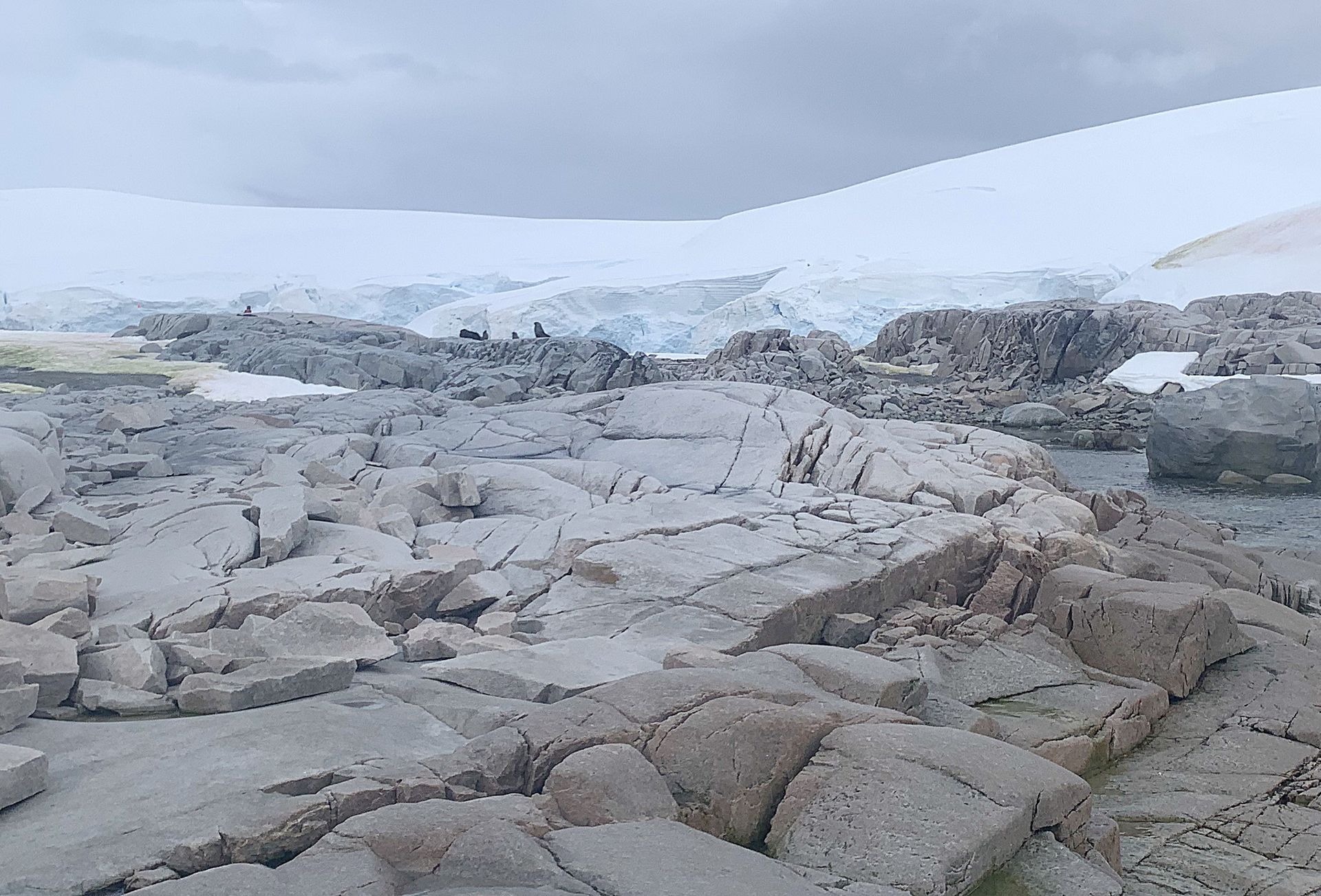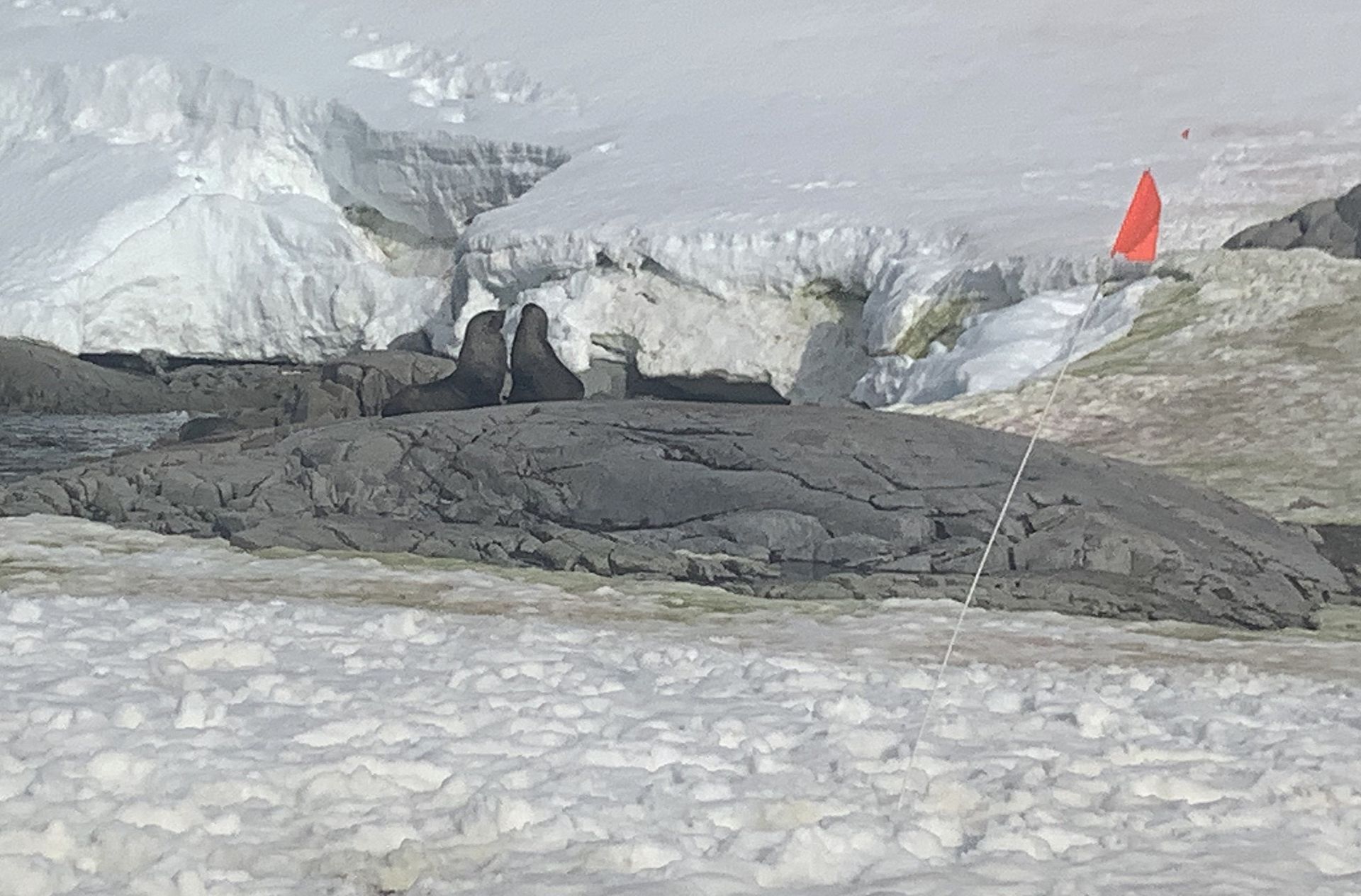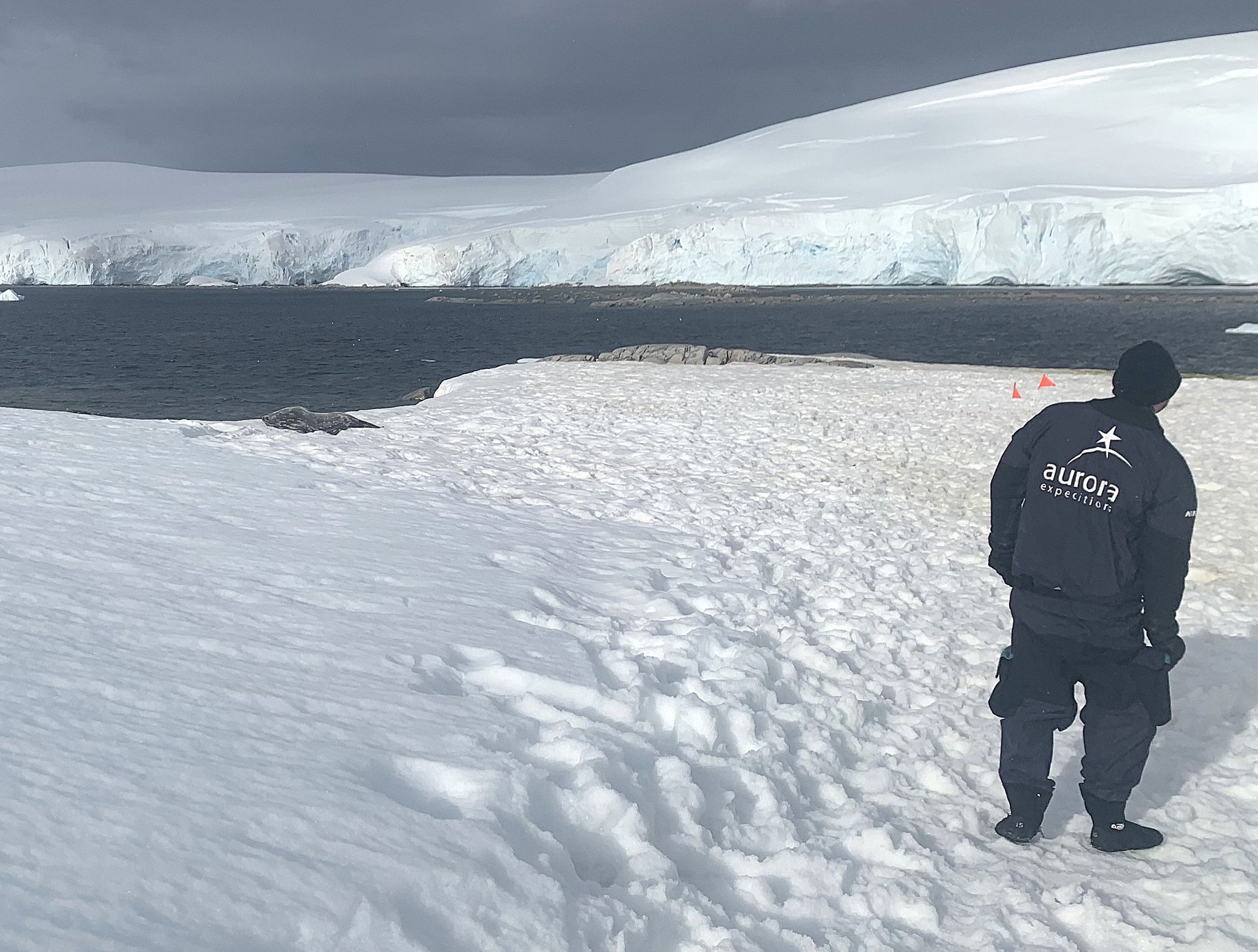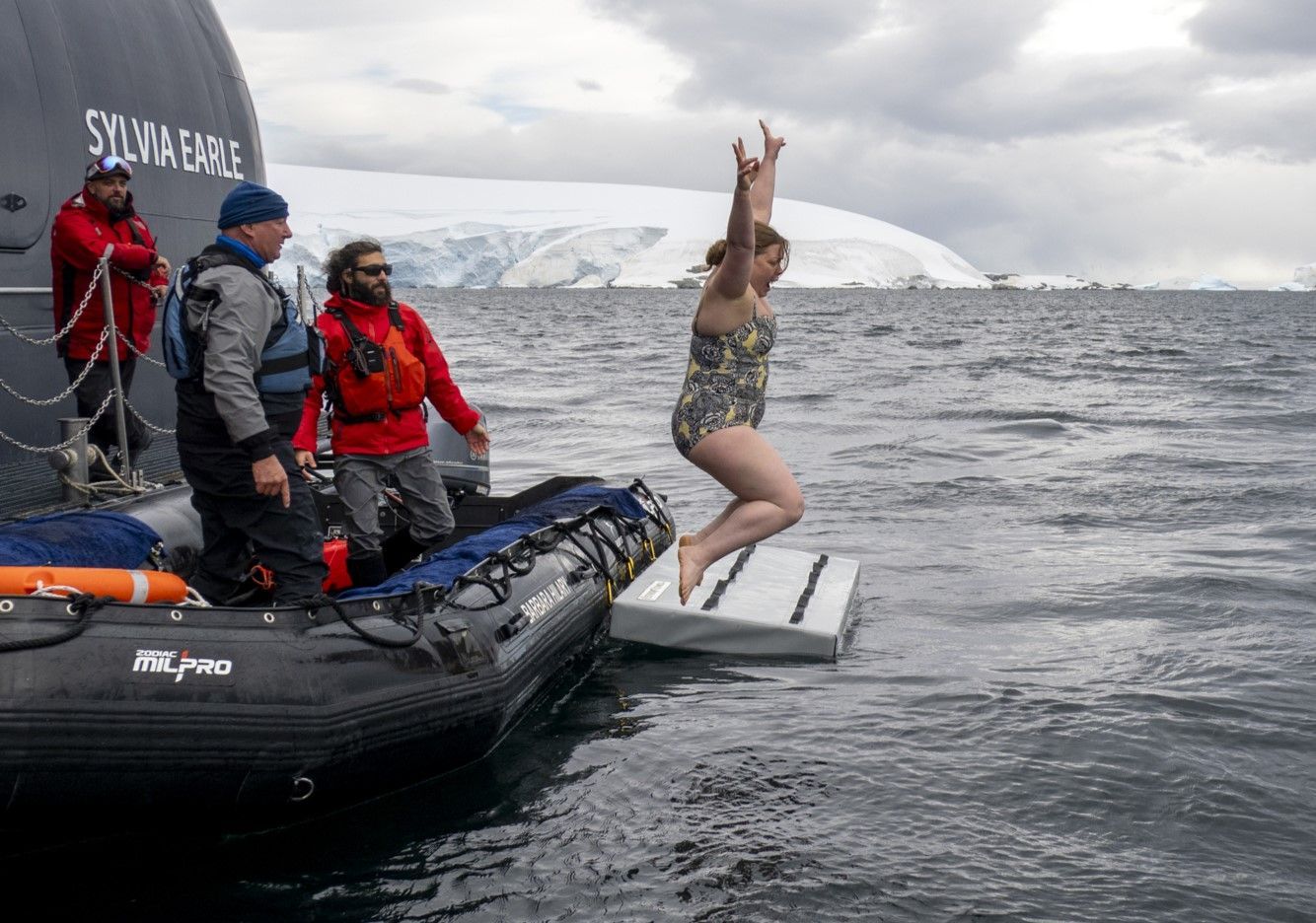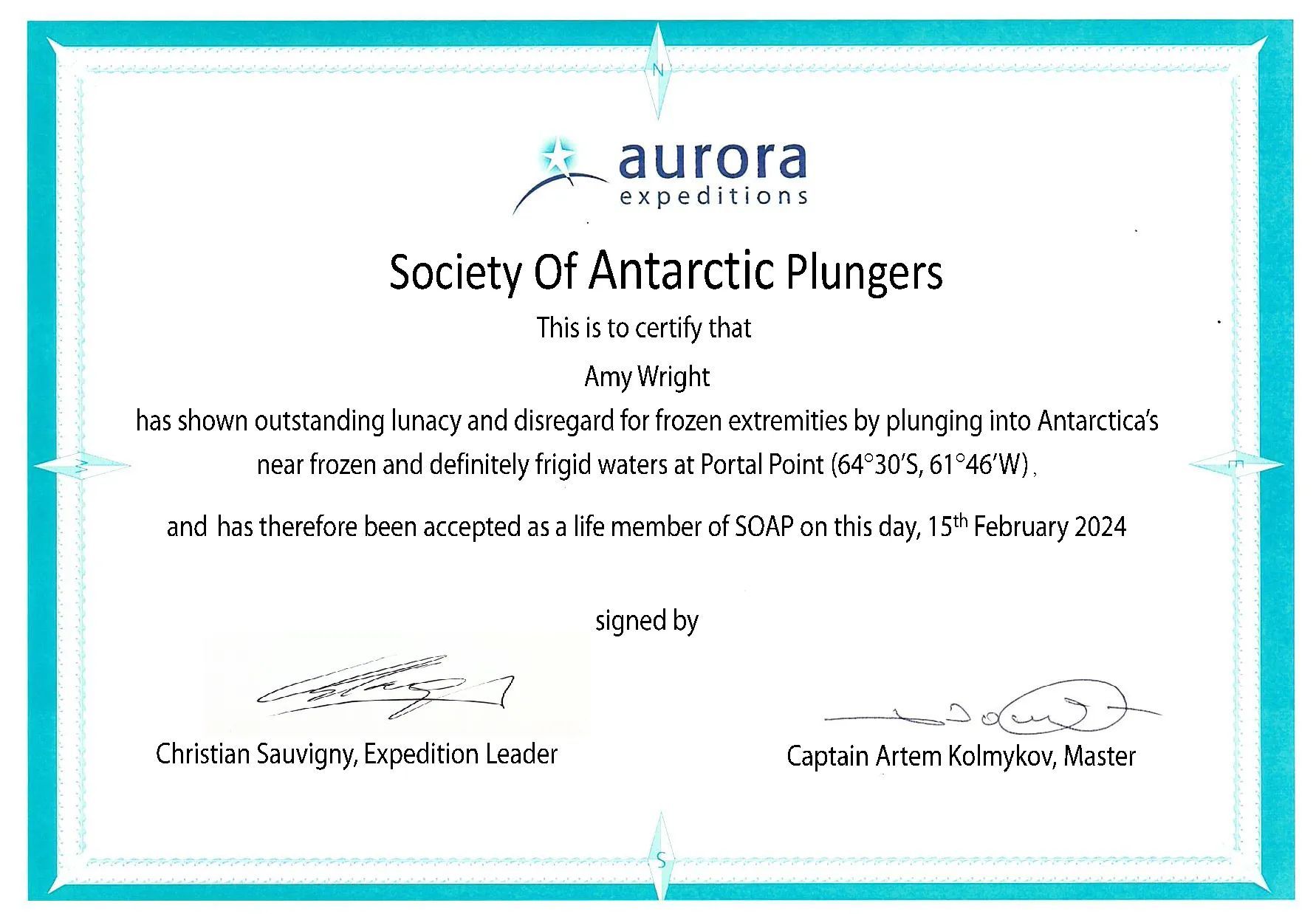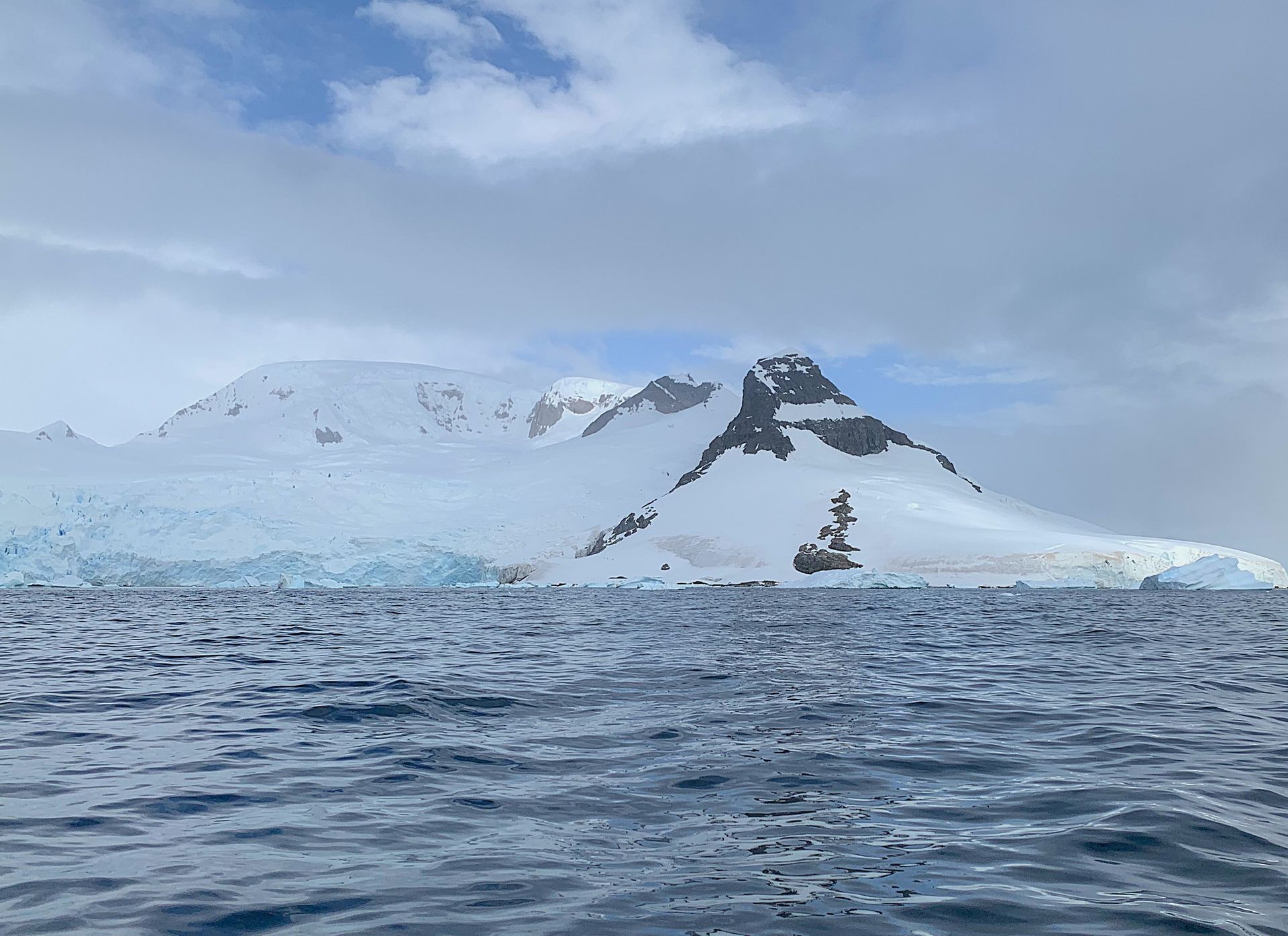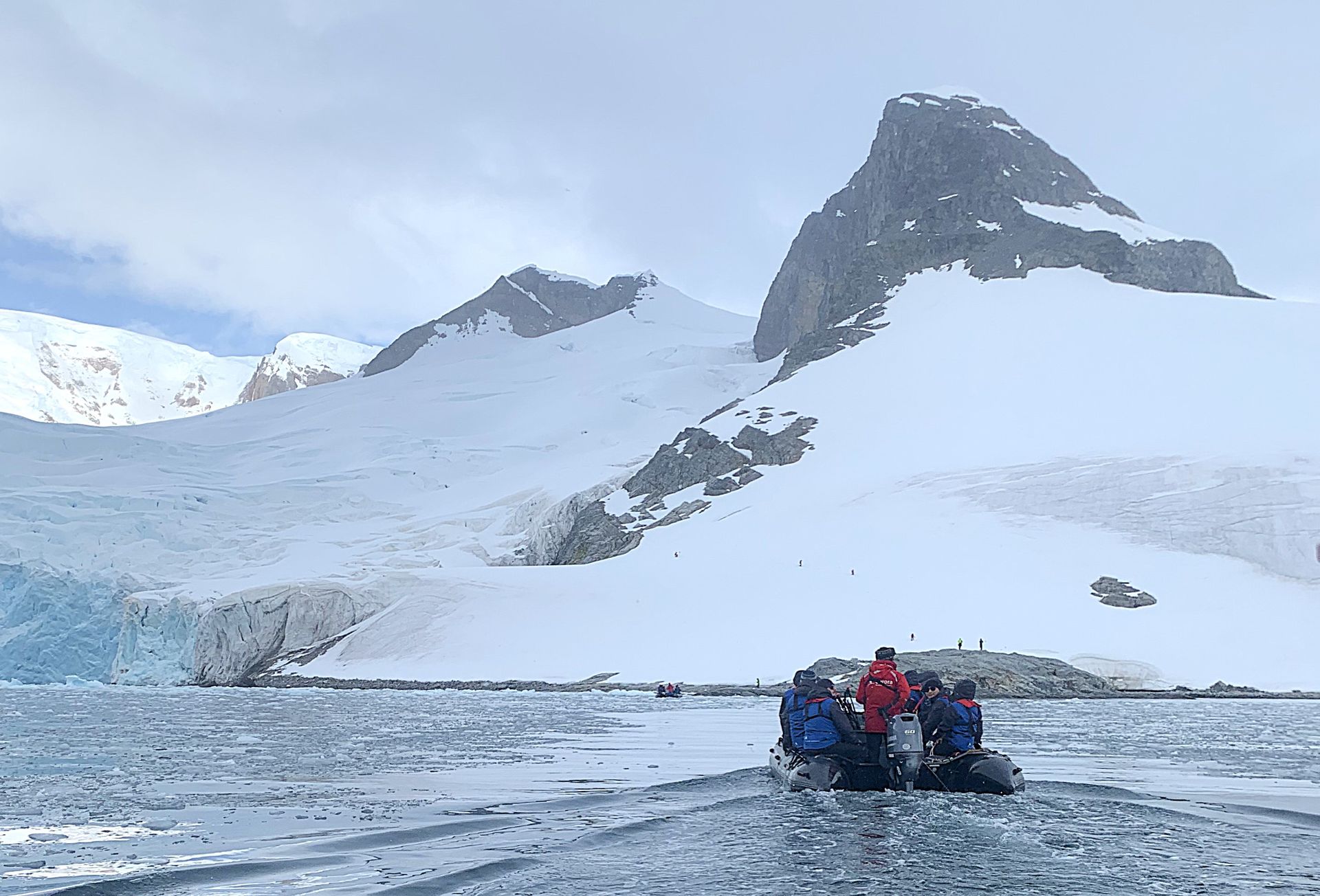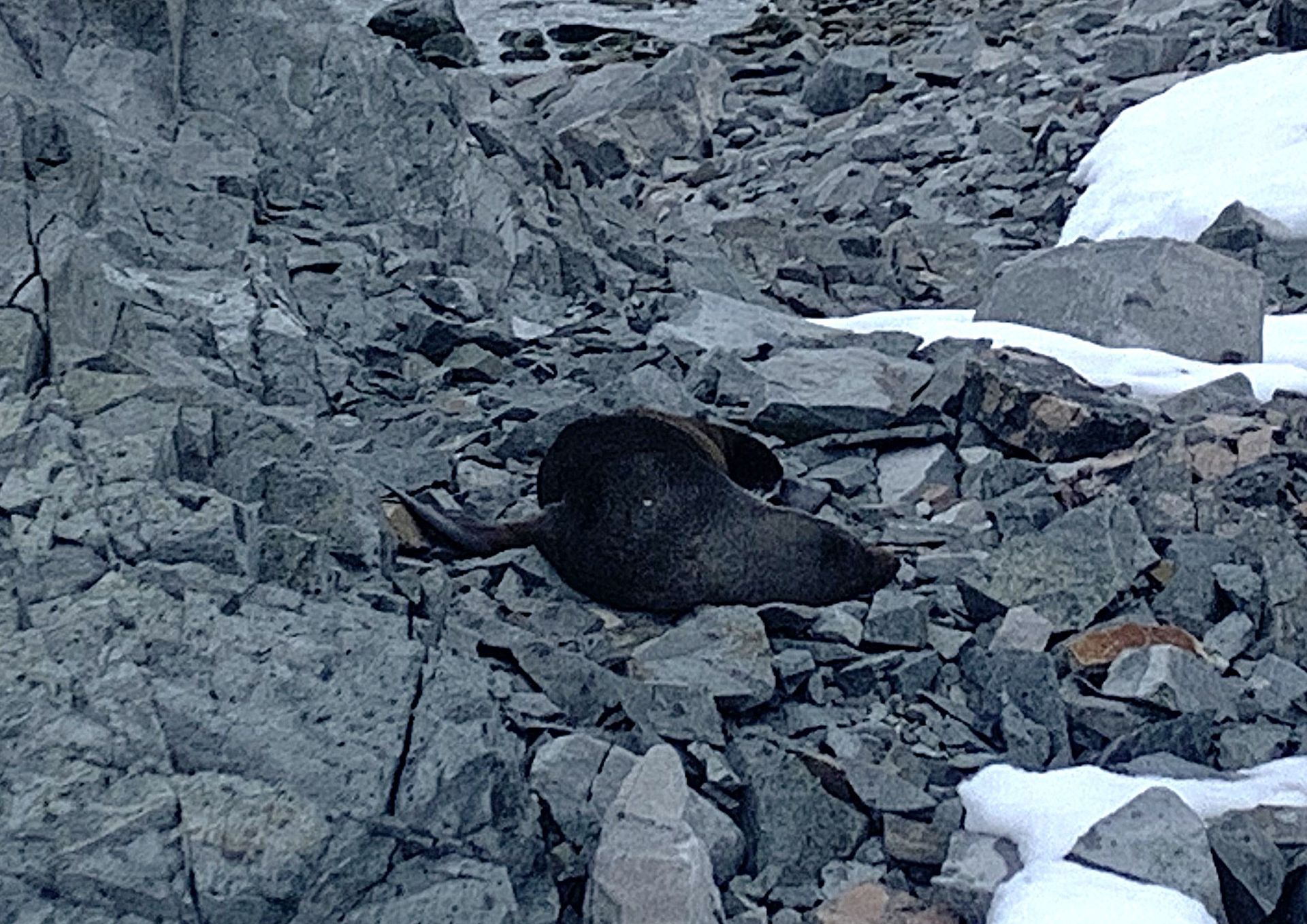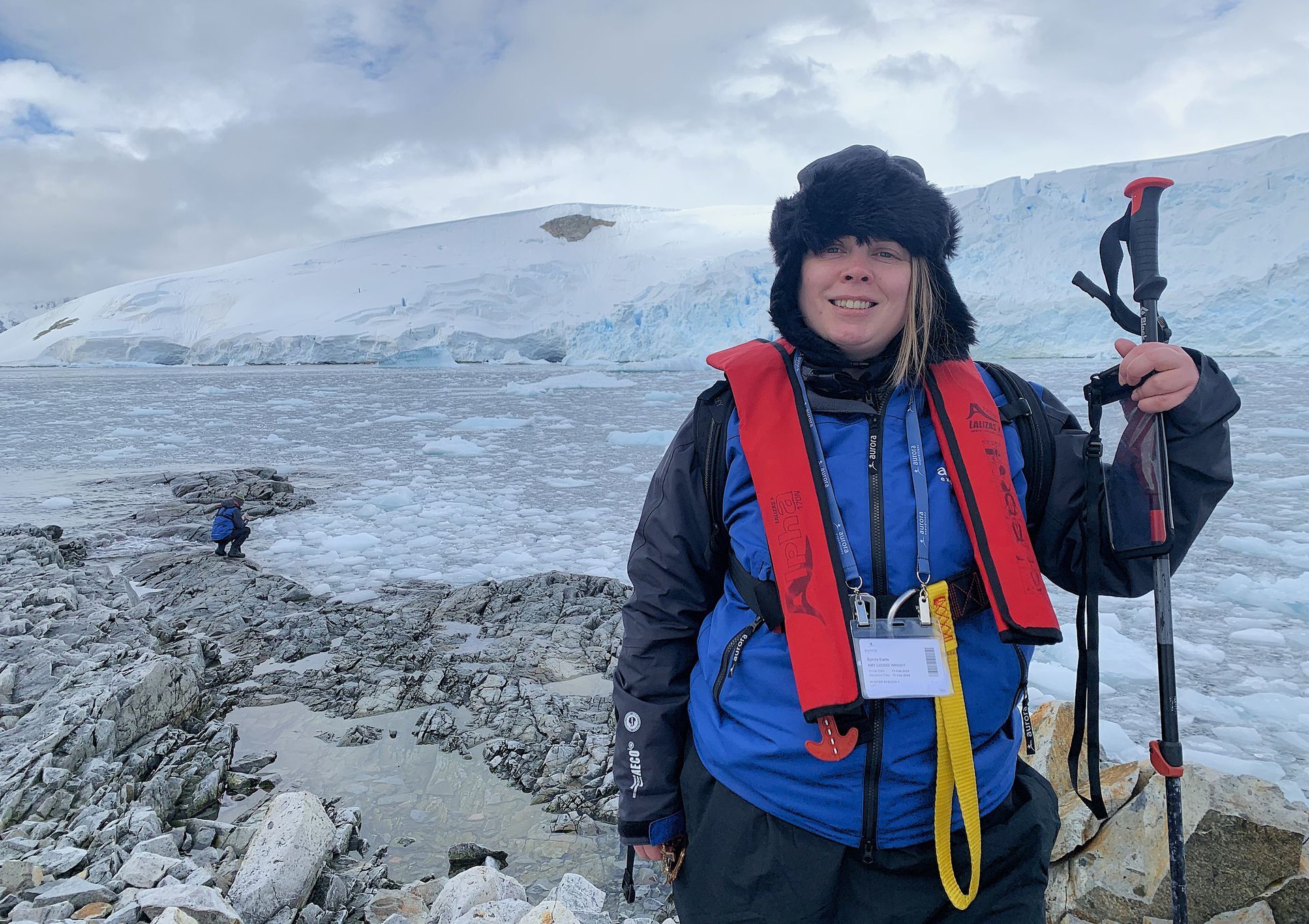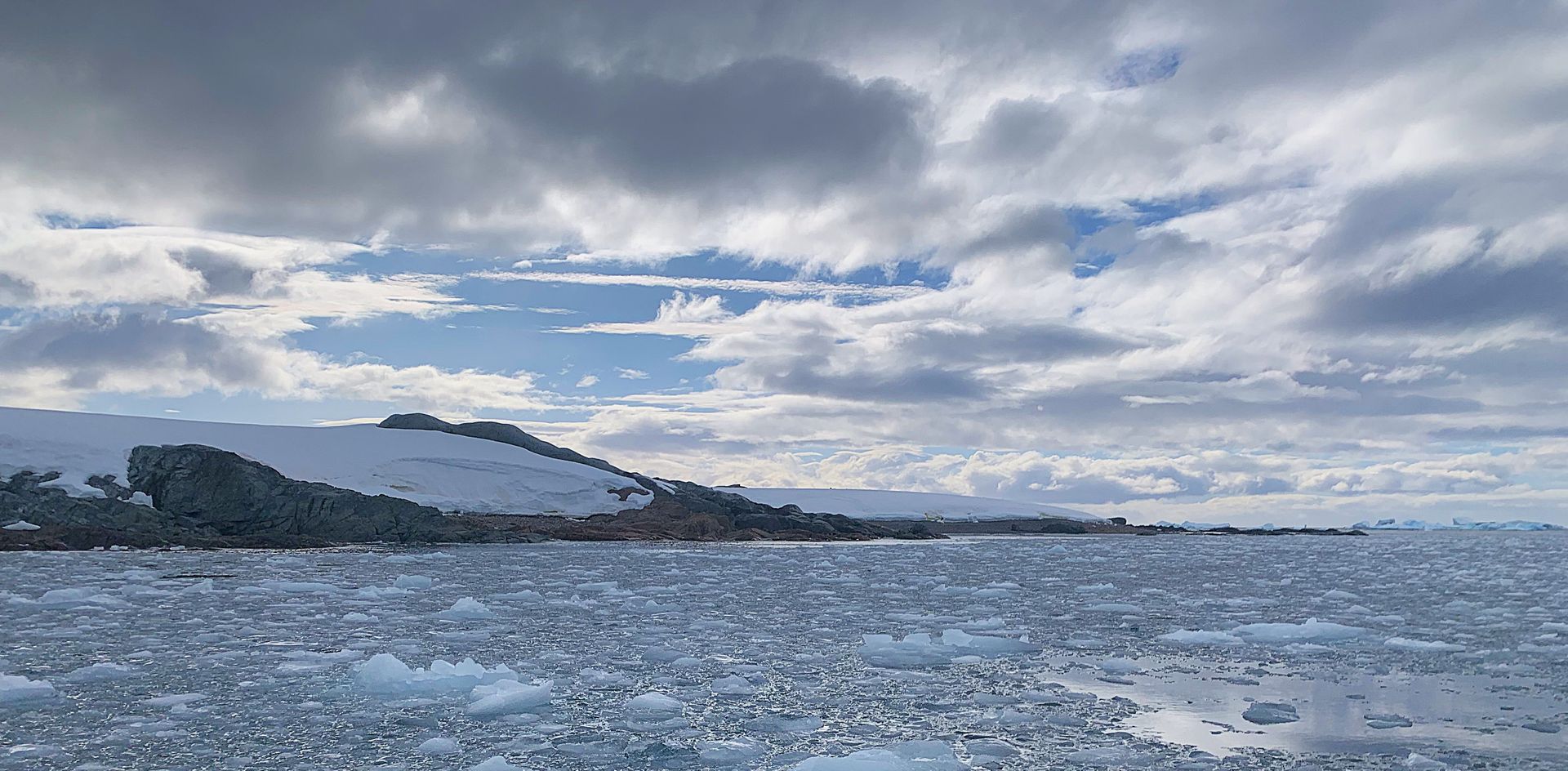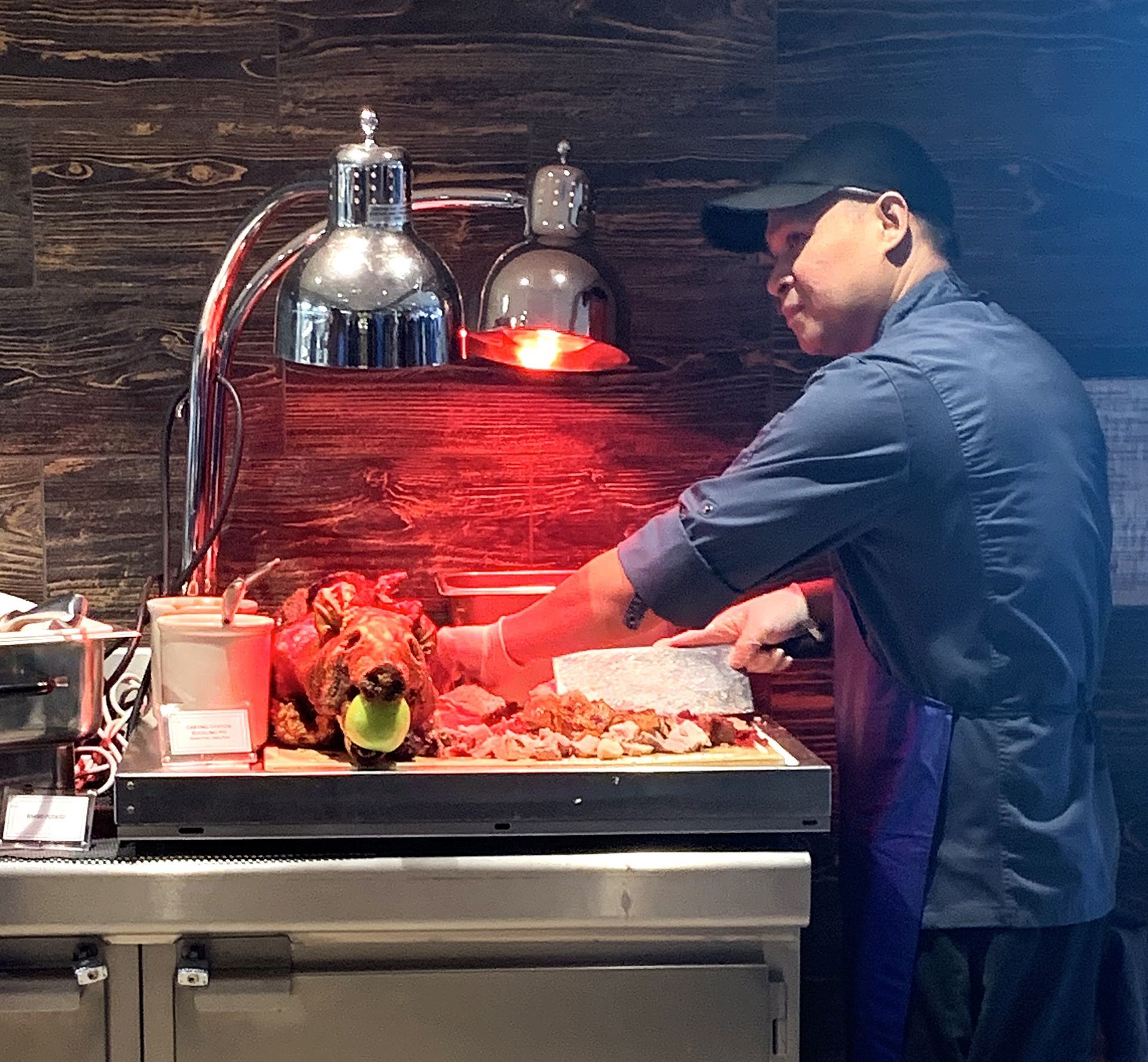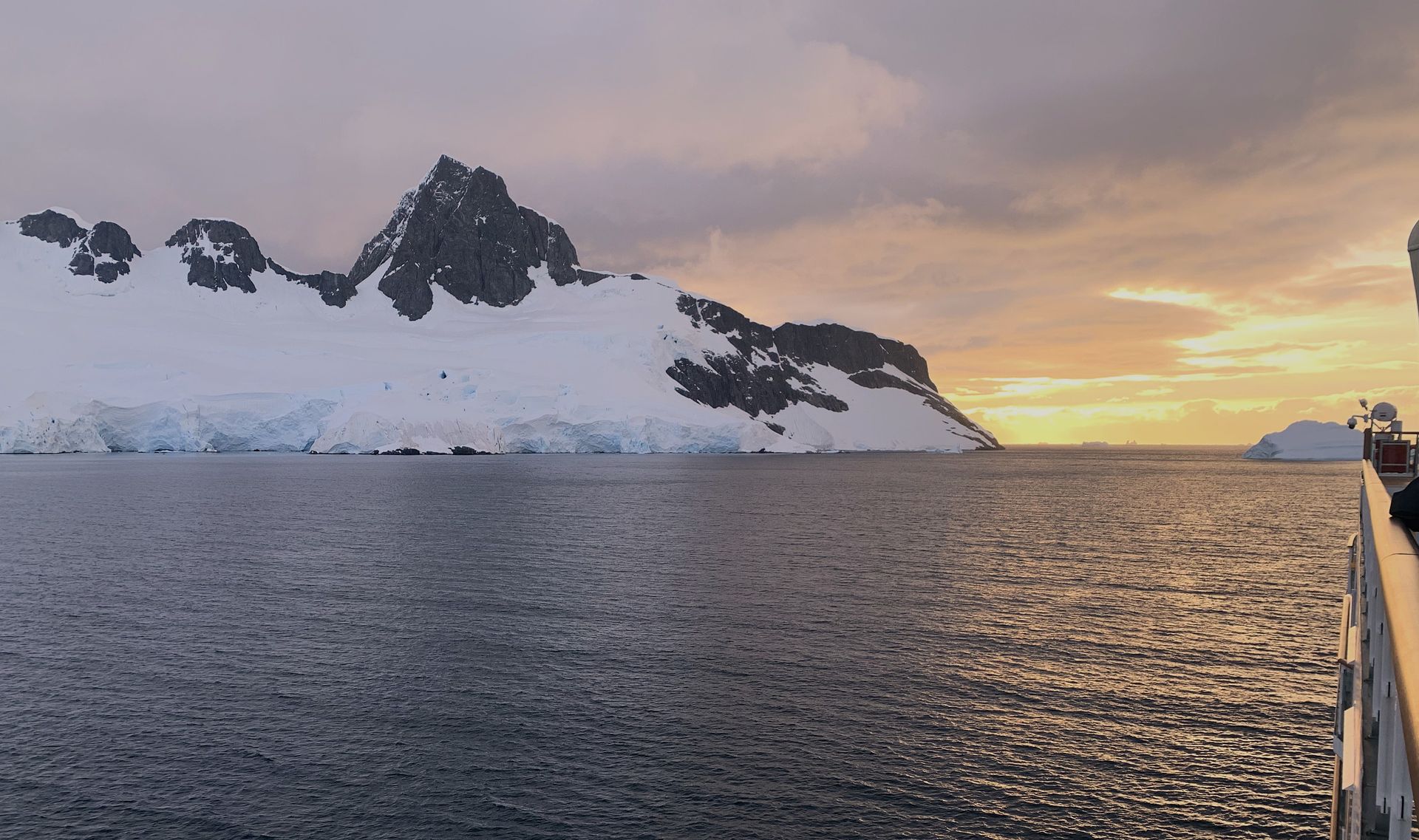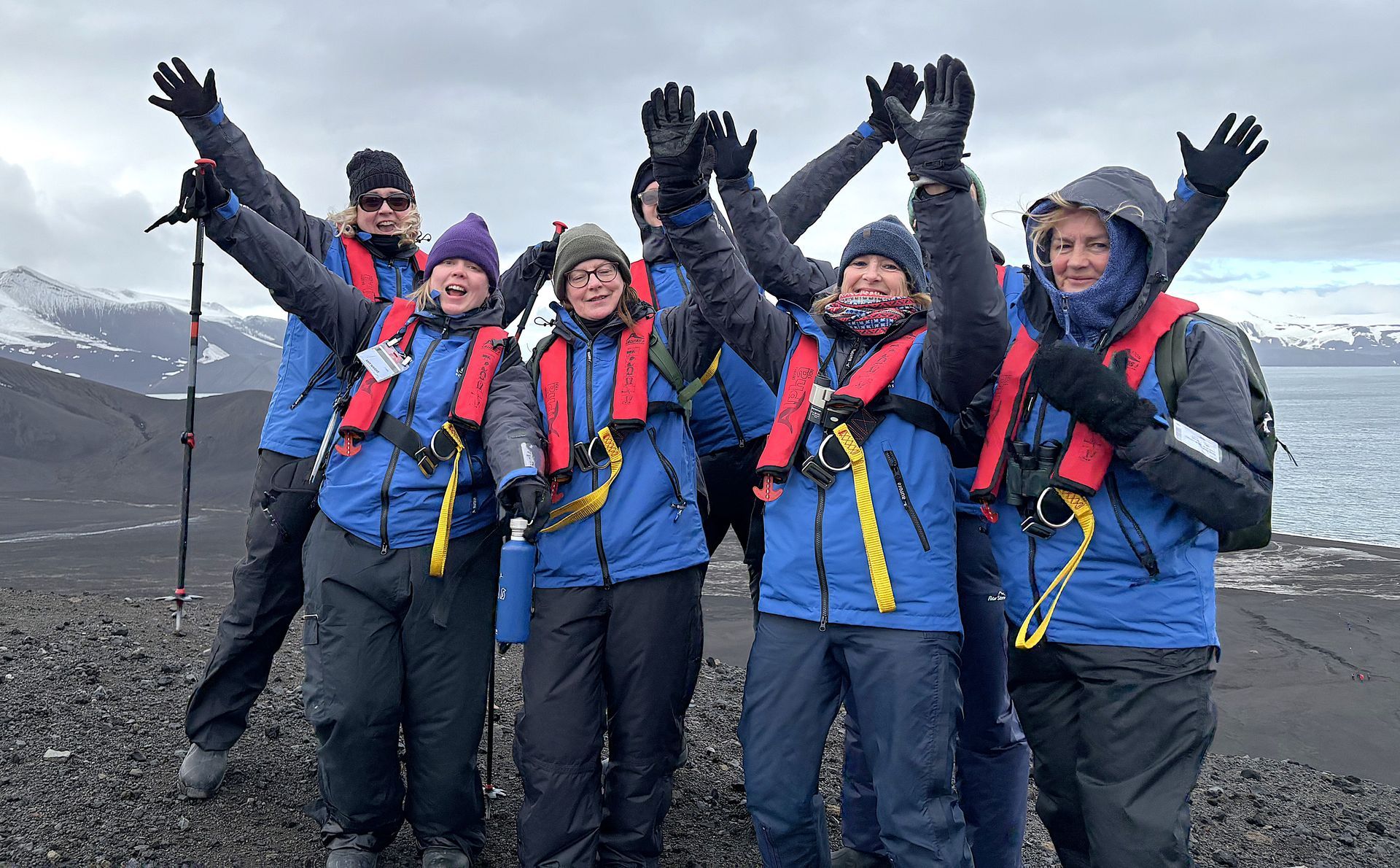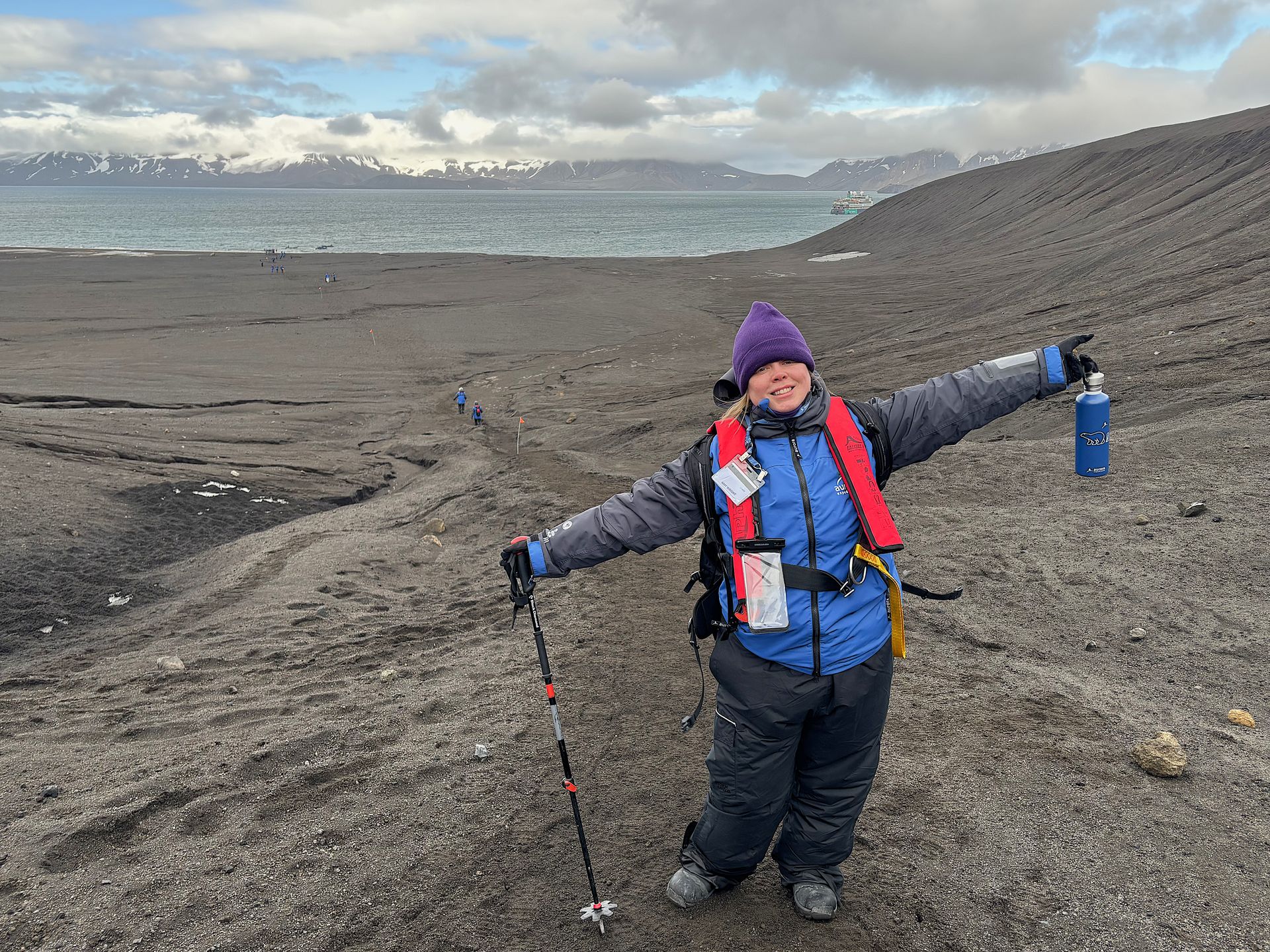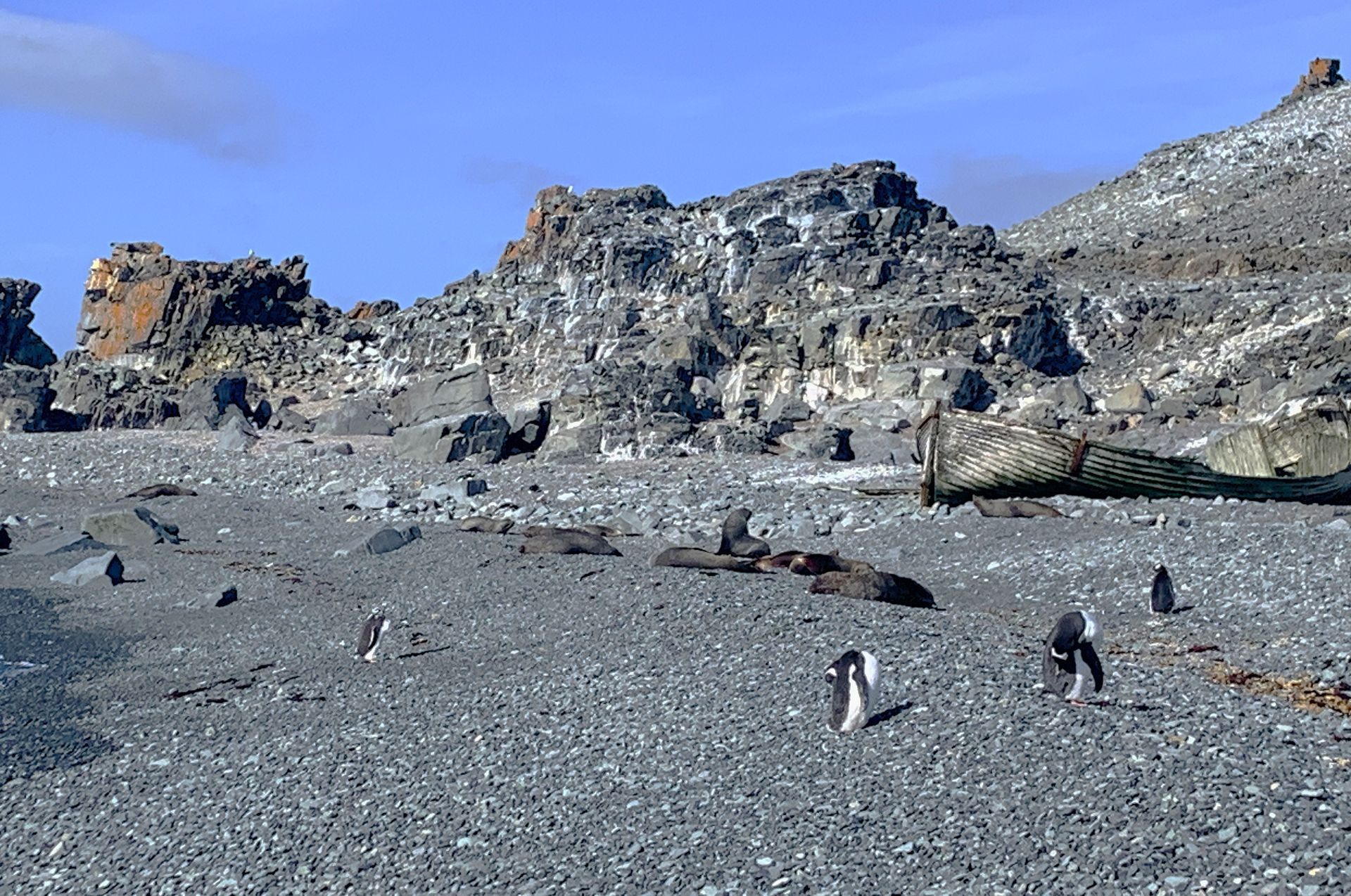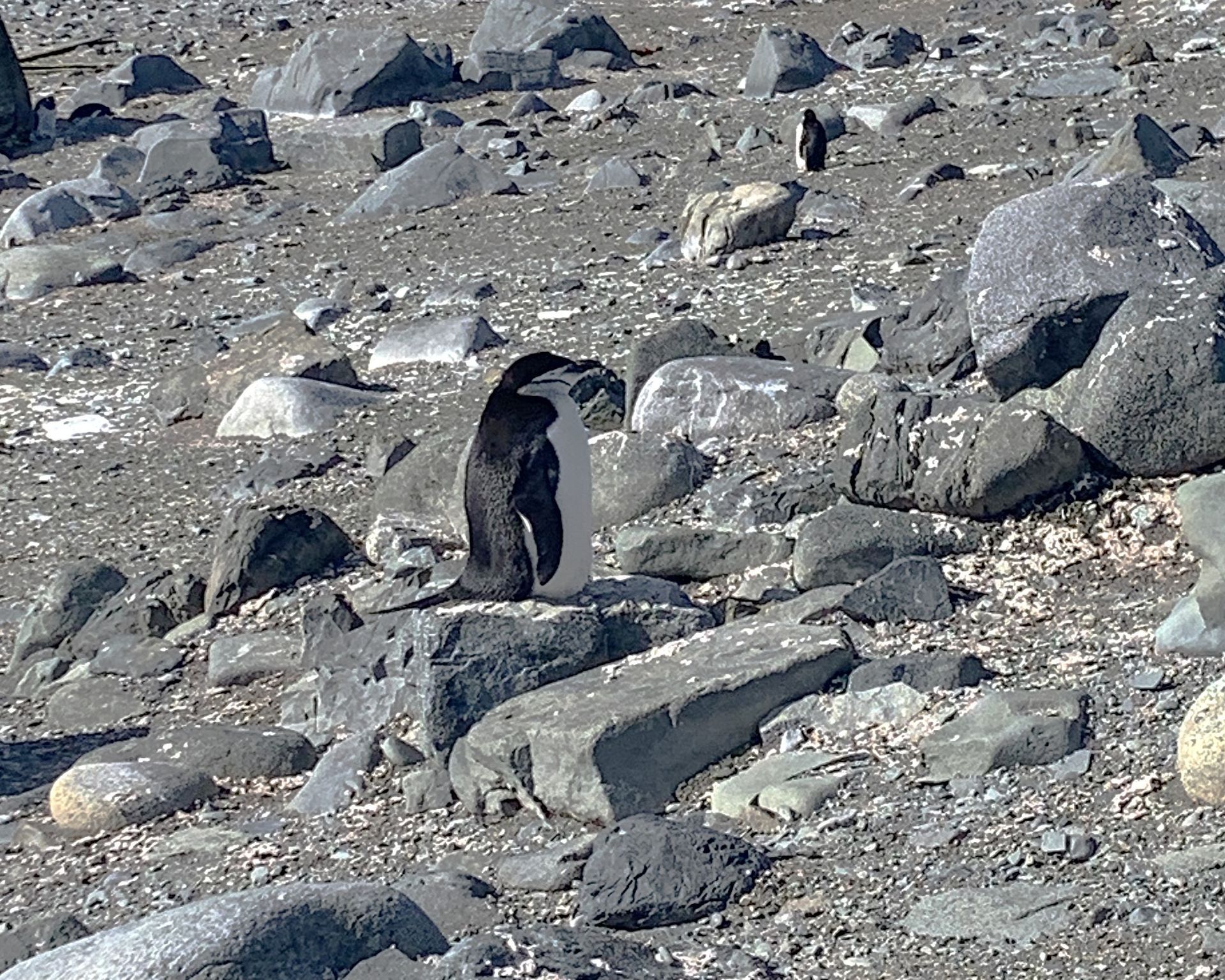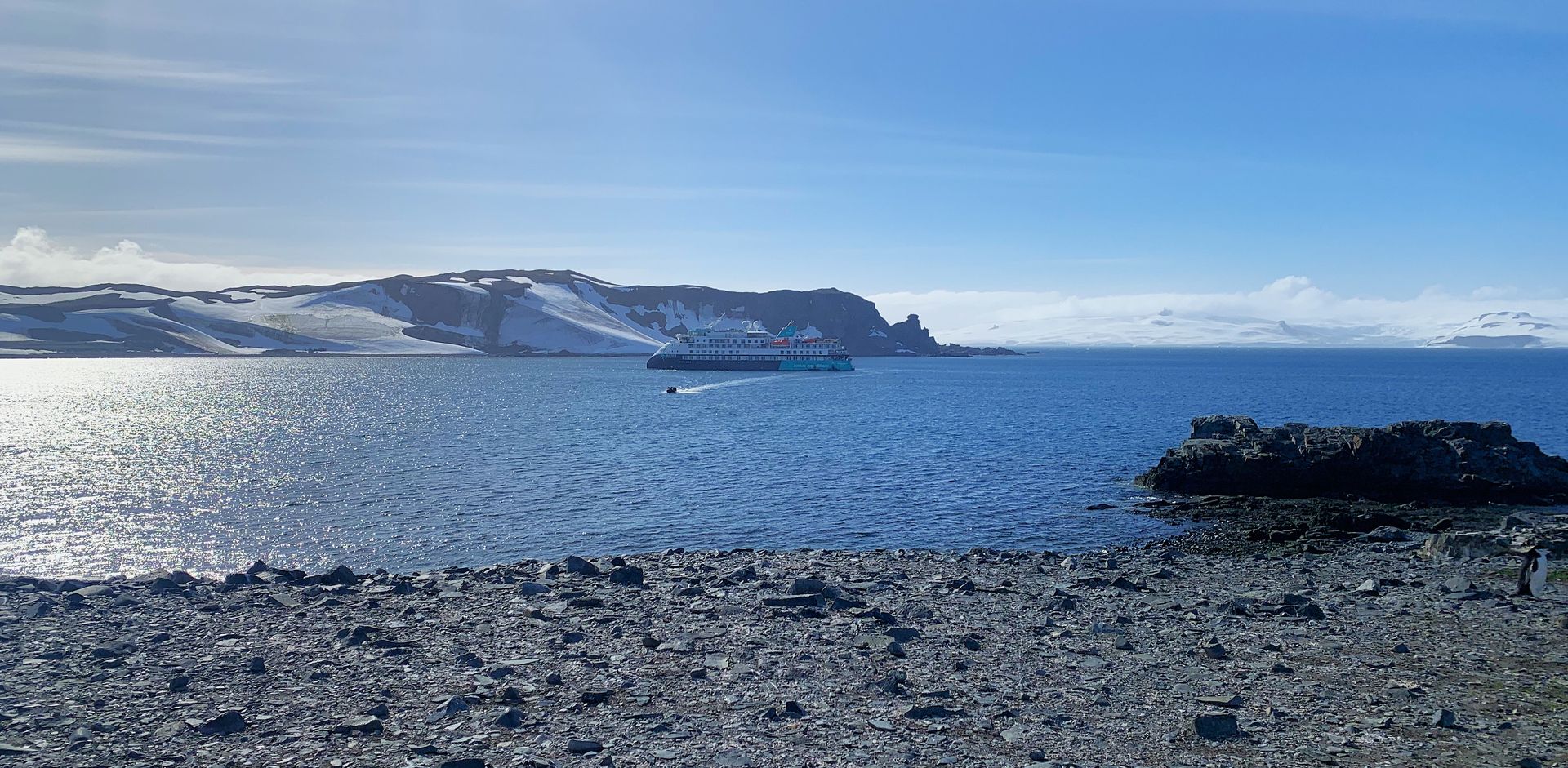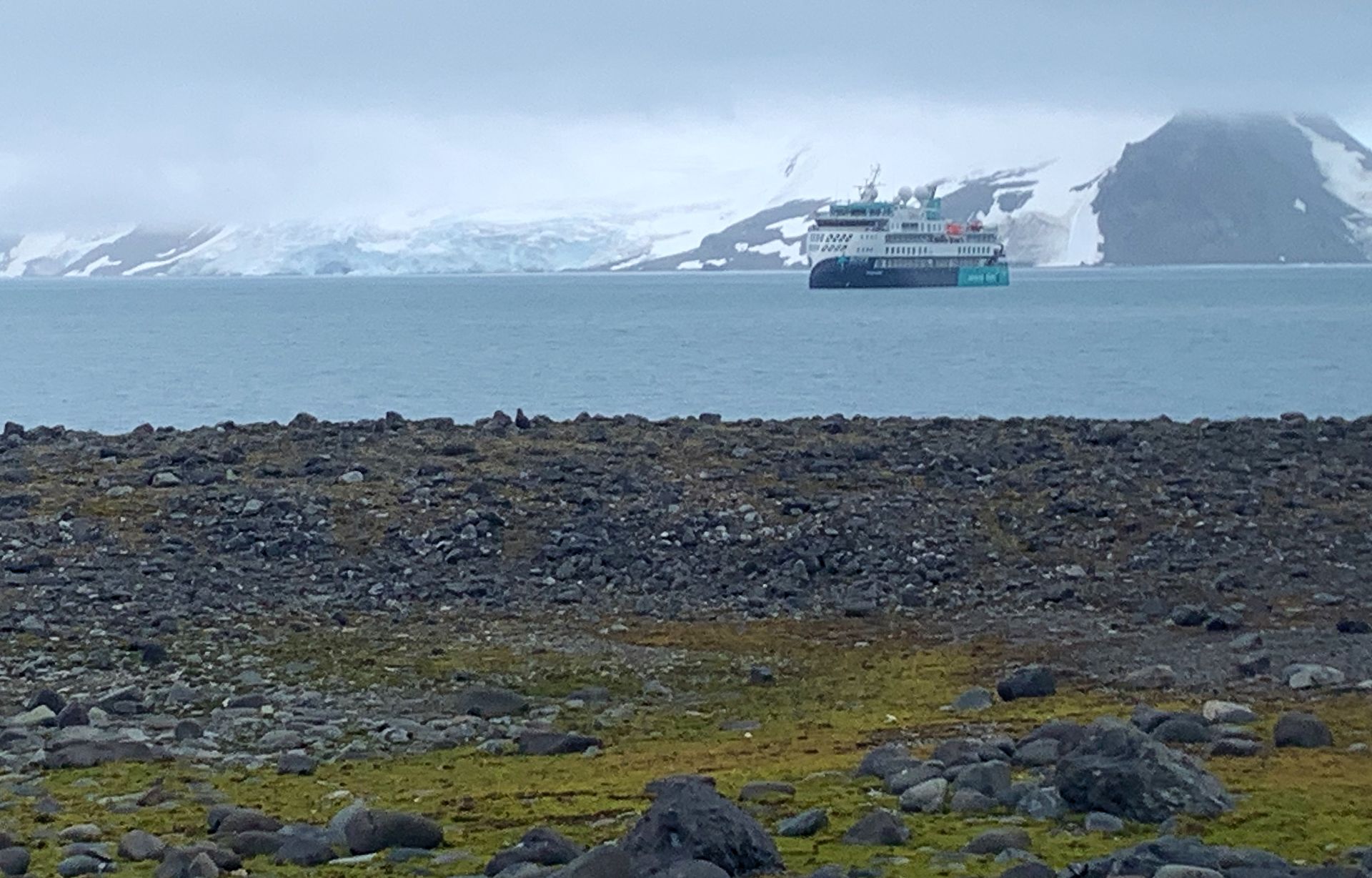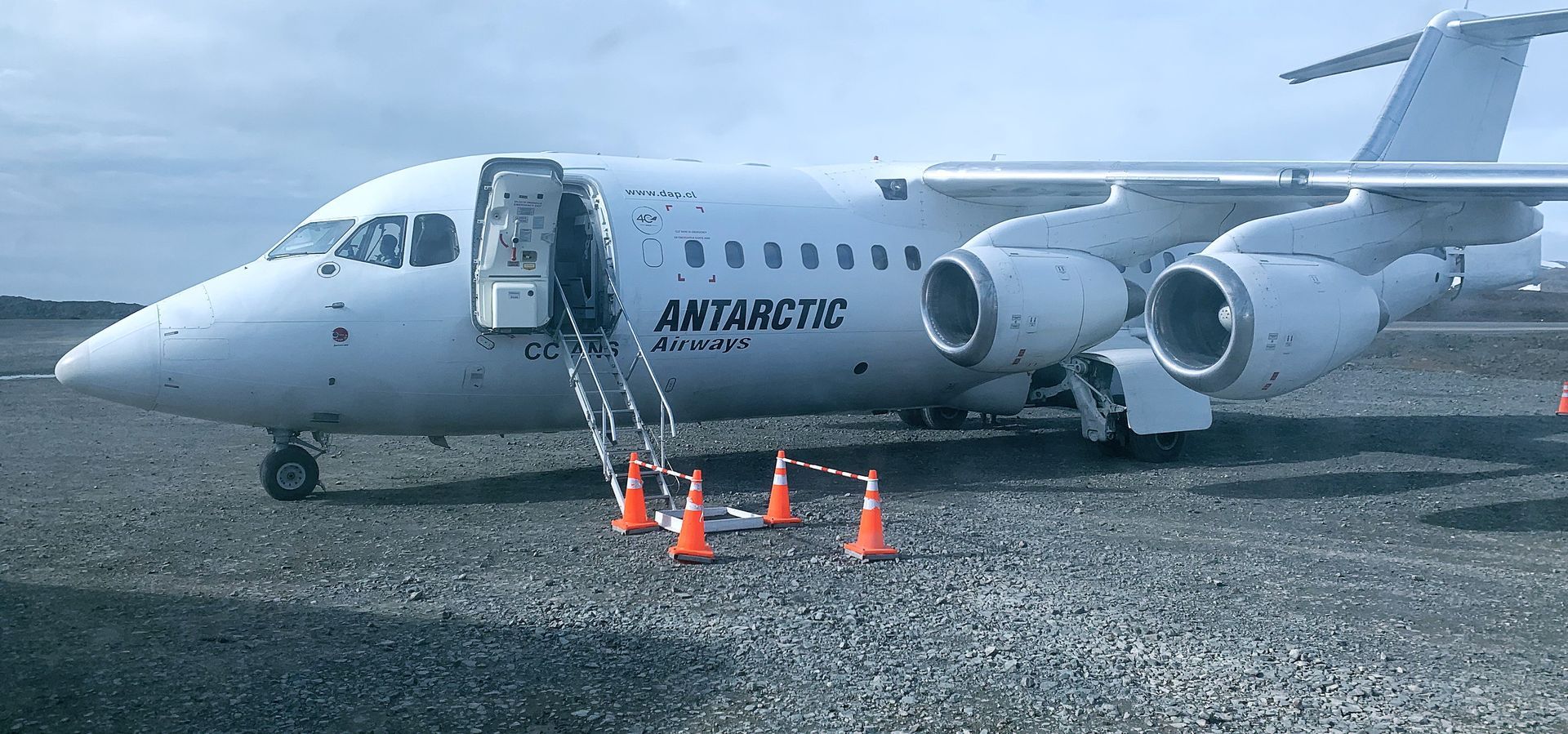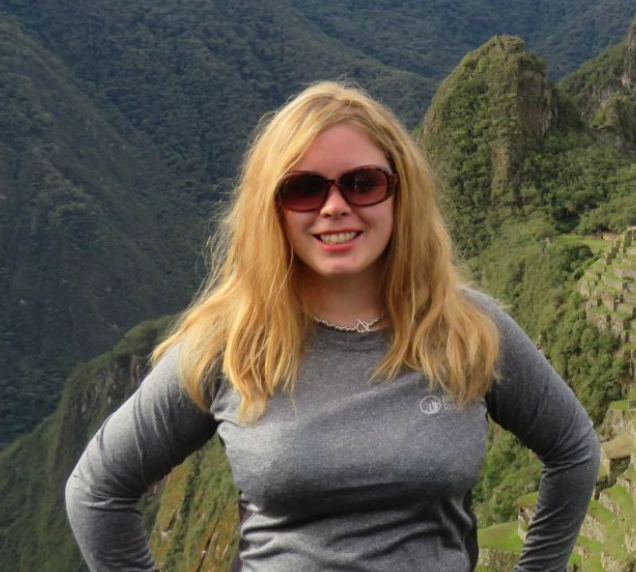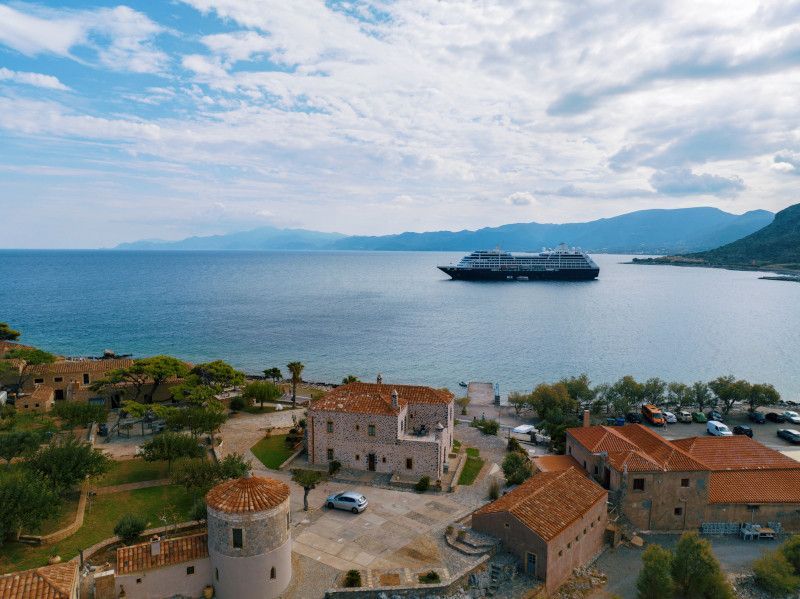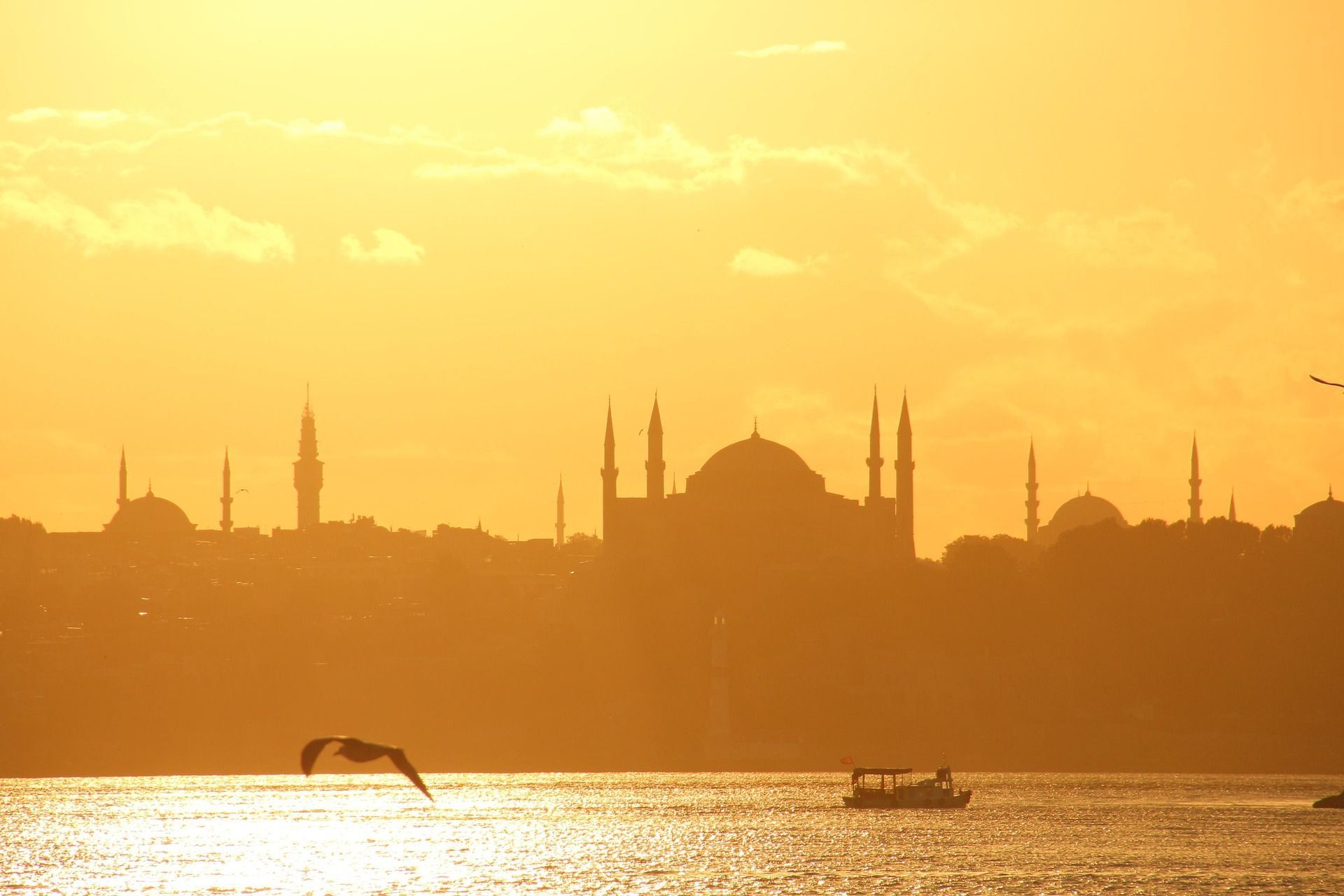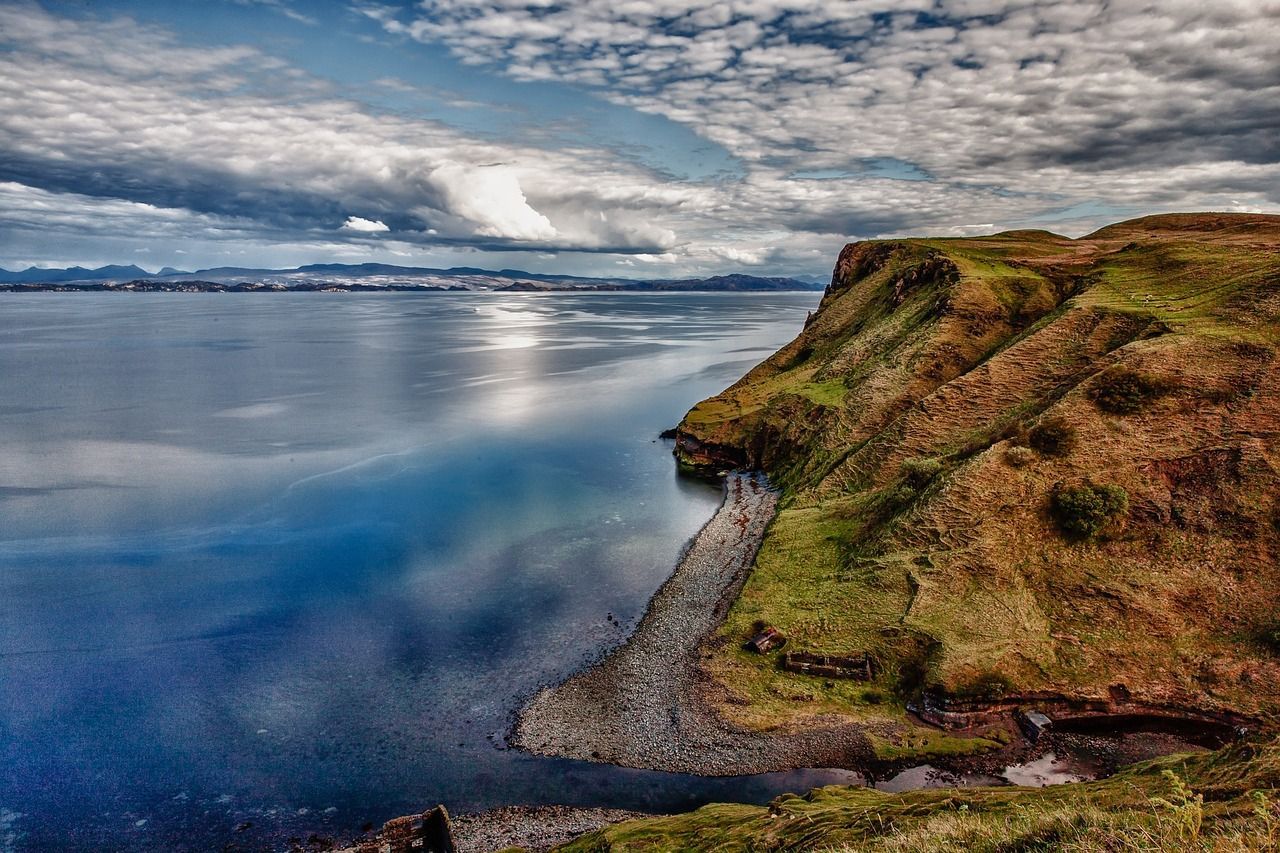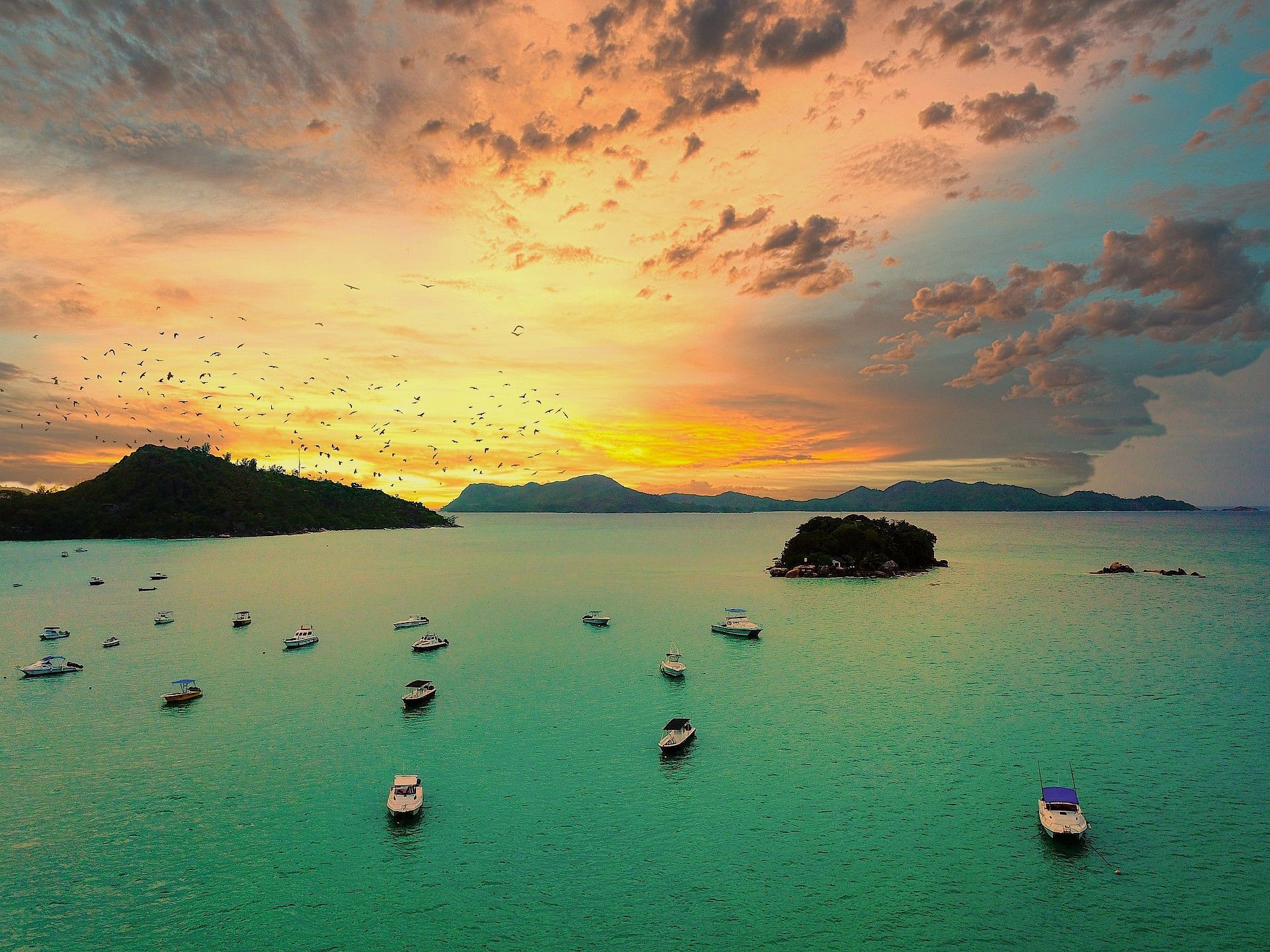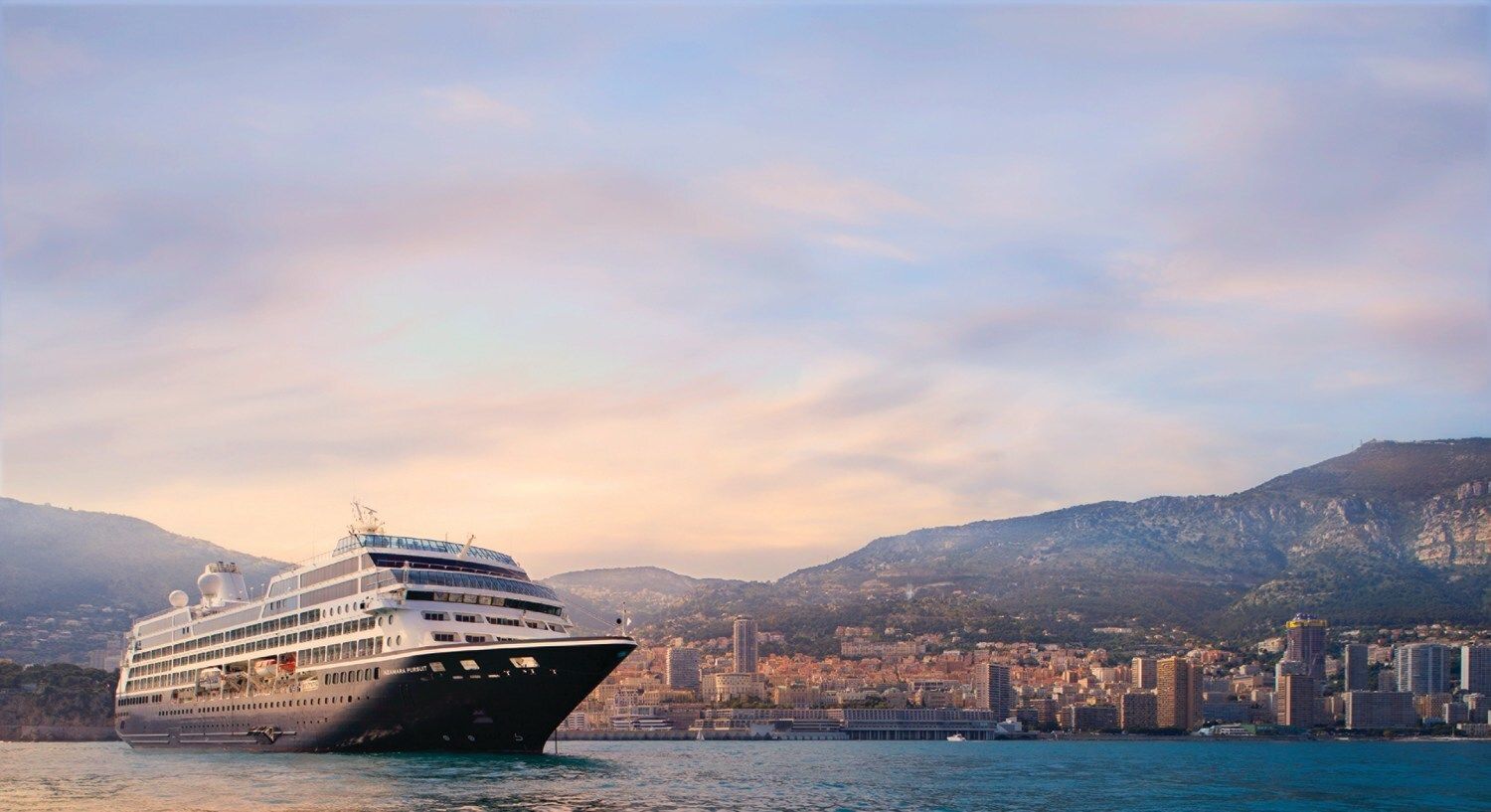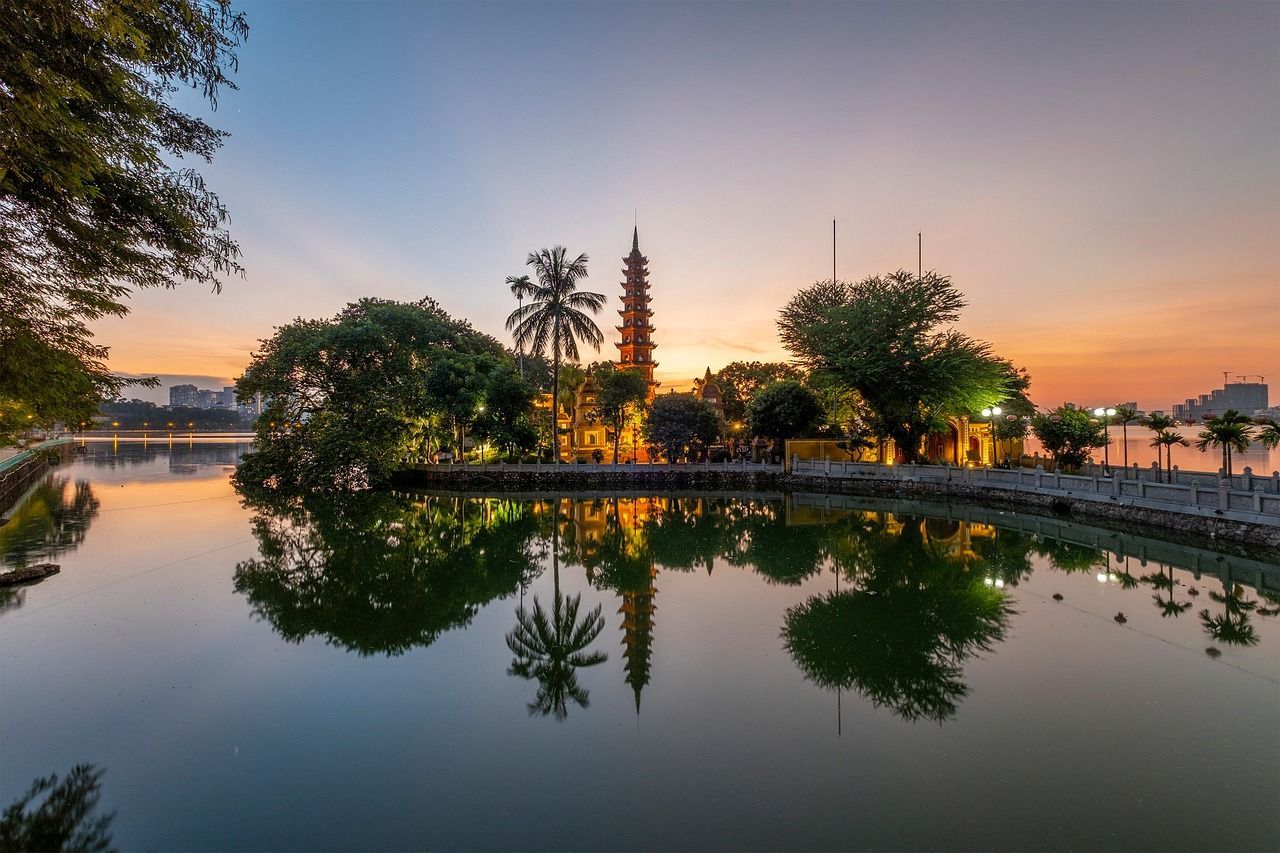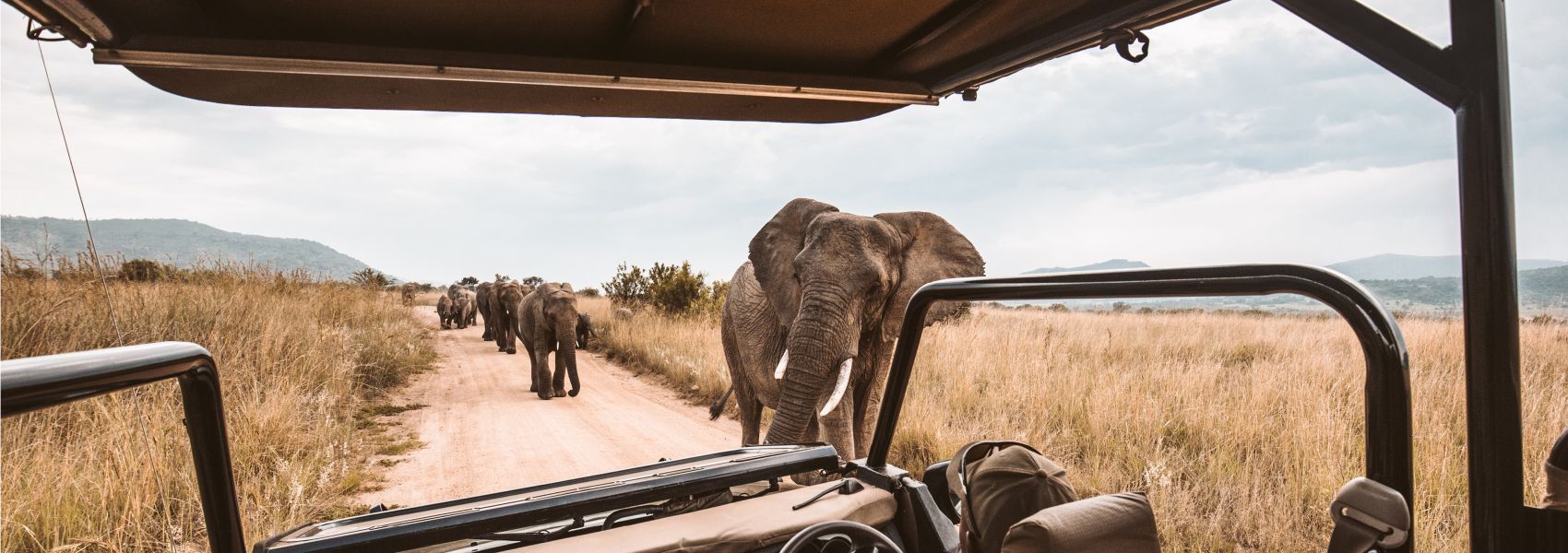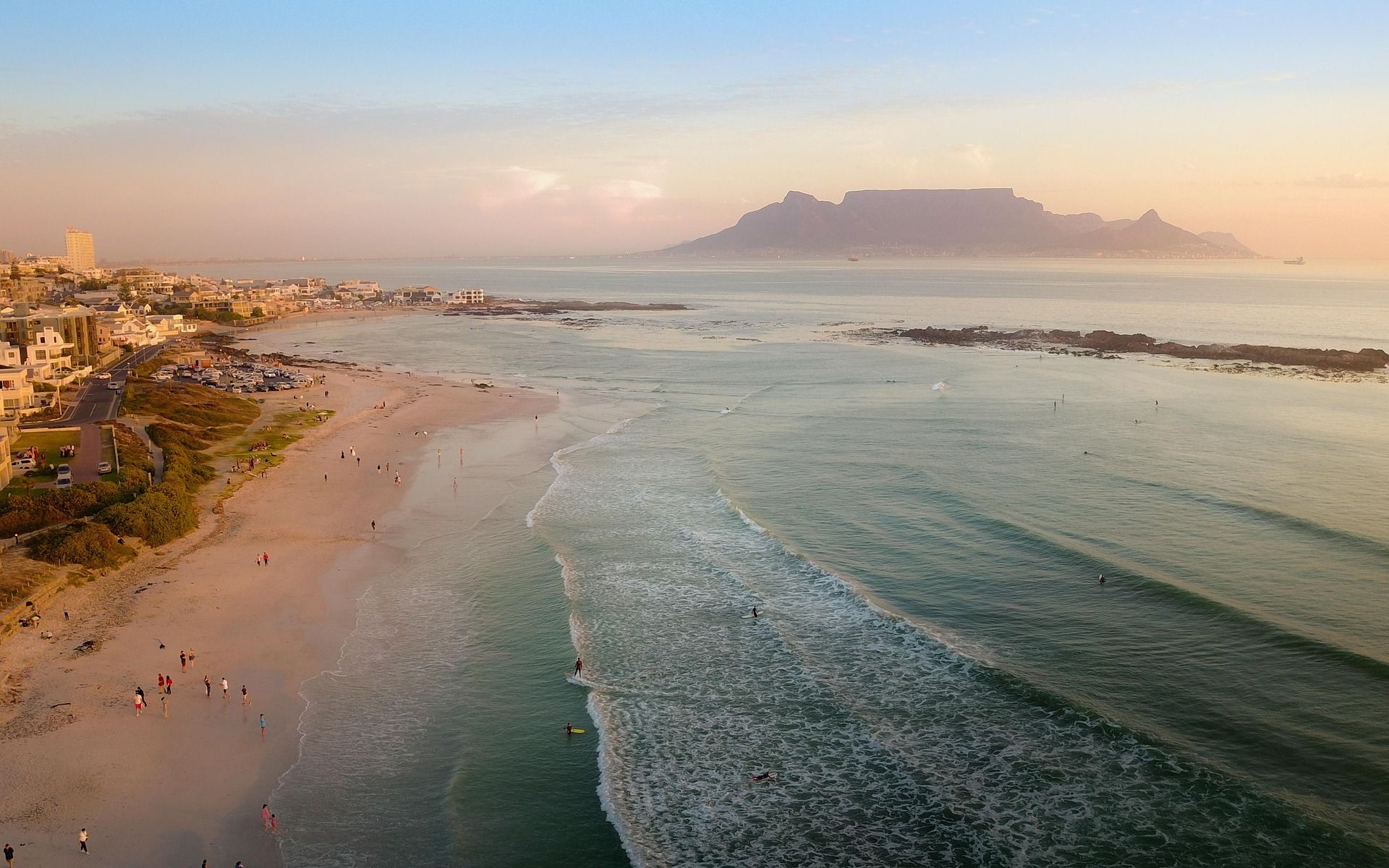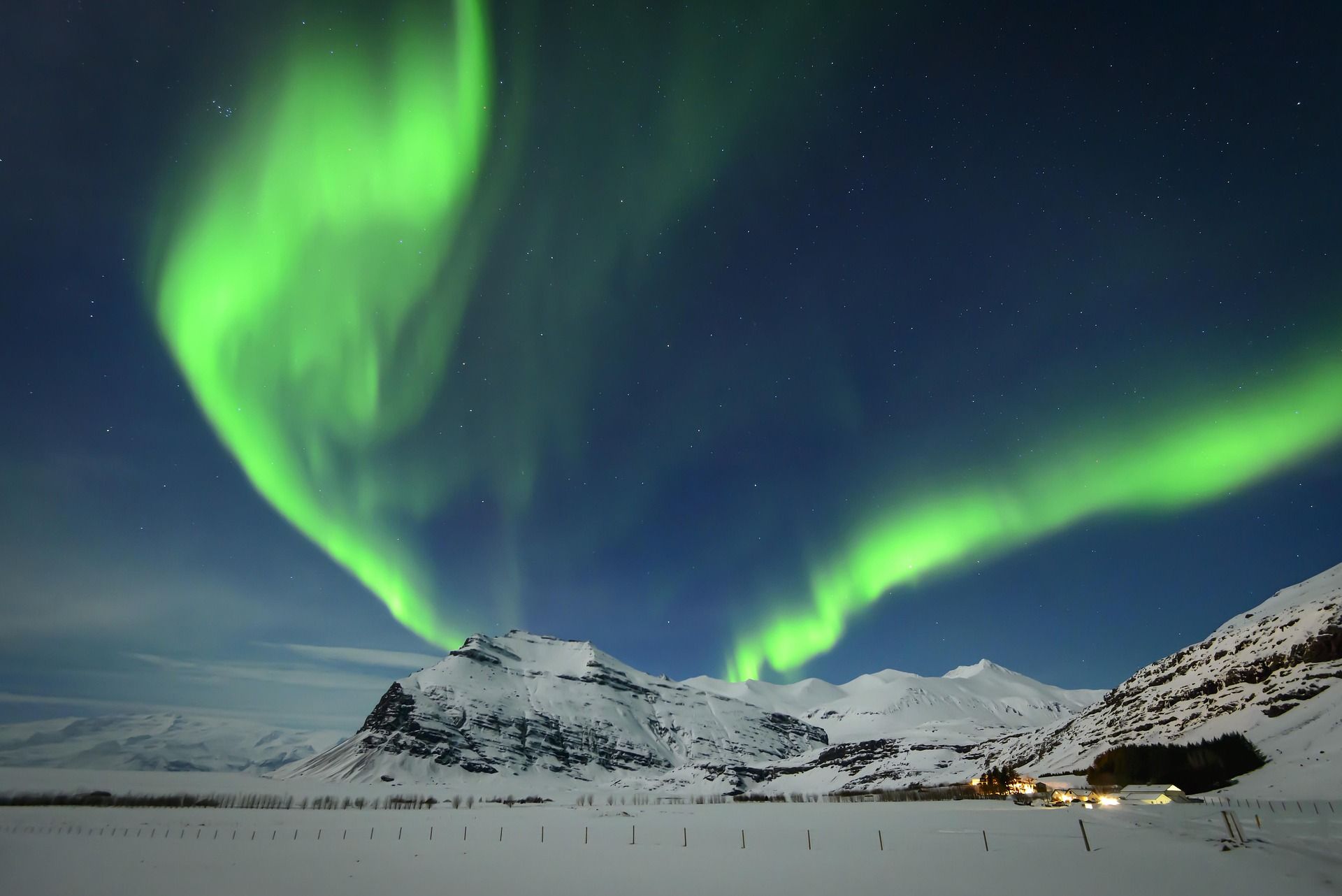Antarctica Expedition Cruise Review:
AE Expeditions / Aurora Expeditions
As someone who has ventured to the far reaches of the globe, I can honestly say my voyage to Antarctica aboard the Sylvia Earle with AE Expeditions was both awe-inspiring and deeply grounding. In this
Antarctica expedition review, I draw on real, on-the-ice experience to reveal why this remote, majestic continent remains unsurpassed—from navigating real-time expedition decisions and cruising among colossal icebergs to zipping out on Zodiacs for intimate penguin encounters. Backed by Select Travel Holidays’ long-standing reputation for trusted, expert advice, I guide you through what really makes an Antarctic expedition unforgettable—and what you’ll need to know before you go.
By Amy, Blogger-in-Chief at Select Travel Holidays | Master CLIA Cruise Agent
Last updated on 11 August 2025
Antarctica
Antarctica - the word evokes a wealth of images, from heroic (sometimes tragic) exploration to fluffy penguins and dramatic icebergs, and provokes a range of responses. Perhaps the most common I received when telling people I was going to
Antarctica was: ‘amazing – but won’t it be cold?’ Or words more or less to that effect. (Just wait until you tell someone you’ll be going snorkelling in Antarctica!)
Going to Antarctica can feel a little daunting. It’s such a place of superlatives: coldest, driest, windiest, remotest, southernmost. It might not be the largest continent, but it’s spectacularly vast. It conjures up eerie echoes of Shackleton, of Scott, of adventure…and tragedy, and even madness. Yet, in a strange way, this is perhaps much of its appeal. Perhaps not so much the tragedy and madness, but the rest of it: the almost romantic notion of going somewhere remote, relatively untrodden, somewhere ‘bigger’ than humans, where nature reigns almost supreme, and you are potentially pushed out of your comfort zone. That, and the penguins.
It’s a place that conjures up such dramatic images, somewhere almost spoken of in hushed tones of awe, that the thought of going can almost be overwhelming. Can it really match up with expectations? That, dear Reader, is what we shall see, as I travel with on board the expedition ship
Sylvia Earle with
AE Expeditions.
When is the best time to visit Antarctica?
Covering almost 14million square kilometres at the southernmost point of the globe, Antarctica is as remote as it is vast. In terms of being a destination to visit, its window is relatively narrow, with its hardy winter months between April and September making it impossible to visit.
The best time (and the best way) to visit Antarctica is during the expedition cruise season – the most common, almost universal, way to experience Antarctica unless you’re a research scientist or similar.
The expedition cruise season starts in late October with a few voyages and continues through to March.
AE Expeditions (Aurora Expeditions)
Expedition cruising is experiencing a real boom, with more ships being built and non-expedition cruise lines, such as Scenic and Seabourn, branching into the sector.
AE Expeditions (part of Aurora Expeditions), however, are not newcomers to expedition, and have been pioneering in the field since the early ‘90s. Founded in 1991 by the acclaimed Australian mountaineer Greg Mortimer (and his wife, Margaret) after his own experiences of setting sail for Antarctica in the late 80s to climb Mt Minto, they were also amongst the founding members of IAATO (International Association of Antarctica Tour Operators). In 2019 they launched the innovative, purpose-built
Greg Mortimer (no prizes for guessing who that was named after), which was followed in 2022 by the almost-identical
Sylvia Earle, named after the world-renowned marine biologist and oceanographer. Douglas Mawson, the newest expedition ship, will set sail in late 2025 - learn more about
Douglas Mawson or view the whole
AE Expeditions fleet.
In February, I had the incredible opportunity to embark on a voyage to Antarctica on board the
Sylvia Earle with
AE Expeditions. (Aurora Expeditions)
How to prepare for an Antarctic expedition?
An expedition to Antarctica is perhaps as far removed from any other cruise, or even travel, experience than any I’ve had so far. Getting the ‘right kit’ is essential as conditions can be extreme, even in the comparatively ‘warmer’ month of February, when the average temperature is 1°C. Weather can still be unpredictable, and you’d be wise to layer up, taking care to ensure you have that all-important waterproof layer, or spare gloves etc.
Happily,
AE Expeditions provide guests with an excellent 3-in-1 waterproof polar expedition jacket, so that was one less thing to worry about! (Some cruise lines offer these as ‘rentals’, but with AE, it’s yours to keep, and let’s face it, it can – and already has - come in very handy back home in the UK!)
Usually, when I go on a cruise – be it on the ocean or the river – I love to get all dolled up in the evenings and have even been known to bring an extra case of hand luggage for shoes, particularly if cruising straight from the UK. With all the thermal layers I’d need to bring with me to Antarctica (and weight restrictions*), there certainly wouldn’t be space in the case for any sequinned dresses or stiletto heels! I jest – but the reality is that the atmosphere onboard an expedition cruise is far more laidback and informal, and – frankly – after a day of exploring, even I wouldn’t have been in the mood to faff around putting ‘my face on’ and glamming up. Packing for this trip was completely different for me, and in itself an eye-opener!
What to pack for Antarctica
You can watch my video on ‘what to pack for Antarctica’ (above) or see what I actually wore ahead of my first zodiac cruise in Antarctica (below), which I found to be more or less the right level of layers and clothes, although I never really got on with the waterproof mitts on top of the gloves.
As well as handily providing a 3-in-1 polar expedition jacket, AE Expeditions also provide the use of muck boots for the duration of the voyage for landings and zodiac cruises. For both the jacket and muck boots, you’re asked about preferred sizing prior to travel, with the recommendation that you choose a size at least one larger than your everyday jacket size for the jacket (to account for your additional layers), and the same shoe size as your normal shoesize. However, there is an opportunity on board to exchange your jacket for a different size, be it larger or smaller, if you find that it doesn’t fit quite as well as you’d thought.
Another distinctive part of the pre-departure process is the self-assessed Medical Assessment. While some other cruise lines require a sign-off from a doctor as part of the Medical Assessment, regardless of your age or level of health and fitness, AE Expeditions take a more pragmatic approach and allow for self-assessment, only requiring guests to visit a Medical Practitioner to complete further details relating to the Medical Assessment if necessary.
Getting prepped for Antarctica for the first time
¡Hola, Argentina! Gateway to Antarctica: The Journey Begins…
Most Antarctic voyages with AE Expeditions are roundtrips from Ushuaia, an Argentinian resort town on the Tierra del Fuego archipelago, the southernmost tip of South America, nicknamed (somewhat dramatically) the ‘End of the World’.
However, they do also offer a fly/sail (or sail/fly) programme between Ushuaia and the Chilean port town of Punta Arenas on a number of voyages where guests fly between Punta Arenas and King George Island, the largest of the South Shetland Islands, to begin or end their Antarctic voyage. There are only a couple notable exceptions where guests sail into or out of Punta Arenas, and that is via the Chilean Fjords, otherwise the voyage is part of the fly/sail programme.
Antarctic Explorer Express
The option to fly one-way is beneficial for travellers perhaps pressed for time or for whom one crossing on the Drake Passage may be quite enough, usually for fears of seasickness. I was on the 9-day Antarctic Explorer Express itinerary, which is part of the fly/sail programme, embarking the ship at Ushuaia, crossing the notorious Drake Passage and exploring the Antarctic Peninsula before disembarking on King George Island to fly to Punta Arenas.
Introducing the expedition cruise ship Douglas Mawson
Shortly after I returned, it was announced that a third ship – the
Douglas Mawson – would be joining the fleet in 2025. Named after the British-born Australian geologist and Antarctic explorer during the Heroic Age of Antarctic Exploration (he was a contemporary of Scott, Shackleton, and Amundsen), the
Douglas Mawson (the 'Dougie') is slightly larger than Greg and Sylvia, with a maximum capacity of 154 passengers, although AE Expeditions have recently announced that, across their fleet, they will carry no more than 130 passengers in the
Polar Regions, which may potentially mean some great opportunities for solo offers.
Even more excitingly, the Dougie will feature new itineraries taking in East Antarctica and the Ross Sea, marking AE’s return to that part of the White Continent for the first time in 13 years, with departures from Dunedin, New Zealand, and Hobart, Australia, opening up new possibilities and adventures.
However, the vast majority of itineraries remain based from South America. Indeed, the new 34-day ‘Epic Antarctica: Crossing the Seventh Continent’ voyage will take expeditioners from Dunedin across the Southern Seas and Antarctic Peninsula before arriving in Ushuaia.
Pre-cruise stay in Buenos Aires
There are no direct flights to Ushuaia, and the most common route is via Buenos Aires. For my trip, I flew overnight from Heathrow to Buenos Aires, staying overnight at a charming boutique hotel in the Retiro district (Carles Hotel) and had just enough time in the afternoon to see the main highlights of the city via hop-on-hop-off bus (staying firmly on the bus, without any hopping) and go out for (what else?!) a steak and some Malbec just a short walk from the hotel.
For those with more time at their disposal, a slightly longer stay in Buenos Aires – perhaps even combined with a visit to Iguazu Falls – can make for a relaxed and cultural start to their Antarctica trip, allowing for more time to explore and adjust after an overnight flight before going on an epic adventure. Short though my time in BA was, and somewhat a little disorientated from a long flight, it was enough time to see enough of the city to make me want to return to Buenos Aires to explore at a more relaxed pace or to immerse myself a little deeper and be able to stay awake long enough for a tango show.
Flight from Buenos Aires to Ushuaia
However, I had a reasonably early wake-up alarm call for my flight from Buenos Aires to Ushuaia at 8.45 the following morning (the option to go an hour earlier had been vetoed). It took about 30-40 minutes and US $40 in the taxi the hotel ordered for me to get to the airport (I flew from EZE, which tends to be more international flights, but it is also possible to fly from the Jorge Newbery-Aeroparque Airport, which is closer to the city itself and used for domestic and regional flights). Although it’s a domestic flight, it is still a good idea to allow for plenty of time as there was a long queue snaking around the Aerolíneas Argentinas desk, which took about 50 minutes.
Pre-cruise stay in Ushuaia, Argentina
Once I arrived at Ushuaia, my trip with AE Expeditions began. A representative was waiting for me and my fellow would-be expeditioners at the airport, and we boarded coaches to take us to our pre-voyage hotel. AE Expeditions use two hotels in Ushuaia: Las Hayas Resort Hotel and Los Acebos Hotel (I stayed in the former).
Set higher up along the winding road that makes its way from ‘downtown’ towards the Martial Mountains that overlook the town below, both hotels are situated close to each other. We happened to arrive in Ushuaia on a gloriously sunny day, where blue skies were in their abundance – apparently, this was highly unusual, as the town can experience up to four seasons in one day!
Las Hayas Resort Hotel, Ushuaia
Check-in at Las Hayas was quick and efficient, the staff friendly and helpful (particularly as I didn’t have the right adaptor with me, they were able to lend me a spare), and I was soon brought to my room, which was incredibly spacious. Its extravagantly floral brocaded wallpapers and traditional mahogany furniture were charming, although a strikingly different aesthetic to the rest of the open-plan, contemporary Scandi-chic style the rest of the hotel seemed to have adopted. There didn’t seem to be air-conditioning, but the chap showing me into my room turned the radiator off for me and opened the window.
Las Hayas offers a variety of free activities, including guided hikes, water yoga as well as yoga in the nearby forest, archery classes, and wine tasting. A complimentary shuttle also takes hotel guests to the tourist port area downtown, although I (in my impulsive, impatient way) decided to walk down, which took about an hour, and was probably just over 3 miles, or roughly 5k.
There’s a lot you can do at the hotel or its surroundings, even in a short space of time, including the range of free activities offered by the hotel. Las Hayas also boasts a spa and a gym, an indoor pool, a bar, which featured an outside terrace that looked stunning in the sunshine with views out across over the town and harbour below and offered a lighter bar snacks menu, and a restaurant which served delicious food, with some fantastic fish dishes (particularly the ‘Patagonian Ceviche’ I enjoyed for my starter) and some incredibly large, and delicious-looking, steaks. The complimentary buffet breakfast was also good, with a nice variety on offer.
Exploring Ushuaia, Argentina
It was a busy day in Ushuaia port on the Saturday, with three or four ships in (but not yet the Sylvia Earle), as Ushuaia is also a port featured on South American cruise itineraries for more mainstream cruise lines – such as the Norwegian Cruise Line ship that was in port that day – as well as an embarkation/disembarkation port for expedition voyages to Antarctica.
Near the cruise port is a bustling tourist hub where you can find plenty of vending kiosks offering excursions, such as catamaran cruises on the Beagle Channel, as well as a path along the waterfront. It was a particularly glorious day to spend time along the waterfront, and there were plenty of spaces for people to relax and enjoy the sun while taking in the views of the sea on one side and the dramatic mountains on the other, and the colourful downtown buildings nestled between the two. In my impetuosity to leave for town at my own time, rather than wait to take the shuttle, I hadn’t had chance to register what the shuttle itself looked like, or where exactly it dropped off or picked up, and an hour’s walk uphill was less appealing than an hour’s walk downhill. Fortunately, there is a taxi rank next to the tourist port with taxis costing less than US$5 back to the hotel.
The following morning, I joined some others in my ‘fam trip’ group to go on a hike up towards the Martial Glacier. I didn’t quite make it all the way to the glacier as I believe the rep who’d picked us up on the coach from the airport said that the overall there-and-back trip can take up to 3 hours, but I hiked about 10k in total, and could easily see the glacier itself.
AE Aurora Expeditions Check In Desk
AE Expeditions have a ‘check-in’ hospitality desk at the hotel between 3pm and 7pm on the day I arrived in Ushuaia, which is also available between 8 and 10am the following day (the day of embarkation onboard Sylvia Earle). This is where guests can pick up their cabin luggage labels for the ship and fill in a check-in form including a pre-embarkation health form (just as you would for any other ship), as well as to confirm whether they wish to join the complimentary Beagle Channel Catamaran Cruise before embarking on the Sylvia Earle, or ask any questions. I found it easier to pop down when it opened to pick up the forms then wait until the inevitable crowds died down to return the completed forms and pick up my labels later, but it was a nice, simple process, and efficient.
Embarkation isn’t until around 4pm, so there was plenty of free time, particularly in the morning. As already mentioned, I spent the morning hiking towards the Martial Glacier, curtailing the route somewhat to ensure I could be back at the hotel in time for the Beagle Channel catamaran cruise at 12.30. It’s not mandatory, but I wanted to join in on the complimentary activity offered by AE Expeditions to see what it was like.
Unfortunately, the weather was not as glorious as it had been the day before, and whilst I had been grateful of that during the hike, it was a bit of a shame that we hadn’t been blessed with the same blue skies during the cruise.
There were some photo stops by islands populated by cormorants or South American sea lions, and the southernmost lighthouse. I mistimed my first outing outside of the catamaran cabin to take pictures, waiting until most of the other passengers had gone back inside, and went to the very front. But as I was about to start taking pictures, the boat started moving again, and I got soaked by waves (as well as the drizzly rain!). My poncho didn’t help very much, and by the time the catamaran cruise ended, and we were about to board the Sylvia Earle, I felt and looked quite bedraggled! ‘Drowned rat’ perhaps came to mind.
Embarking Sylvia Earle in Ushuaia
It was a quieter day in Ushuaia port the Sunday we were embarking on Sylvia Earle, and there was just one other ship present. Perhaps what struck me most at first glance was how small she was
We talk a lot about ‘small ships’ in cruising, and usually the yardstick is ‘less than a thousand passengers’, although there is an expectation that luxury or expedition ships are far smaller than that. Indeed, expedition ships travel in areas that have strict regulations on visitors – for example, in Antarctica, only 100 guests can land at any given time – so passenger numbers will be far smaller to reflect those practicalities.
Stepping onboard any ship for the first time, you’ll almost always be ushered into the atrium area or some other public space that’s designed to set the tone for the voyage ahead. Sometimes, my first impression of a ship can almost be one of being dazzled by opulence, and it seems the ship’s mission statement promises every luxury.
But that is not as in keeping with expedition, certainly not with the authentic adventurous spirit of AE Expeditions. Comfort is important, which was evident throughout the ship – my first impression was to note the light, airiness of the ship - but frivolous extravagance is cast aside. We were greeted by a glass of fruit juice, sandwiches, cake and slices of fruit, and the friendly faces of the crew, before being shown to cabins.
The Sylvia Earle has a maximum capacity of 132 guests (on our voyage there were 120), so perhaps I shouldn’t have been so surprised at how dinky she was. But perhaps it was seeing two ‘expedition yachts’ in port the day before, which now seemed like behemoths in comparison. What was also strikingly different about Sylvia from even the most cursory glance outside is her bow.
Ulstein X-Bow on Sylvia Earle
Norwegian shipbuilders Ulstein pioneered the streamlined Ulstein X-Bow back in 2005, initially used predominantly by vessels in the offshore oil and gas industry. Inspired by orcas, the X-Bow looks noticeably different because it is inverted to cut through the swell for a smoother transit so there’s steady pitching and dramatically less slamming through the waves, also helping to reduce fuel consumption as well as significantly minimizing noise and vibration.
AE Expeditions were the first in the expedition cruise sector to use this innovative bow technology when they launched Greg in 2019, and Sylvia followed suit. With her Ulstein X-Bow and her smaller size, she looked different to any other ship I have been on. It was exciting to get onboard my first expedition ship, and as soon as I got onboard, I felt like I was at home – on a ship, again!
Accommodation and Staterooms on Sylvia Earle
My case was already waiting for me, along with my 3-in-1 waterproof expedition jacket.
I had a B-Grade Balcony Stateroom on deck Four, forward. The vast majority of cabins can be found on decks 4 and 6, although you will find the two ‘Aurora Stateroom triples’ (the leading cabin) on deck 3, and the four Junior Suites and the three ‘Aurora Stateroom Superiors’ on deck 7.
With the exception of the porthole windows found in the two ‘Aurora Stateroom Triple’ cabins on deck 3, cabins onboard boast floor-to-ceiling views courtesy of their balconies, most of which are traditional balconies, although Aurora Stateroom Superior cabins feature French balconies.
The cabin itself was comfortable and spacious, with a large, cheering photograph of penguins above the bed, and I was particularly appreciative of the abundance and variety of sockets available for charging appliances. There were USB sockets by the bed and the table, as well as international adaptor sockets, and they were all easy to find!
Storage space was ample, too. The TV showed the daily schedule, as well as what was happening in the lecture theatre if you didn’t fancy leaving the comfort of your bed for a lecture. My favourite feature was the heated floor in the bathroom; ideal for warming up (and sometimes drying off) layers of clothes after an expedition or ensuring socks etc were nice and toasty before heading out! The heated floor could easily be controlled, along with the cabin’s air conditioning, with settings found outside the bathroom door.
The concept of a balcony in Antarctica did seem a little strange before getting onboard, but I certainly enjoyed the views it afforded. When on open seas, balcony doors are externally locked, and on embarkation (and, as it turned out, throughout the voyage), balconies were left unpartitioned without furniture. Usually on arrival in the peninsula, balconies are partitioned for privacy (although if you have interconnecting cabins next to each other, balconies can be shared to create longer balconies) and furniture laid out. I believe there was possibly one couple who might have requested furniture laid out. It is worth noting that balcony sizes vary according to position on the ship, as they tend to taper the closer to forward, and mine was quite narrow.
Whats the Captain’s Suite like on Sylvia Earle?
Later during the voyage, I had the opportunity for a sneak peek at the Captain’s Suite, located midship on deck 4. It’s the highest available accommodation category onboard, but AE Expeditions have perhaps a more egalitarian approach to accommodation than some other cruise lines. That’s not to say that it didn’t have additional complimentary touches, but its style was very much in keeping with the rest of the accommodation. However, at 43.8m square metres, it was easily the largest on board, and features a walk-in wardrobe, as well as a large lounge area. Guests in both the Junior Suites and the Captain’s Suite have complimentary use of binoculars and a free bottle of champagne, but whereas Junior Suite Guests have their mini bar stocked free of charge just the once on embarkation, Captain Suite’s guests have their mini bar replenished as and when necessary for free.
Safety First: Being a Responsible Visitor to Antarctica
Shortly after arriving in my cabin and having some time to settle in, it was time for the all-important safety drill. The seven short and one long blast from the ship’s signal system called on us to don warm clothes and grab our orange lifejackets to head to the muster station, where safety officers and crew familiarised us with the whereabouts of our lifeboats.
Muster station drills are an important aspect of cruising, mandated to occur in some form within the first twenty-four hours of boarding any ocean-going cruise, but it wasn’t the only mandatory briefing we had onboard. Cruising is a highly regulated industry, primarily to ensure the safety and comfort of passengers, but expedition cruising has a further layer of regulation because of the destinations visited, often with delicate ecosystems which require protection, or perhaps notoriously rough areas of sea, or simply because of their remoteness away from the nearest medical assistance.
Responsible tourism whilst in Antarctica
Expedition cruising can be challenging, too, and that requires taking extra care to safety, and the sector takes the maxim ‘leave no trace’ to the Nth degree, as well it should. The following morning, whilst we were sailing through the legendary Drake Passage, we had an essential introduction to IAATO and the importance of responsible tourism whilst in Antarctica, learning the ‘dos’ and ‘don’ts’, such as remaining at least 5m (15ft) away from wildlife, not using flash photography, or refraining from laying, squatting or kneeling on the ground or putting backpacks or other items on the ground (particularly important for reducing the risk of avian flu spreading).
As AE Expeditions are an Australian company, they are licensed by the Australian Antarctic Division (AAD) and therefore subject to their conditions, which prevail in any instances of inconsistency between the IAATO guidelines and the AAD permits and conditions (for example the AAD mandates keeping a greater distance from penguins than IAATO).
We were shown how to disinfect our muck boots and any walking sticks with Virkon before getting on and off the ship if landing ashore. Christian and Leo, the two most senior members of the E-Team (Expedition Team) took us through a comprehensive Zodiac briefing, as Zodiacs are the only way on and off the ship now that we’d embarked and left Ushuaia behind us.
We also had a biosecurity session where we cleaned all our gear, such as backpacks and any other outer layers, to ensure that we protect Antarctica from invasive species.
Although the Drake Passage was calm and nowhere near as rough as I had dreaded – apparently it was the smoothest crossing they’d had all season up until that point – I was still seasick and felt quite delicate whilst attending the mandatory briefing sessions. I was relieved that as all my clothes were brand-new and never worn before, I only had to hoover my backpack, which I had been using as hand luggage since Heathrow.
However, I had further briefings on the snorkelling programme, preparing me on the equipment needed, what to expect on outings, more safety aspects (such as what could go wrong, the importance of a ‘buddy’), putting on and taking off the dry suit and hood, and wildlife encounters from plankton to leopard seals – the latter could necessitate removal from the water. Given how delicate I felt on that first day of crossing the Drake Passage thanks to my seasickness, I was relieved that we didn’t have to actually try on any dry suits until the following day!
Expedition Team on Sylvia Earle
Of course, it wasn’t just mandatory briefings. On that first day onboard, we met our Expedition Team (or ‘E-Team’), led by Christian in the Lecture Theatre, effectively the hub of the ship. Screens are strategically placed around the Lecture Theatre so that everyone has a good view of any slides or videos shared during presentations or lectures, wherever they’re sitting.
With an E-Team of 20-strong, specialising in all manner of ‘ologies’ – such as ornithology, marine biology, glaciology, as well as photography, history, medicine, and even kayaking and snorkelling – the Sylvia Earle (and AE Expeditions) has a perfectly sized expedition team that allows guests more one-on-one time with the Expedition Team. The onboard Expedition Team is another difference found on expedition cruises, rather than on more traditional ocean-going cruising. In addition to the E-Team, there were 85 crew members.
The Antarctic Expedition Voyage Begins
I took a Dramamine as we set sail from Ushuaia, ‘el fin del mundo’, and commenced our journey south, cruising along the Beagle Channel with Argentina on our port side, and Chile to starboard. Goodbye civilisation! Later at some point that first night, we entered the Drake Passage, but I can’t say that I particularly noticed.
The Drake Passage is notorious as one of the most treacherous voyages for ships to make – because its position is so remote, currents meet no resistance from any landmass, giving rise to its reputation as ‘the most powerful convergence of seas’. Yet, it can also have calmer moments and smoother crossings. Hence, the Drake Shakes or the Drake Lakes.
Modern technology – such as Sylvia’s Ulstein X-Bowâ - can really aid transit in terms of passenger comfort, plus Captains are in a far better position to assess the situation, and as such, it is no longer necessary to have to power on through 40ft waves, they can be avoided. That being said, I can’t say that this was the part of the trip I was most looking forward to but saw it more as a necessary evil for getting me to the place I wanted to be. Antarctica would certainly be a great reward afterwards!
It can take around two days to complete the Drake Passage crossing. Much of the first day of the crossing, I did not feel at my best, to put it one way. If it weren’t for the mandatory briefings, I would have stayed in bed (which I must say was exceptionally comfortable) or with my head down the toilet. I missed two whole meals (including breakfast!), and anyone who knows me knows that you can tell the time by my stomach - regardless of the time zone, my stomach just knows when I’m meant to have breakfast, lunch, and dinner.
What time zone is Antarctica in?
Now that we’ve mentioned time zones, it’s worth noting that while theoretically Antarctica sits across all time zones, for practical purposes time zones are usually based on territorial claims, and as we were sailing out of Ushuaia, AE Expeditions and most other expedition ships use Argentinian time on board.
Onboard lectures on Sylvia Earle
I watched the afternoon lecture from Marcos, Olivia and Maude introducing us to Antarctic geology, the whales that live in its waters, and its diverse birdlife, from the comfort of my bed. However, even I could tell that the crossing wasn’t especially rough – but I’m such a poor sailor, perhaps unusually and ironically so despite my many cruising experiences, as most people onboard seemed unaffected except perhaps for one other notable fellow sufferer, so I was very much part of the exception than the norm on board. I am just very sensitive to even subtle rolling motions and should have simply taken two Dramamine tablets rather than one the night before.
Captain’s Welcome Cocktails
Having attended a Snorkelling briefing in the late afternoon, I did manage to make it down for Captain’s Welcome Cocktails not long after, although I stuck to a restorative ginger beer or two, which seemed to work wonders. It was also an unusual experience for me to attend a Captain’s Welcome Cocktails wearing a T-shirt and jeans, rather than getting dolled up in a dress and heels, but expedition cruising is a far more relaxed and informal style of cruising, with no sequins or dinner jackets required, and I was grateful for that!
Restaurants onboard Syliva Earle
There are two dining venues onboard Sylvia Earle:
- The Gentoo Restaurant
on deck 5, which is the main deck for onboard activities, as this is where you’d also find the Lecture Theatre, Citizen Science lab, Tektite Bar, and shop. The Gentoo Restaurant is the main restaurant onboard and serves buffet breakfast and lunch, and à la carte dinner. The menu includes a daily menu with meat, seafood, and vegetarian options, plus an "every day" menu with classics like Caesar salad and sirloin steak.
- The Rockhopper Restaurant up on deck 8, which also featured an al fresco dining area. The Rockhopper specialty restaurant serves à la carte breakfast and lunch, and a reservations-required steakhouse dinner. Lunch includes classic grill fare like cheeseburgers and hot dogs
The Gentoo Restaurant
We ate most of our meals in the Gentoo Restaurant; for breakfast and lunch, it was served buffet-style (although for lunch, you could always order a burger or a hotdog), and dinner was a la carte, again with some dishes always available.
The Rockhopper Restaurant
The Rockhopper offered a la carte dining for breakfast, lunch, and dinner, although dinner required a reservation (no fee, though).
For dinner, the Rockhopper Restaurant transforms into more of a grill speciality restaurant, offering a single menu throughout the voyage featuring appetizers, soup and salads including salmon tartar, seafood chowder, and calamari fritte, a choice of main courses from the grill, along with some delectable side dishes that were ideal for sharing, and a trio of sauces to choose from (sauce Bearnaise, Madagascar Peppercorn and red wine Bordelaise).
Finished with a delightful choice of desserts: chocolate fudge (I can personally vouch for this), Tahitian vanilla crème brûlée, and assorted ice creams and sorbet. The standard and quality of dining throughout the cruise was wonderful, and the service from the restaurant staff excellent, but it was really special to enjoy dinner in the Rockhopper Restaurant, and I would highly recommend making a reservation.
Food Sustainability on AE Aurora Expeditions
In recognition of the ship’s namesake Sylvia Earle’s work in marine conservation – particularly her concerns regarding overfishing – AE Expeditions have committed to a ‘Sustainable
Sea Day’ on day 6 of each voyage, where no seafood is available on that particular day.
Going further than that in AE’s response to overfishing practices, they ensure that all seafood onboard is certified by internationally recognised certifying bodies, and fish eggs and tuna are eliminated from onboard menus. In fact, all food onboard is sustainably-sourced, as AE have partnered with local producers and farmers to source fresh, high-quality ingredients.
Obviously, that’s a little trickier in Antarctica than, say, the Arctic, but they do work with farmers in Argentina as a way of supporting the local economy and community, whilst simultaneously reducing food miles as much as possible.
Day 2 onboard Sylvia Earle
Having learnt the error of my ways by making sure that I’d taken two Dramamine the night before, as well as enjoying dinner and some restorative ginger beers, I woke the next day feeling an entirely different person. I made it down to breakfast, and helped myself to a hearty fry-up, feeling like the world was once again full of possibilities and adventures for me (and where better to make the most of those, than in Antarctica)!
Fuelled for the day, and feeling human again, I was looking forward to taking part in the onboard activities as we made our way ever closer to the Antarctic Peninsula.
Photographer, Scott Portelli
We began with a lecture on smart phone photography from the ship’s photographer, Scott Portelli. It was short but sweet, packed full of excellent tips, and quite the eye-opener! I felt like I learnt so much more in the first 15 minutes than I ever had in my whole time of owning an iPhone!
Scott very kindly let me interview him about being a photographer on an expedition cruise…
Behind the scenes with ship photographer Scott Portelli
‘Citizen Science’ onboard Sylvia Earle
Later in the Lecture Theatre, Marcos, Olivia, Maude and Nicole each introduced us to various ‘Citizen Science’ programmes, explaining the Clouds app, Happywhale, eBird, and Secchi Disk surveys, and how we could participate in some of the programmes during the trip, sometimes simply by joining a survey out on the decks at a given time, or perhaps by signing up to a specific ‘citizen science zodiac cruise’, which had very limited places available on a first-come-first-served-basis.
Happywhale, for example, merely required the sighting of a whale (or more) and taking its photograph – if the fluke was captured in the photo, it could be uploaded to Happywhale to identity the whale by its markings, where you might possibly be able to track the whale on its future adventures, and if it was a previously unidentified whale, you could have the honour of naming it.
At 11.45, we were invited up to deck 7 to join the first eBird survey of the voyage, where we attempted to count and identify all the birds we could in 30 minutes. On the birdfront, it was pretty quiet; after all, we were enjoying a very smooth crossing of the Drake Passage with relatively little wind, which – whilst great for passenger comfort – meant that there were fewer birds taking advantage of the strong winds to aid their flights. I suppose under such circumstances, I would always be doomed to see few birds on the Drake Passage, for while a rough, windy crossing might encourage more birds to fly about, I’d be more likely to be found with my head down the toilet! However, we saw instead whales, which caused great excitement, and was just the first sign of things to come.
Belgica expedition in Antarctica
Later, there was a history lecture on the lesser-known but nonetheless fascinating Belgica expedition in Antarctica; its commander gave his name to the Gerlache Channel, while it was a first foray into the Polar Realms for a certain Roald Amundsen.
Afterwards, it was announced that we would soon arrive in the Antarctic Peninsula – at last! – and would have our first zodiac excursion a little later. Heading up to the deck in anticipation of our first views of the Antarctic peninsula, there had been a competition the previous night to predict the coordinates, date and time of the first iceberg sighting, and the winner managed to guess within 40 minutes of the correct time. It had been a cloudy, foggy day, so I’m sure that the cloud surveyors had had plenty to report on for the Citizen Science project while I’d been trying on my dry suit and other snorkelling paraphernalia earlier.
It still remained dense with clouds above us as we went out on to the deck, everywhere surrounding us with an eerie, slate colour, both seas and skies, but the seas were calm now we were in the Peninsula. Were those ripples simply waves, or could that be a seal or a whale about to surface? ‘Can you hear it?’ The excitement and anticipation spilled over into joy as we were in fact blessed, yet again, with whale sightings, and even a playful seal! Everyone’s excitement was palpable.
We also spotted our first icebergs, some seemed shrouded with fog, and suddenly it seemed to go quiet as we approached two ice bergs, one on our starboard side and the other on our port, and we made our way through the middle. I was fascinated and entranced by these striking, atmospheric icebergs.
Further excitement lay ahead with our first zodiac cruise. Sylvia Earle carries 15 zodiacs, and guests are called to get ready in the mudroom according to whether their cabin is on the port side or starboard side, which gets alternated so that the same side isn’t always going out first. Although if there is a snorkelling or kayaking excursion happening, they will always be called down to the mudroom first; one of the benefits of joining the snorkelling or kayaking activity programme onboard.
We were going to cruise around Melchior Islands, a group of low, ice-covered islands found near the centre of Dallman Bay in the Palmer Archipelago. There were more icebergs, too, with strange, intricate carvings and shapes, stunning colours of white and blue adding an attractive dash against the steel grey skies.
We saw a small colony of male fur seals – juveniles, we were told – and watched as some started jousting, while others lounged around on rocky beaches, and over by the Argentine Melchior research station on Gamma Island, we saw our first penguins – chinstrap penguins! Cormorants and kelp gulls also flew above our heads.
We also spotted an almost ghostlike yacht that we couldn’t really figure out where it was from or where it was licensed. The whole experience was cold but thrilling. But it wasn’t our last wildlife encounter for the day; during dinner, there was the call: ‘ORCAS!’ Even the experienced onboard naturalists couldn’t contain their excitement, as we watched as orcas came to the side of the ship and started playing around, vocalising. I felt breathless with excitement as I filmed from the dining room window, but some people went out on deck. It was magical, and frankly far better than any cruise ship entertainment I’ve ever seen.
That really is much of the beauty of Antarctica: an unexpected, unplanned, and completely delightful surprise could be round the corner at any moment.
Arriving in Antarctica onboard Syliva Earle
Waking up for the very first time in Antarctica, I was overwhelmed with happiness and excitement for what the day might bring; so much so, I got emotional at the music chosen for the daily wake-up call at 7am (‘Pure Imagination’ from the Willy Wonka soundtrack.) The wake-up calls, usually at 7am, were something else a little different from my usual cruising experience, as a different member of the E-Team would play some music of their choosing and announce that breakfast would be open in half an hour. The first wake-up call had been accompanied by ‘Down Under’ by the Australian band Men at Work. I can’t recall the other songs they used, but those two particularly stuck with me. It felt surreal, listening to Pure Imagination, and pulling my curtains aside to see ice bergs and know that I had my first full day in Antarctica ahead of me
Flexibility of an Expedition Cruise
Each day, there was a ‘Plan A’ for where the Captain planned to take us, which would be announced the night before during the evening briefing before dinner, but timings in particular could move around a little.
Unlike a normal cruise, there aren’t planned ports of call on an expedition cruise itinerary given out months ahead or even before departure, as there are just too many variables at play to guarantee whether you will be able to visit a certain spot at a certain time, and much of the attraction of an expedition cruise is the spontaneity and unknowability that gives it its sense of adventure.
Instead, you’re briefed the day before on what the plan will most likely be. An expedition cruise simply can’t be replicated, each is unique to itself.
Port Lockroy, Antarctica
We had been advised that we weren’t likely to have any landings today, even in our afternoon location at Port Lockroy, perhaps one of Antarctica’s most famous ‘landings’, due to the risk of avian flu to the penguin colony that resides on much of the area by the British Antarctica Base.
Australian guidelines for Antarctica require a 15m distance from penguins – stricter than the IAATO regulation of 5m – and there simply wasn’t the space on the island to be able to keep a safe distance from the penguins. However, zodiac excursions still enable you to take in the stunning scenery and wildlife; from our zodiac cruise around Port Lockroy that afternoon, admiring the penguins from a safe distance, as well as witnessing a glacier calve – an incredible ‘blink and you’ll miss it (and certainly not be quick enough to photograph it!) moment – whale bones from historic whaling, and a Weddell Seal lounging around on a rock.
The weather was pretty snowy and windy to begin with, and only got stronger and harsher as we made our way back to the ship, where the coffee and hot chocolate machine in the Lecture Theatre was a very welcome sight.
Port Lockroy is perhaps best known as the southernmost post office in the world, and while we couldn’t come ashore ourselves to visit the post office and its museum, the staff from Port Lockroy were able to join us on board to sell their gift shop merch, and for guest to send postcards via ‘Penguin Post’. I was surprised that my postcards to my parents and the shop only took about a month (less surprised that my postcard to my boyfriend living in Spain took the longest, at several months).
Paradise Harbour, Antarctica
Sylvia Earle was anchored in Skontorp Cove in Paradise Harbour for the morning. Snorkellers and kayakers are the first out on excursions, and we’re given a time to be suited up and ready to leave. We would be snorkelling in dry suits which would be worn over our normal thermal clothes and layers, and bring pink bags with us on to the zodiac which would contain our diving gloves, flippers, and snorkel masks etc. Now, here, Dear Reader, is where I must confess to something a little embarrassing and silly. I am, by nature, quite a worrier and can get flustered easily. I fret about being late, or somehow doing things wrong. I had butterflies of anxiety and nerves as I was getting ready, suited and booted, whilst everyone else around me seemed self-assured (after all, most people during our initial snorkelling briefing had described having had previous snorkelling and even diving experiences). It was only when I was about to get on to the zodiac that I’d realised my ridiculous mistake: I’d put my gloves in my trouser pockets that I had no access to whilst in my drysuit! I almost instantaneously vetoed the idea of dashing back to my cabin to get one of my other pairs, for fear or being late.
Snorkelling in Antarctica
We were going on a zodiac cruise before finding a place to snorkel; AE’s snorkelling (and kayaking/paddle-boarding) programmes give you the chance to explore by zodiac cruise or go on a landing for a short hike before snorkelling, so you get the best of both worlds, and all before the other guests.
Our zodiac cruise took us past Brown station, the Argentinian research base renowned for being burnt down in 1984 by the station’s doctor in protest against orders to stay over the winter. We also took in magnificent scenery, from rugged, moss-covered and cormorant-occupied cliffs to the steep glacial walls of the Suárez Glacier. Eventually, the cold started to get a bit too much for my gloveless hands, and I struggled to put on the diving gloves to give my hands some protection from the harsh winds.
After a while, we returned near the Brown research station as a base for snorkelling. Gentoo penguins could be seen along the rocky beaches, sometimes waddling into the sea for a swim. It was time to enter the water and snorkel. As my body descended into the cold Southern Ocean, it felt like a shock, and I think I started to panic a little. I must only have been in the water for the slightest amount of time, although I still somehow managed to swallow a lot of sea water, and suddenly it felt like my brain was screaming NO at me. Almost immediately I was asking to be let back on to the zodiac, and as I struggled to heave myself back on, I felt such a fool. Part of me wanted to maybe give it another try, but mostly I just felt silly. I think I had spent most of the time inwardly berating myself for forgetting to take my thermal gloves out of my trouser pockets before putting on the dry suit, and so had gotten too cold, which probably affected how I could or could not enjoy snorkelling.
I could still enjoy the sight of the penguins and watch on as my fellow snorkellers continued with their underwater explorations, but I really felt like I had egg on my face. People came back later to report amazing views of the penguins swimming underwater, and somebody even shared on the snorkelling WhatsApp group a photo taken on their GoPro of a gentoo penguin swimming.
At first, I was convinced that snorkelling wasn’t for me, I’d given it a try, but it was too far from my comfort zone. But on my way to lunch, I bumped into Katia, one of the members of the snorkelling E-Team, and during our conversation, I explained how I’d felt flustered, anxious, and a little out of my depth compared to everyone else who seemed like they knew what they were doing and were much more experienced than me. She was able to reassure me and suggested going out again but taking it at my own pace, even if it meant going into the water from the zodiac a little later than everyone else, as well as changing up the size of my hood and mask, which I had found to be too small while out in the cold. In the end, I agreed and decided to sign up for the following morning.
The Magic of the White Continent
Thursday, 15 February will truly be a day to remember for me. Sylvia Earle was positioned near Portal Point, a narrow point of land on the Reclus Peninsula, and it was to be our first chance to actually set foot on the Antarctic mainland.
For some, it would be their ‘Seventh Continent’, but for me, it was actually my sixth. As part of the snorkellers, I was amongst the first to take these exciting steps as we were called first to the mudroom and were first out on our zodiacs. Orange flags set out a safe path for us to hike to the top of the promontory for some breathtaking views over Charlotte Bay. Not far from where our zodiacs had dropped us off, some fur seals hung out on a large outcrop of flat rocks jutting slightly out from the sea, but closer still, and almost perfectly framed by two orange flags, there was a Weddell seal asleep – I almost mistook it for a large rock!
After our hike (although that feels like putting it a bit too strongly), it was back to the zodiacs to take us to a location ideal for snorkelling, and to don the snorkelling gear. To further reassure me and make sure I felt more comfortable and at ease today, Katia one of the snorkelling guides was my buddy today (usually the snorkelling guides, of which there were three on this voyage, remain on the two snorkelling zodiacs). I felt calmer today (I had remembered not to put my gloves in my trouser pockets before the dry suit, for one thing), and I didn’t feel such a sense of shock when I entered the water. My mask didn’t feel as uncomfortably tight, nor my hood, as I’d exchanged for slightly different sizes, and I remembered not to do nose-breathing, so I was already off to a much better start.
Snorkelling in Antarctica – again!
We entered the water not far from the outcrop of flat rocks, against which the waves ebbed and surged, which was christened ‘the washing machine’. At least one of the fur seals from the rocks entered the water to join us, and I could barely believe it when this beautiful creature came close to me, twisting and turning gracefully under the water as I watched, amazed, in my snorkel and mask. It was surreal, and it felt almost as if we were dancing together under water. He was so close to me. I’d brought a relatively inexpensive underwater camera (a cheap rip off of a Go-Pro) just before leaving for Antarctica, and here was its time to shine! I wasn’t sure whether it was filming or turning itself off, as the screen seemed to be blank almost every time I looked at it. I decided that I couldn’t worry about that; it would be a shame not to get the moment captured on camera, but I was experiencing a unique wildlife encounter, and just wanted to live in that moment. (Luckily, it turned out I had managed to capture the whole time we were snorkelling, including when the seal went to bop the camera a couple times.)
I was so glad that I’d decided to go snorkelling again, that I hadn’t given up. It was an incredible encounter with the seal, but it also felt that I’d learnt about both not giving up, and about living in the moment. I was very reluctant to leave my seal friend, but eventually we rounded the outcrop of rocks to snorkel around some grounded ice before hopping back aboard the zodiac, feeling completely exhilarated from such a mind-blowing experience.
But the thing with Antarctica is that you never know what might be around the corner; you’re still trying to process one amazing wildlife encounter, and there could be another spectacle just a short way away. A whale-spout was spotted in the distance, and the zodiacs quickly decided on a detour, moving into the Graham Passage to better see the outline of a pod of humpbacks.
The zodiacs stopped so that we could watch as slowly the pod moved closer towards us and listen to the sounds of their breathing hissing across the water. Another mesmerising moment as they glide past us, tail flukes arching towards the sky before diving under the surface, and we were left buzzing with excitement and wonder at these magnificent creatures. To be bestowed with the privilege of such close encounters with wildlife is truly humbling.
Polar Plunge on Sylvia Earle
I was still on a high from snorkelling with a seal, adrenaline coursing through me, when it was time for the Polar Plunge! Wrapping myself up in my dressing gown over my swimming costume, I made my way back to the mud room, where cold blasts of wind weren’t quite strong enough to put me off, but merely heightened my excitement and determination for the Polar Plunge. ‘Ice, Ice, Baby’ and Van Halen’s ‘Jump’ were blasting out on a stereo to boost morale with a party spirit (and a sense of irony), and after what felt like forever, it was my turn
Some expedition cruise lines tether their Polar Plungers, but AE Expeditions don’t. Eddy from the snorkelling team was on hand in a zodiac ready to jump in if necessary to aid someone, and to be honest, they were also ready to jump in even if it wasn’t necessary; you could tell they were just itching to be in the sea!
Scott the ship’s photographer was also in a nearby zodiac to take official photographs of the Plungers, but you could also pass your phone to one of the E-Team standing by the platform so that they could capture your Plunge on film. It’s weird to think that the whole thing took me less than a minute (54 seconds, to be exact), from getting ready to smile for the camera, jump in, submerge myself and get back onto the platform – admittedly with very little gracefulness – before being handed a shot of vodka.
Recess Cove, Antarctica
Lunch was followed by another outing, a landing this time on Recess Cove. Our morning’s location – Portal Point – had been a narrow point in the northeast part of Reclus Peninsula, on the west coast of Graham Land, with views over Charlotte Bay, and we hadn’t gone far, as Recess Cove (just 2.5 nautical miles wide) is in the east side of Charlotte Bay, again along the west coast of Graham Land.
Tempted though I was to go snorkelling yet again, now that I had got over my initial discomfort, I ultimately decided to join the rest of my ‘fam trip’ group for our zodiac excursion and landing on Recess Cove. The weather was better today; though there had still been dense clouds in the morning, chinks of sunshine and blue had broken through, and in the afternoon, it was a little brighter still.
February is supposed to be one of the brightest, warmest months in Antarctica, with hours of sunlight, but so far we had experienced a lot of atmospheric cloud and fog, where it almost seemed impossible to tell when the ice bergs and islands ended and the sky began, especially the day before while we were in Paradise Harbour and Port Lockroy. It didn’t detract from the beauty, but added a mysterious ambience.
The E-Team had set out two routes for hiking on Recess Cove, a milder, more gradual and gentler hike (a stroll feels more accurate), while the other was a steeper ascent, carpeted with thick snow. I hadn’t really got the handle of walking in muck boots (after all, I had only had one landing so far, and had been wearing my diving boots with those…luckily not the flippers for snorkelling!), and I decided to take the gentler route, which nonetheless still offered up magnificent views of our glacial surroundings.
A fur seal snoozed quite happily and peacefully as we walked past. Along the way, I had a brief chat with Maude, the E-Team’s birder, about the changes she had witnessed since her first season in Antarctica back in 2018, and how the birds were being affected by changes in climate. The hikes ashore aren’t hand-held, guided hikes – after all, this is an expedition! Routes are set out by orange flags, but there are members of the E-Team around to ask questions about the wildlife, flora, and even geology around.
Eventually it was time to head back to Sylvia Earle on our zodiacs, exploring amongst the brash ice. But there was a diversion again, as we came across more humpback whales, this time feeding. There were about three of them, and they came up so close to our zodiac, I simply could not believe it. I was so excited – stunned, even – I could barely breathe. I tried to fumble around with my phone to get some photos or videos, but the battery seemed to have drained in the cold, but again, I just decided to live in the moment, and let the experience wash over me. In fact, they were so close, I felt as if I could reach my arm out to touch one, or that they might capsize the zodiac! It was breath-taking. None of us – not even Christian, the E-Team leader who happened to be driving the zodiac for us – could quite believe it, we were just basking in the majesty of this moment.
Like so many of the moments I’ve attempted to describe, I don’t believe that words can truly do it justice (and in fairness, I doubt any photos would, either – especially with my photography skills, even if I had managed to get any).
BBQ on Deck onboard Syliva Earle
An exciting day in Antarctica was later capped off in true Aussie fashion with AE’s traditional BBQ on deck. Food was served buffet-style in the Rockhopper restaurant, we donned silly hats, and celebrated an excellent day with delicious barbecued meats and other food, surrounded by the pristine and stunning views offered by the Gerlache Strait, with ice bergs and nearby Bluff Island, under a blue sky and a sublime sunset – and yet more whales!
After dinner, we’d reserved a hot tub – there are two on deck 7, which you can reserve for a particular time, and we also popped into the nearby sauna, which boasted a fabulous view from its window (again, a reservation is required, also for the gym next door, to ensure these facilities are not overcrowded). Some people liked to go in the hot tub or sauna after landings to warm up, but it felt the perfect ending to a truly wonderful and memorable day.
The South Shetland Islands
The following day was to be our last day in Antarctica, although we had now left the Peninsula itself and were now exploring parts of the South Shetland Islands, which lie some 65 nautical miles north of the Peninsula. After all, our journey was starting to reach its end point and we had to make our way to King George Island for our flights to Punta Arenas.
Comprising 11 major islands and several minor ones across a total of 1,424sq miles of land mass, the vast majority (between 80 and 90%) of the South Shetland Islands are permanently glaciated. As well as being mostly glaciated, the islands are volcanic, although there are only two currently active volcanoes in Antarctica – one of which is Deception Island, which was our first landing on the South Shetland Islands on Telefon Bay.
Deception Island
Deception Island is a popular destination in Antarctica, with some 15,000 visitors a year, and its harbour is one of the safest in Antarctica (subject, of course, to any volcanic activity!). It boasts both geological and historic interest, as some parts of the island still feature whaling stations dating back to the early 20th century.
As a volcano – which last erupted in the late 60s – Deception Island is a very different type to the other currently active volcano in Antarctica (Mount Erebus, right on the western side of Antarctica, some 4,000km due south of New Zealand), as it sits underwater with the island itself being the caldera, which protects the waters from strong winds. At its highest point, Deception Island is only 576m.
There wasn’t a snorkelling excursion in the morning, so I joined the rest of my ‘fam group’ for a hike on Deception Island’s intriguing crater, taking in the dramatic landscapes, with volcanic craters up to 150ft deep, and cliffs to our east and west made of ash from the 1967 eruption.
Telefon Bay is on the northwest coast of the volcano, quite far into its crater, so it’s rare to see an abundance of wildlife at this particular location. The highlight here really is the dramatic geology and landscapes. I think the only wildlife I spotted during our loop hike ashore was possibly an Antarctic shag on the shores just before getting our zodiac back to the ship.
Half Moon Island
After lunch (and a quick group photo out on deck under stunningly blue skies and sunshine as we sailed), Sylvia Earle had moved to Half Moon Island, a minor island in the South Shetland Islands archipelago, located in the McFarlane Strait. Unlike Deception Island, which had a scarcity of wildlife, Half Moon Island has been identified by BirdLife International as an ‘Important Bird Area’, because it supports a breeding colony of about 100 pairs of south polar skuas, and many other different species of birds’ nest on the island, including about 2,000 pairs of chinstrap penguins, 125 pairs of Antarctic terns, 40 pairs of kelp gulls, as well as Wilson’s and black-bellied storm petrels, Cape petrels, snowy sheathbills, and more!
After all the excitement with whales and seals the previously day, it was nice to be reacquainted with our feathery friends, penguins, on Half Moon Island, which they dominated. As part of the snorkellers, I was amongst the first ashore, but I didn’t get very far as I was busy admiring the large numbers of penguins – a mix of gentoo and predominantly chinstrap penguins – and some of the fur seals that lounged on the rocky beach by the shore.
There were several penguin colonies, and the penguin highway was quite busy; wildlife takes priority when walking around on shore, so there was a bit of stopping and waiting, whilst enjoying watching as the penguins waddled up and down the hill.
Back on the zodiac, we found somewhere to snorkel, and while the wildlife seemed to prefer to stay above on land and out of the water, I still enjoyed the snorkelling experience, as I felt a lot more confident, and could watch the wildlife ashore from my viewpoint in the water.
End of an Adventure
Our Antarctic journey was drawing to a close. We had sailed the Drake Passage on the way out but did not need to worry about a second crossing as the Antarctic Explorer Express voyage was part of the sail/fly programme, meaning that we would be flying from King George Island (KGI) in the South Shetland Islands to Punta Arenas in Chile.
I can’t say that I was too sorry not to do the Drake crossing again! But I was sad to leave Antarctica. It’s a place that really grips your soul, as its stunning, dramatic scenery and wildlife humbles, intrigues, exhilarates, and thrills you. You never know what you might see next, where you might visit, what it might be like. It feels like you’re almost left to the elements – weather, wildlife, and sea conditions can dictate so much of where your voyage will take you. It’s important to take that in your stride and embrace the spirit of adventure.
Flying from King George Island, Antarctica to Punta Arenas, Chile
We had a disembarkation briefing on the Friday, the day before we were due to disembark and fly from KGI. It’s not your usual sort of airport, in fact, it’s more of an air strip, and we would arrive at the beach via zodiac with a wet landing, so we’d have to wear our muck boots ashore but pack our walking shoes and socks in our hand luggage.
There are a few flights a day – weather and visibility permitting, and poor visibility in particular could affect flights. There were, I believe, two other flights waiting before our turn. We were advised that the flight may be subject to weather delay, or it might be a very early morning flight, so it was important to listen for announcements and check screens for timings, and to pack that night. Information regarding flight status and details would be received later that day and early the next day.
By dinner time, AE had received further information regarding our flight status, and it looked unlikely that we would have a morning flight, but it might be an afternoon flight instead. I was relieved that we wouldn’t need to get up at the crack of dawn! AE Expeditions normally advise to book return flights the day after disembarkation, preferably in the evening, to allow for some leeway, or – if necessary – to rebook flights if there was a tight connection, which is why a later flight is preferable.
I’d actually built a bigger safety net for my return journey with an additional hotel stay in Punta Arenas (one-night post-cruise is covered in the itinerary, so I planned for two nights rather than one), before flying to Santiago on the Monday, with another overnight stay at the airport hotel, before my final return flight from Santiago to Heathrow on the Tuesday, due to land back on the Wednesday!
As a flight was not going to happen that Saturday morning, zodiac cruises were offered – there were even bonus snorkelling and kayaking opportunities available, too, but I opted for the zodiac cruise. Surprisingly, quite a few people seemed to have stayed onboard, eschewing potentially their last chance for an Antarctic adventure.
Potter Cove
The zodiacs took us on an exploration of Potter Cove, and it was perhaps one of the richest wildlife experiences of the trip! We saw our first elephant seals – a third type to tick off the list – and watched as a couple of males butted heads jousting, and listened as they roared, growling away noisily. We even spotted a rare blonde fur seal (just one in a thousand!) So many different penguins lined the shores – both gentoos and chinstrap penguins – and suddenly, there were even rumours that a King Penguin had been spotted.
Eventually, we arrived at the area where he’d been spotted, where there were also possibly hundreds of other penguins, along with some elephant seals lazing on the shores. It took me a while, and I certainly had no hopes of getting any footage on camera, but eventually, I spotted him too, and felt an incredible rush to see that beautiful yellow colouring, standing taller amongst the crowds of other penguins. It felt like the perfect end to our Antarctica Experience.
Hennequin Point
Yet it wasn’t quite the end. With the flights still delayed in the afternoon, we had a final chance to land in Antarctica, stepping ashore on Hennequin Point, a landing rarely visited by tourists, but visited by researchers. Covering 277 hectares of ice-free ground, it’s an area renowned for its interest to birders and geologists, and we certainly had plenty of opportunities to admire skuars and penguins, as well as Weddell Seals, and a fur seal swimming by one of the zodiacs. BirdLife International has designated it an Important Bird Area as it supports a colony of 100 south polar skuas, as well as other bird species. There were also whale bones dotted around, which added to the dramatic scenery.
Flight on Antarctica Air with AE Expeditions
We had a final, extra, night onboard Sylvia Earle, but the following day we finally hopped on a zodiac for the final time for that last journey ashore to the airstrip, after a brief, informative lecture on the Ulstein X-Bow technology and a light buffet. There were two small BAE146-200 jets waiting for us, and I must say that I appreciated the comfort and service onboard Antarctica Air for the two-hour flight, complete with a light meal provided. Although we’d arrived in Punta Arenas a day later than scheduled, I still had the included night at the hotel that AE use, which I decided to use rather than the additional hotel I’d booked for myself, as at least that way, transfers from airport to hotel were included.
For the fly/sail programme, AE Expeditions charter planes from King George Island to Punta Arenas which have a strict limit of 20kg checked luggage per person, while flights from Buenos Aires to Ushuaia have a 15kg checked luggage allowance, but the excess can be paid for at the airport. My suitcase was only just in excess of 15kg, which luckily must have been small enough not to necessitate any extra charge.
I’d been impressed and happy with how the E-Team and Rosie the Expedition Manager (a sort of interim role between Expedition and Hotel) had handled the flight delays, making sure that we were as informed and comfortable as possible, and we were lucky enough to have two further opportunities to see, and even land, in Antarctica again.
Antarctica - Trip of a Lifetime
With no real itinerary as such (after all, that’s the nature of expedition!), and not having any prior expedition cruise experience to draw on, it was almost impossible to know what to expect. Antarctica is a ‘big’ trip, no matter how many days you’re going away for (and my voyage was a 9-day
‘Antarctica Explorer Express’ itinerary, so on the shorter end of the spectrum), as it’s so far removed from almost anything or anywhere else I had previously experienced. That means it comes with big expectations, and not without some trepidation.
Prior to leaving, I had had concerns – and I’m sure I’m not the only one who might consider any or all of these - about suffering horrendously with the Drake Shakes, being too cold or otherwise not coping well with extreme weather conditions, or being ‘cut off’ from my loved ones (digital detoxes are not for me, thanks), but all proved not to be as bad as I’d feared. While I had been a bit green about the gills on the first day of the Drake Passage crossing, it was not as bad as I had envisioned (and frankly, I think if I’d taken a second Dramamine pill as we left Ushuaia, I might have fared just fine), and AE Expeditions provide free Wi-Fi, so it’s possible to keep in contact with friends and family (albeit without being able to send or receive videos, a small sacrifice!).
The thermal gear I’d brought with me had proved sufficient. Any and all trepidation I may have had about Antarctica was eased in large part by travelling with AE Expeditions, an experienced expedition cruise line that has specialised in the Polar Regions for almost as long as I’ve been alive. From the handy trip notes about packing prior to departure, and the use of onboard technology to ensure smoother travel, to the kindness and patience of the snorkelling team in making me feel comfortable and confident to try snorkelling again and have one of the most incredible and memorable experiences of my life, as well as the competence and professionalism in how Rosie the Expedition Manager and the E-Team and crew dealt with the flight delays, all of that came about from years of experience dedicated to expedition travel and creating adventures for small groups of like-minded people.
It may be a cliché – but perhaps that’s because there’s more than a kernel of truth to it – but, for me, Antarctica truly was the trip of a lifetime. It was exhilarating, unexpected, and absolutely chock-full of extraordinary moments that could not be replicated. Even though it was at times challenging, pushing me out of my comfort zone somewhat, that made it all the more special, as I learnt to embrace experiences and ‘be in the moment’. I wanted to make the most of everything I possibly could, because it is such a privilege to visit such a breath-takingly beautiful place, where you don’t know what you might see next. Might there be a whale, a seal, some penguins? What types? What dazzling shades of blue might be admired in an iceberg? There’s a surprising variety of landscapes and scenery to admire surrounding you. With restrictions on landings, only one ship at a time can be in a given area, so what you’re seeing and experiencing will be shared only with your fellow passengers, bonding you together as you reminisce over watching a glacier calve or orcas performing at dinner. There were 120 of us on my voyage, spanning across the globe, and all brought together to share once-in-a-lifetime moments in one of the remotest parts of the world. Expedition cruising brings with it a convivial atmosphere that was reminiscent to me of river cruising.
While I am used to knowing my itinerary ahead of departure, it’s just not possible on an expedition voyage, but that’s part of the charm, too. Embrace that ‘carpe diem!’ spirit, and you’ll find that it’s liberating and adventurous, like going ‘into the unknown’ almost, and means that you can make the best of the flexibility of weather and sea conditions, as well as wildlife opportunities. It makes every Antarctic voyage unique to those onboard, which makes you cherish those experiences and memories all the more.
Top 10 FAQs – AE Expeditions Review: Antarctica Cruise Insights
1. Who are AE Expeditions and what sets them apart?
AE Expeditions, formerly Aurora Expeditions, are polar specialists renowned for small-ship, adventure-focused voyages. They offer immersive, expert-led experiences with a strong emphasis on sustainability and scientific enrichment.
2. Is AE Expeditions a luxury cruise line?
While not traditional luxury, AE Expeditions blends comfort with adventure. Expect well-appointed cabins, superb dining, and high staff-to-guest ratios onboard ships like the Greg Mortimer
and Sylvia Earle.
3. What was your overall AE Expeditions review for Antarctica?
Our AE Expeditions review
of their Antarctica itinerary was overwhelmingly positive, with standout highlights including the immersive shore landings, Zodiac cruises among icebergs, and expert-led wildlife encounters.
4. What kind of excursions does AE Expeditions offer in Antarctica?
Excursions include daily shore landings, kayaking, snorkelling, ice camping (on select voyages), wildlife viewing, and educational lectures by polar experts and scientists.
5. What wildlife can you expect to see with AE Expeditions?
Guests frequently spot penguins, seals, whales (including humpbacks and orcas), and numerous seabirds. AE Expeditions excels at getting travellers up close in responsible, respectful ways.
6. Are AE Expeditions cruises suitable for first-time expedition travellers?
Absolutely. AE Expeditions caters to all levels of experience, providing gear, guidance, and a warm onboard community, making them ideal for adventurous first-timers.
7. What is the onboard experience like on AE Expeditions ships?
Spacious cabins (many with balconies), gourmet cuisine, wellness centres, and innovative features like the X-Bow hull for smoother sailing—plus passionate expedition staff make the experience exceptional.
8. How physically demanding is an AE Expeditions Antarctica cruise?
Most activities are accessible for guests with moderate fitness. Optional hikes or kayak excursions are more active, but there’s plenty to enjoy at your own pace too.
9. What’s included in the price with AE Expeditions?
Fares typically include meals, excursions, park fees, expert talks, loaned polar gear, and airport transfers—offering strong value for a premium expedition.
10. Would you recommend AE Expeditions for Antarctica?
Yes. Based on our AE Expeditions review, we highly recommend them for anyone seeking a life-changing, intimate, and educational polar journey with expert guidance and breathtaking scenery.
Keen to learn more?
If you have found yourself inspired by this captivating trip report detailing the incredible journey to Antarctica onboard
AE Expeditions'
Sylvia Earle, we encourage you to reach out to us. Learn more about
Sylvia Earle, or view all
Sylvia Earle expedition itineraries. Or explore the itineraries onboard
Greg Mortimer and
Douglas Mawson.
You can contact us via our
online form, or simply give us a call to speak with Amy directly. She will be more than happy to share her personal experiences and insights about the stunning landscapes and wildlife encountered on this remarkable adventure.
Additionally, Amy can provide expert advice and guidance to help you plan your very own unforgettable holiday to Antarctica.
We look forward to connecting with you soon!
Antarctica Cruise Guide - Expert Insights & Planning Tips
Authorised by Christian Savigny, Antarctic Expedition Leader
✓ IAATO Certified
✓ 50+ Antarctic Expeditions
✓ Polar Guide Level 3
"With over 12 years of experience leading Antarctic expeditions, I've navigated the Drake Passage more than 100 times and witnessed the region's dramatic seasonal changes firsthand."
From the Bridge: Drake Passage Insights
"During my last crossing in November 2024, we encountered typical summer conditions. While many passengers worry about the Drake Passage, I've found that early December generally offers more stable conditions. Here's what you can typically expect..."
- Average crossing time: 48 hours
- Typical wave height: 2-4 meters
- Common wildlife sightings: Wandering albatross, southern petrels
Expedition Leader's Tip
"The biggest mistake first-time Antarctica travelers make is overpacking warm clothes. The key is layering. In my experience, you need:"
- 2 sets of thermal base layers
- 1 good quality fleece mid-layer
- 1 waterproof outer layer
- Expert insight: Ship cabins are heated to around 20°C (68°F)
Latest Antarctic Tourism Data
According to the International Association of Antarctica Tour Operators (IAATO):
- 2023/24 Season Visitors: 47,324
- Growth Rate: +12% from previous season
- Most Popular Landing Sites: Paradise Harbor, Neko Harbor
Source: IAATO Tourism Statistics, 2024 Report
Current Season Conditions
"As of our last expedition, we've observed:"
- Earlier penguin breeding activity than usual
- Excellent leopard seal sightings around the Peninsula
- Stable ice conditions in the Lemaire Channel
Updated weekly based on direct reports from our expedition team
Professional Recognition
- Featured Expert: National Geographic Expeditions (2022-2024)
- Contributing Author: "Polar Tourism Quarterly"
- Speaker: International Polar Tourism Conference 2024
✓ Fact-checked by the Select Travel Holidays Antarctic Advisory Board
✓ Price information verified against operator rates as of November 2024
✓ Safety protocols aligned with latest IAATO guidelines
Last Updated: August 11, 2025 | Next Review: January 3, 2026


